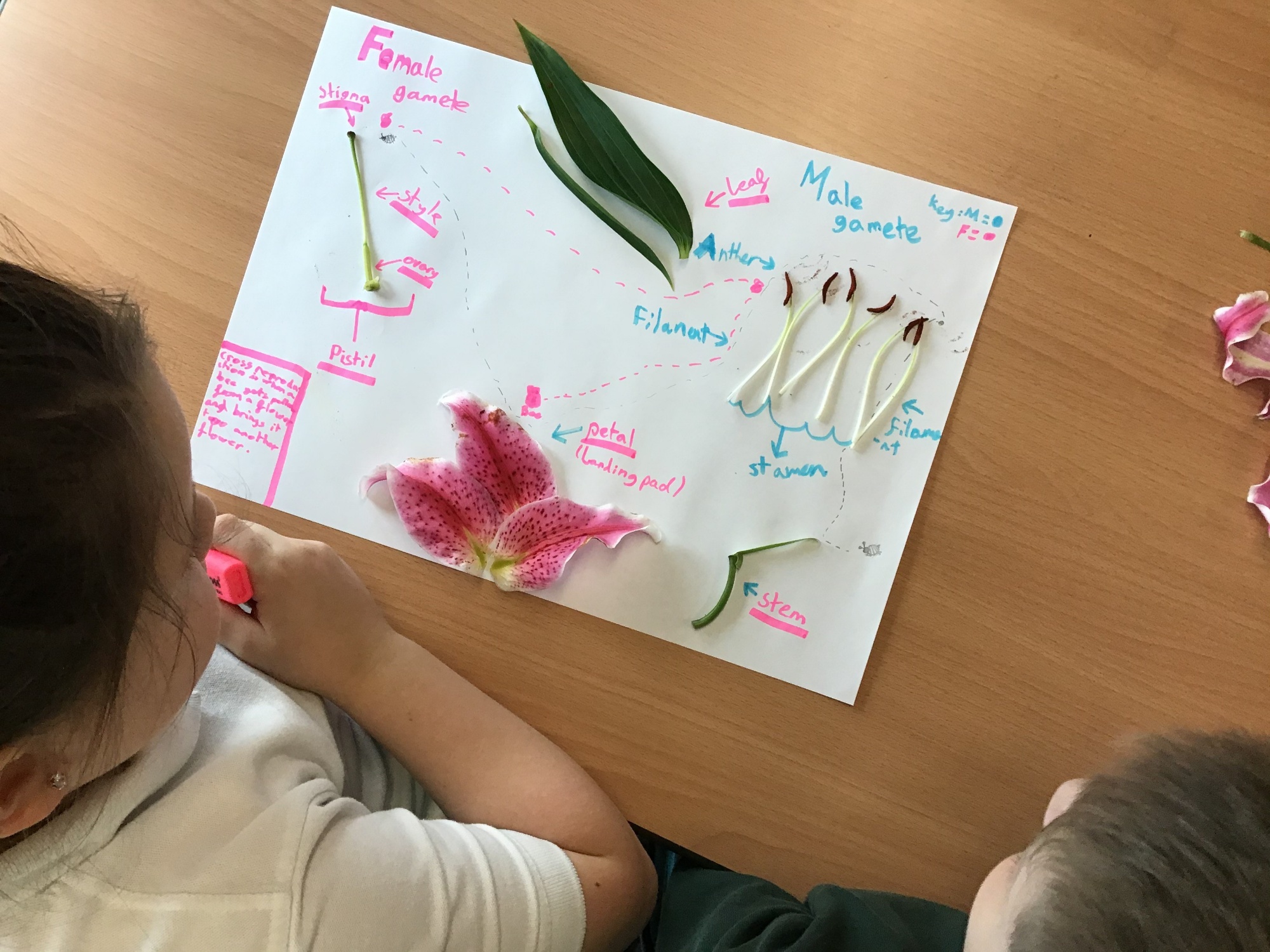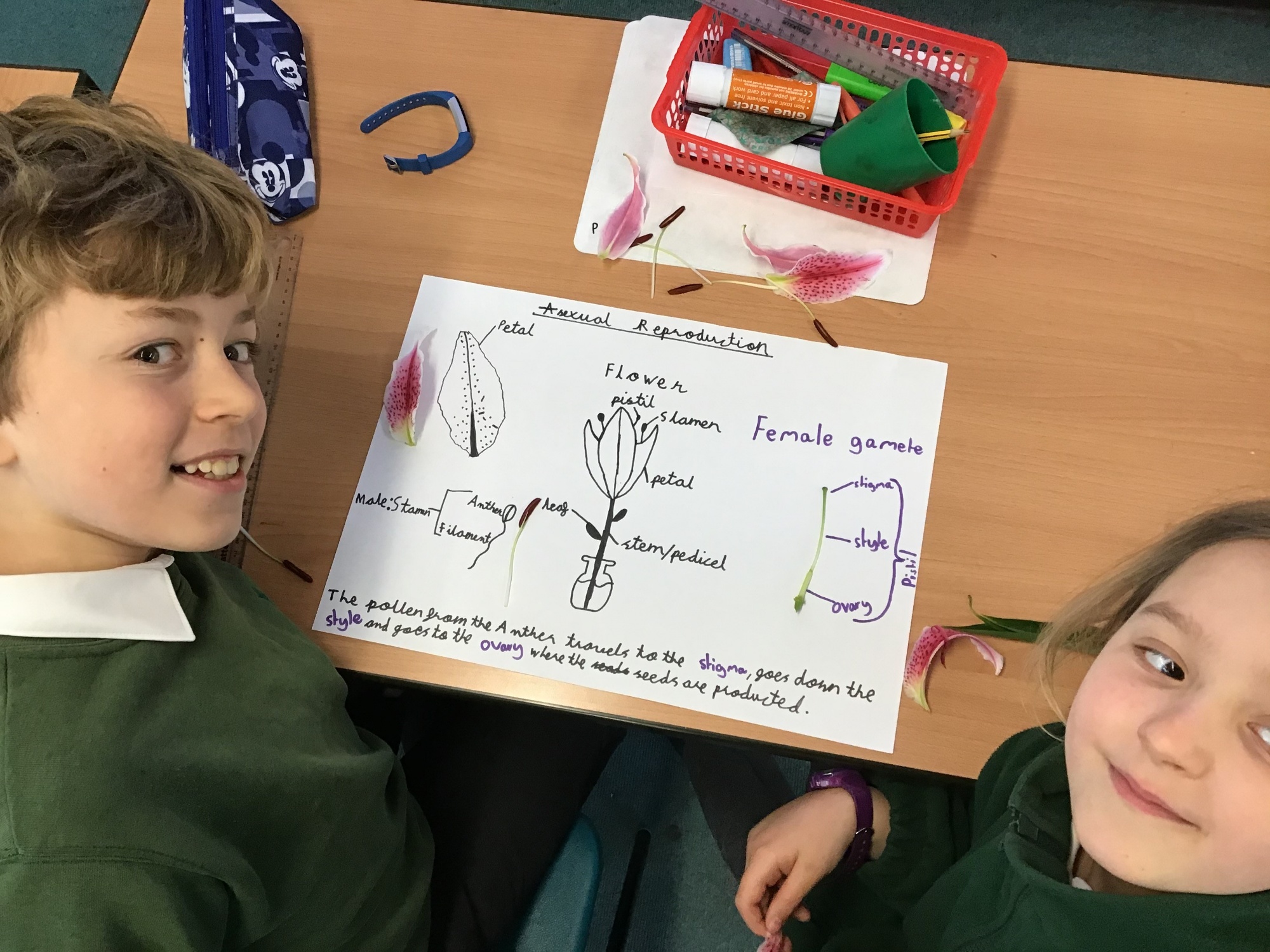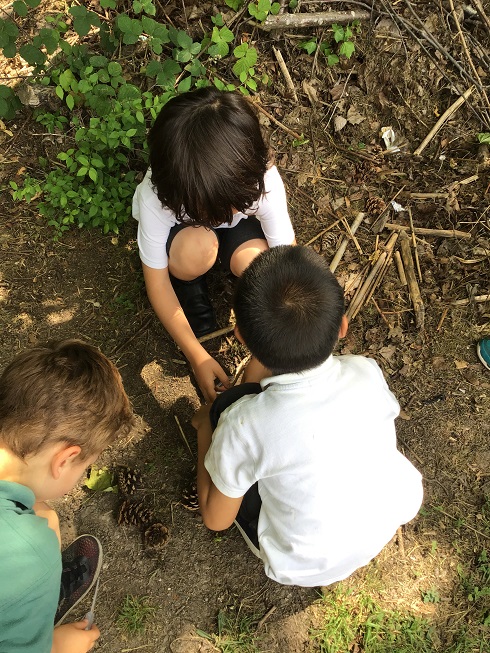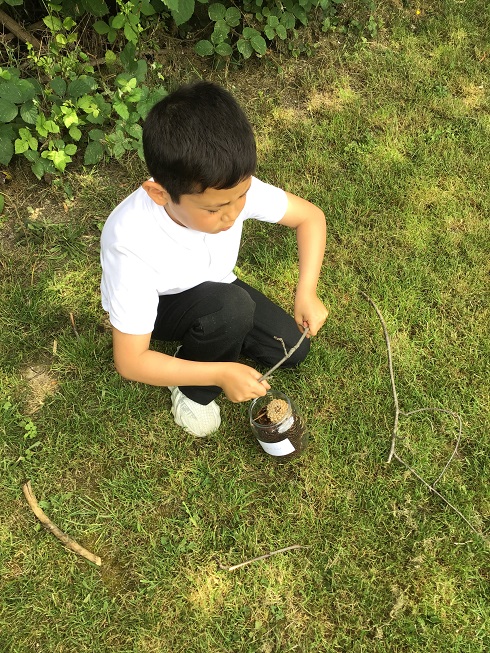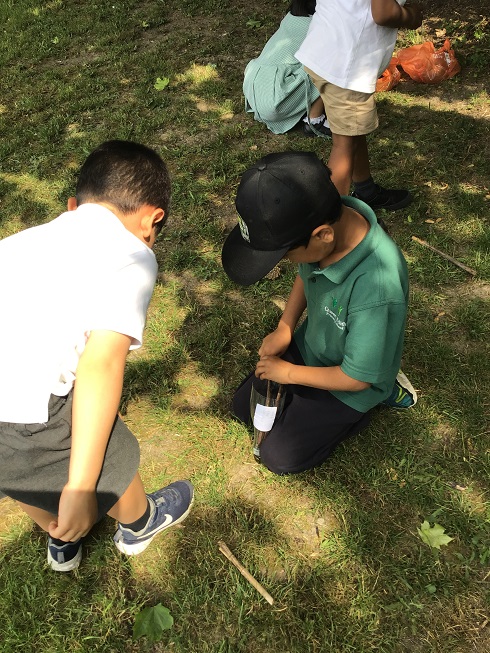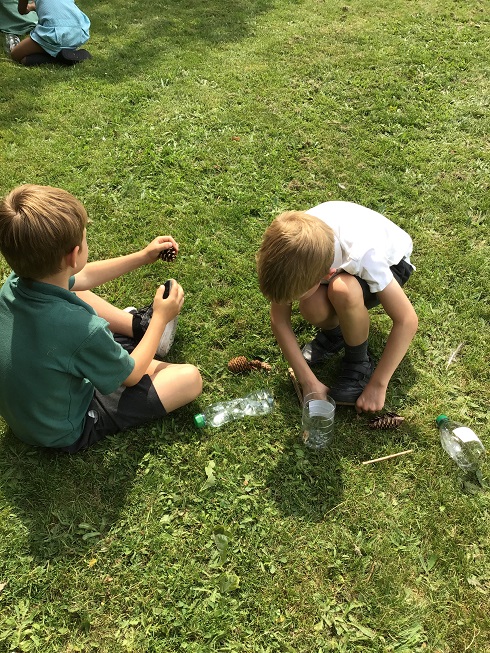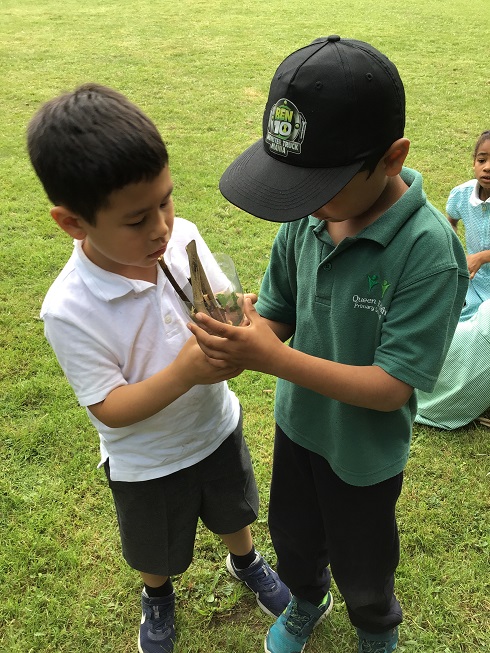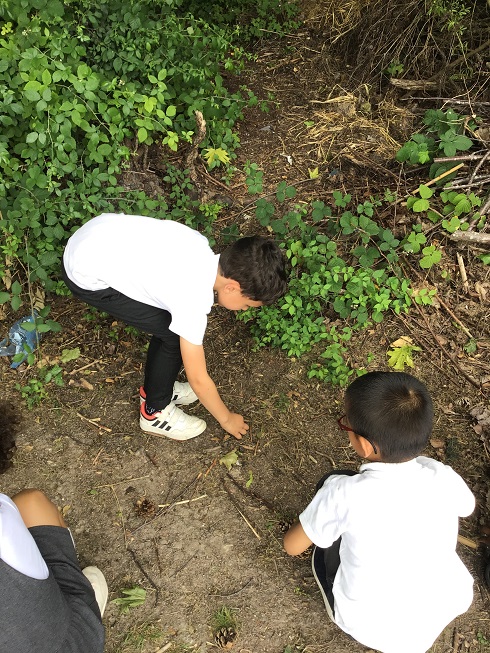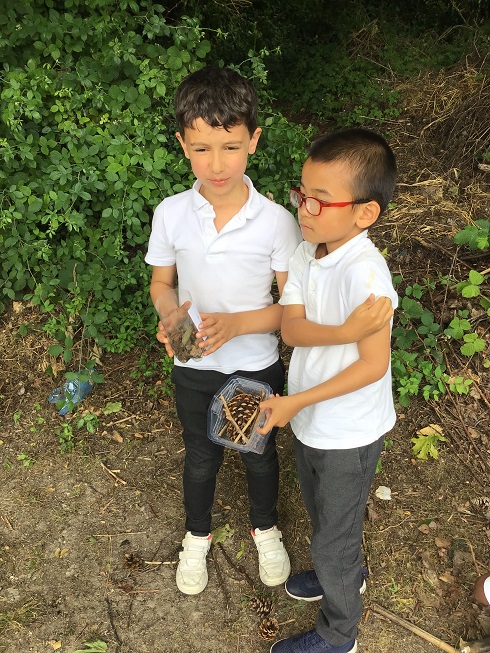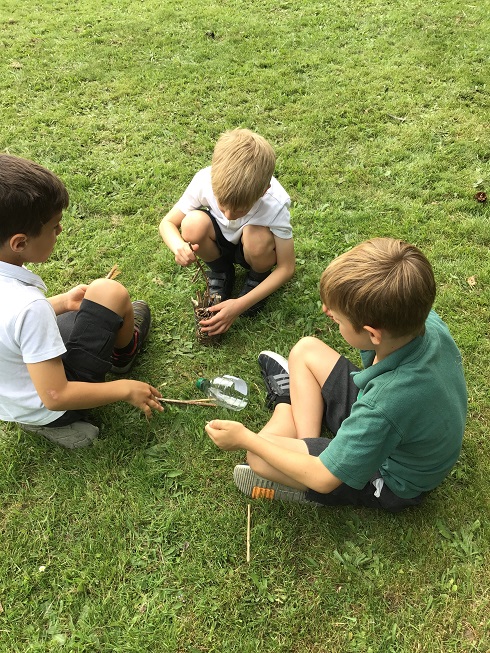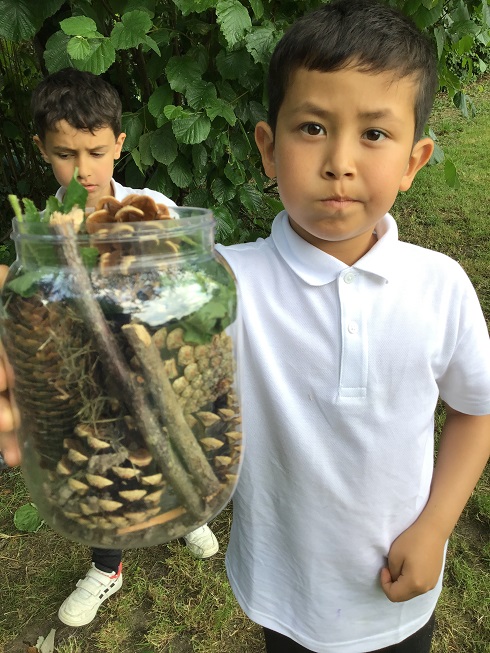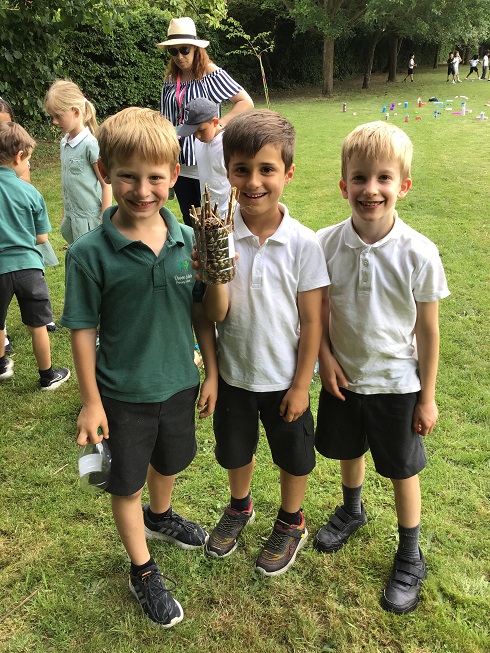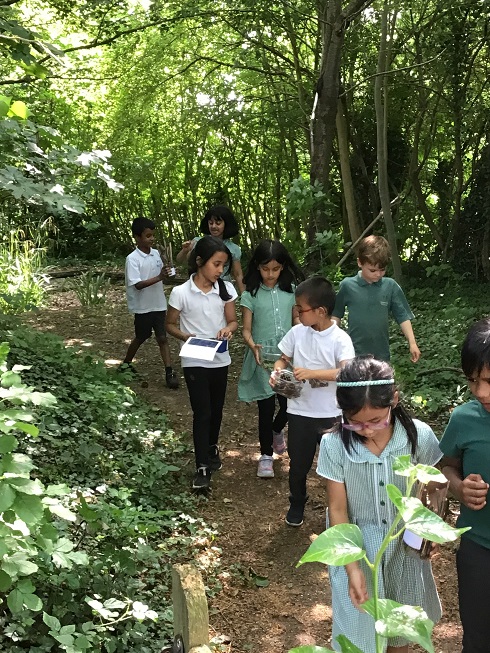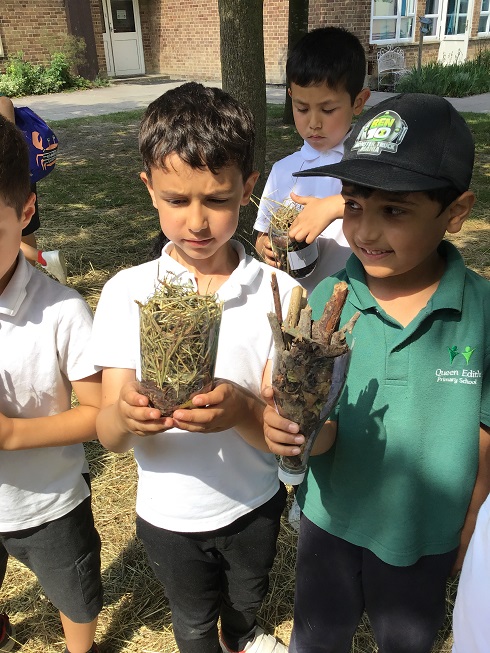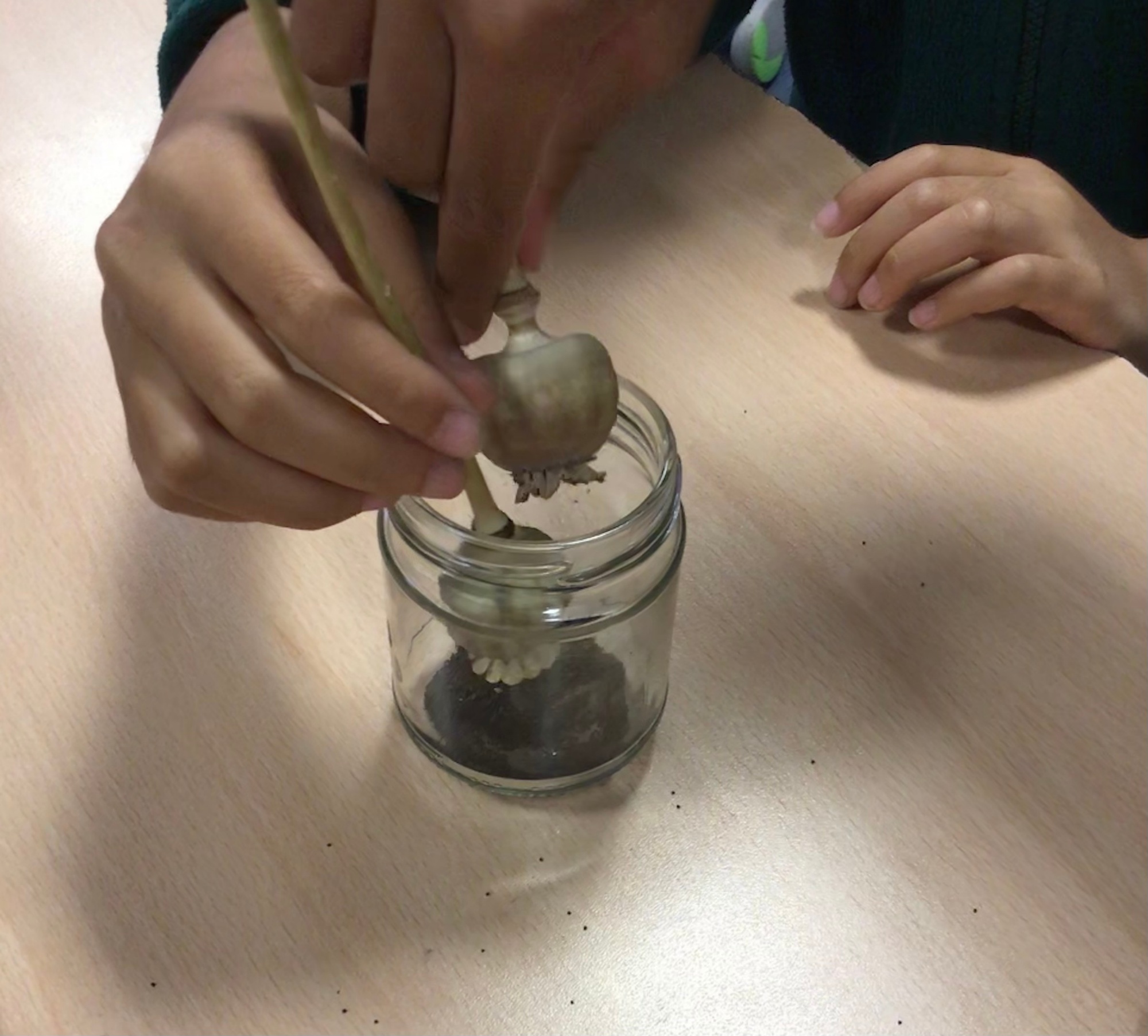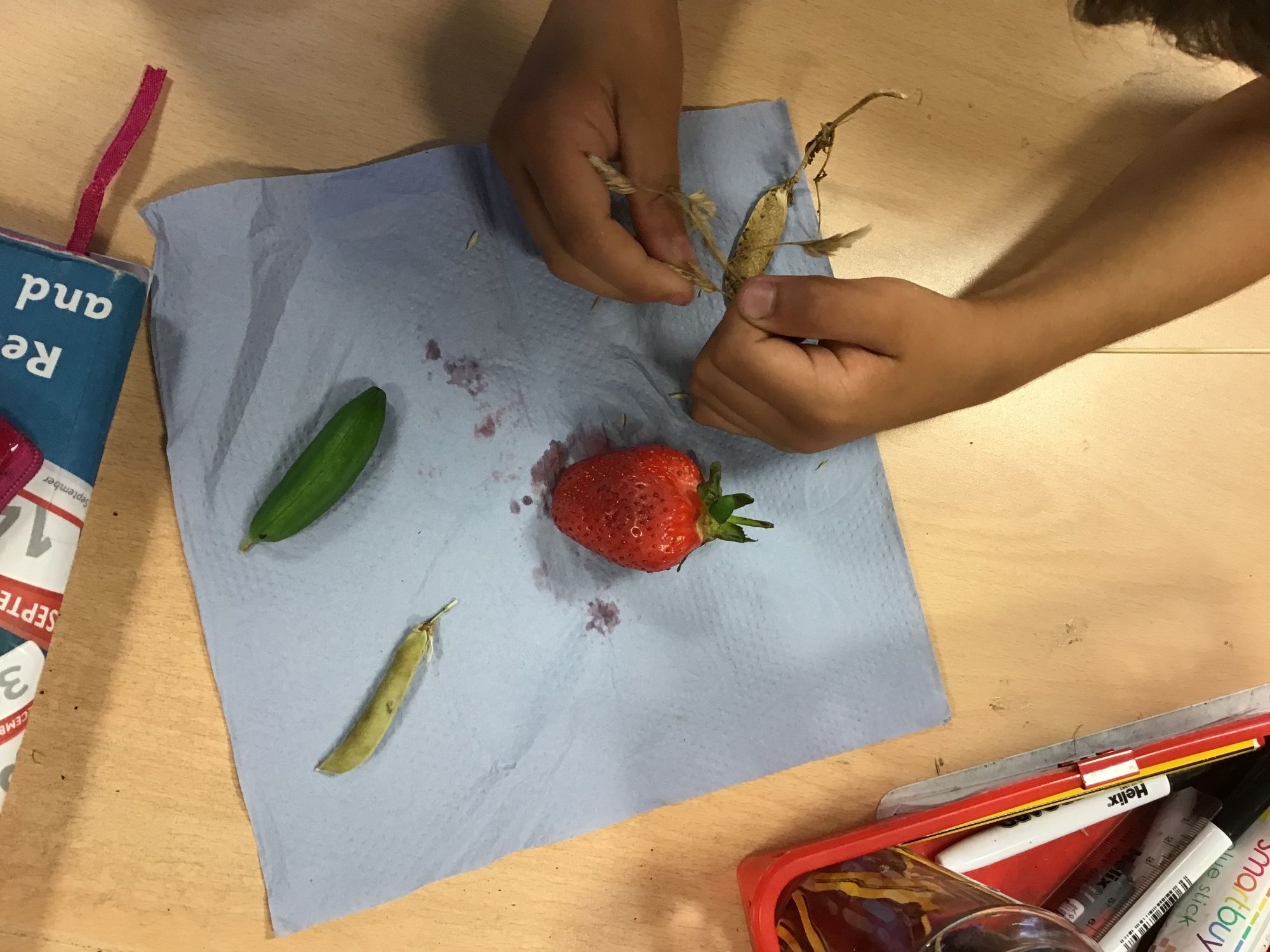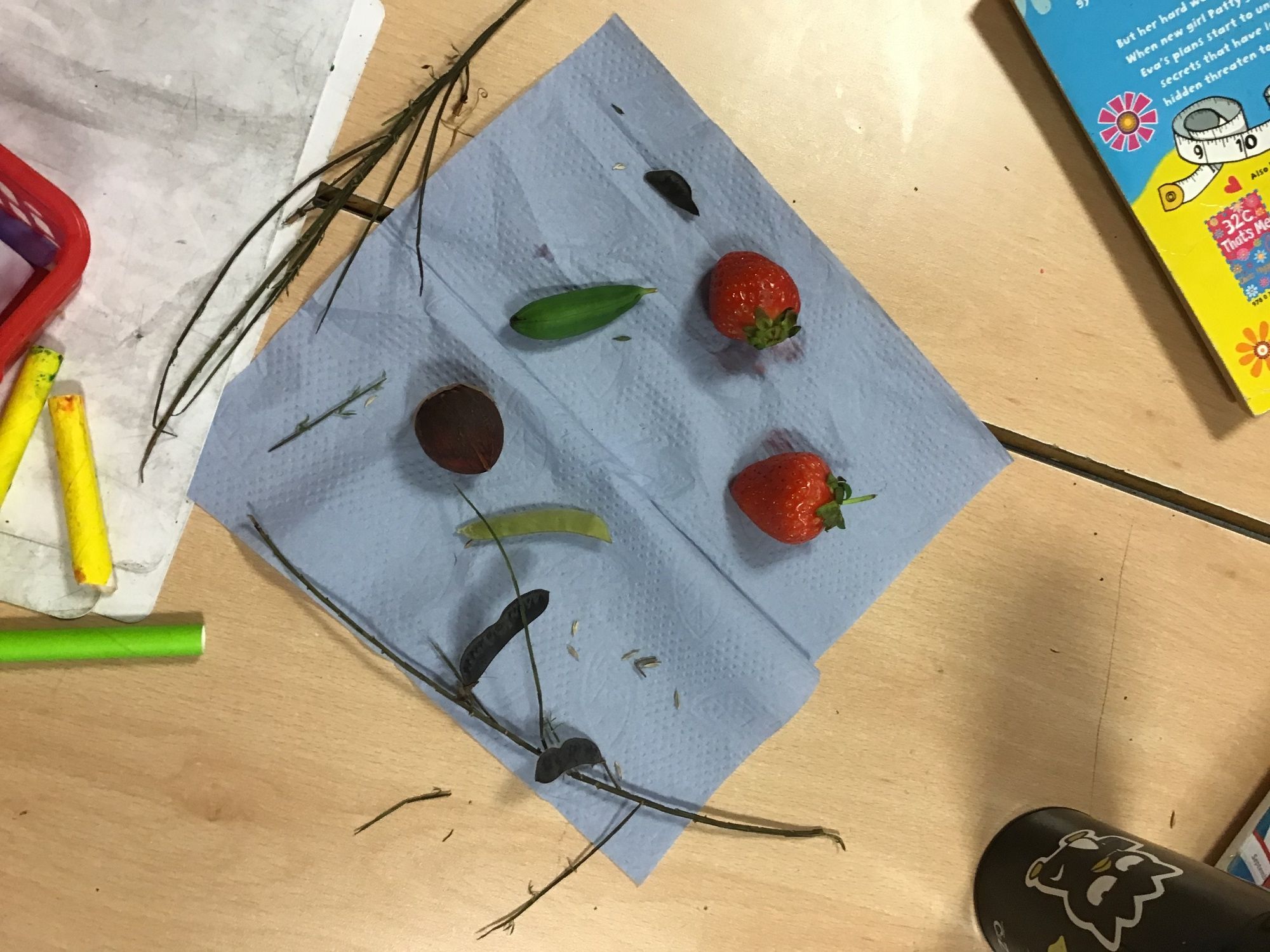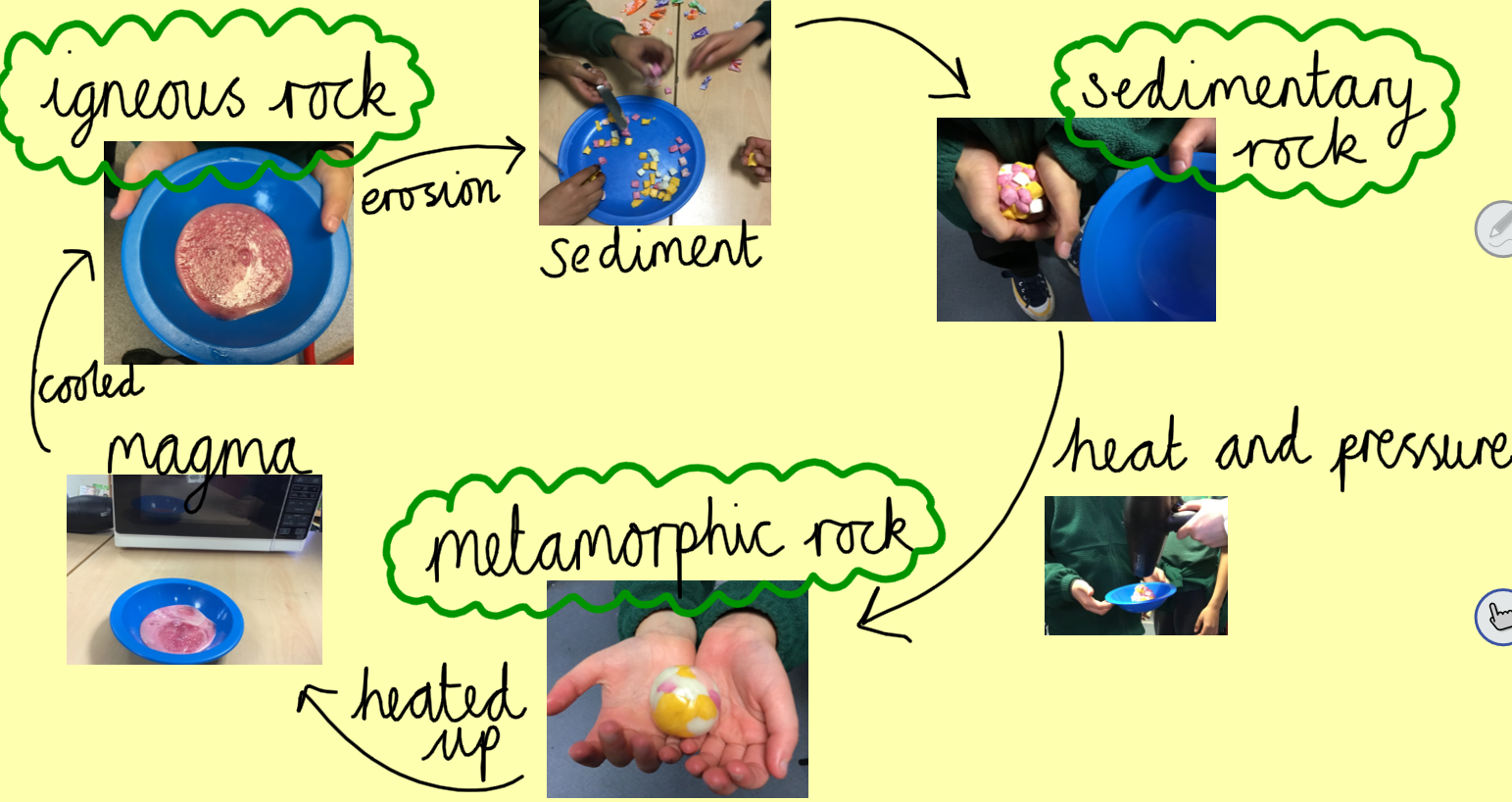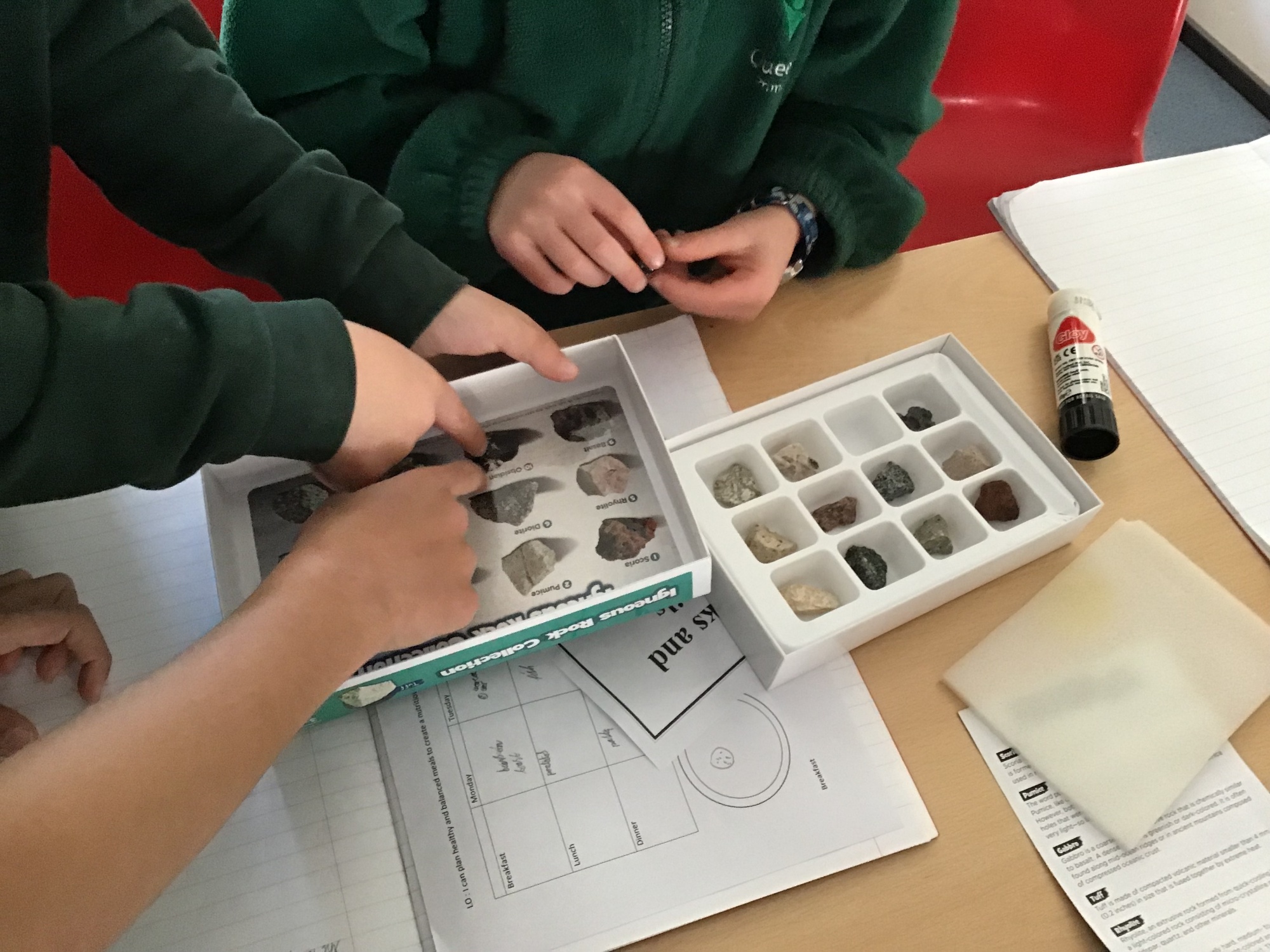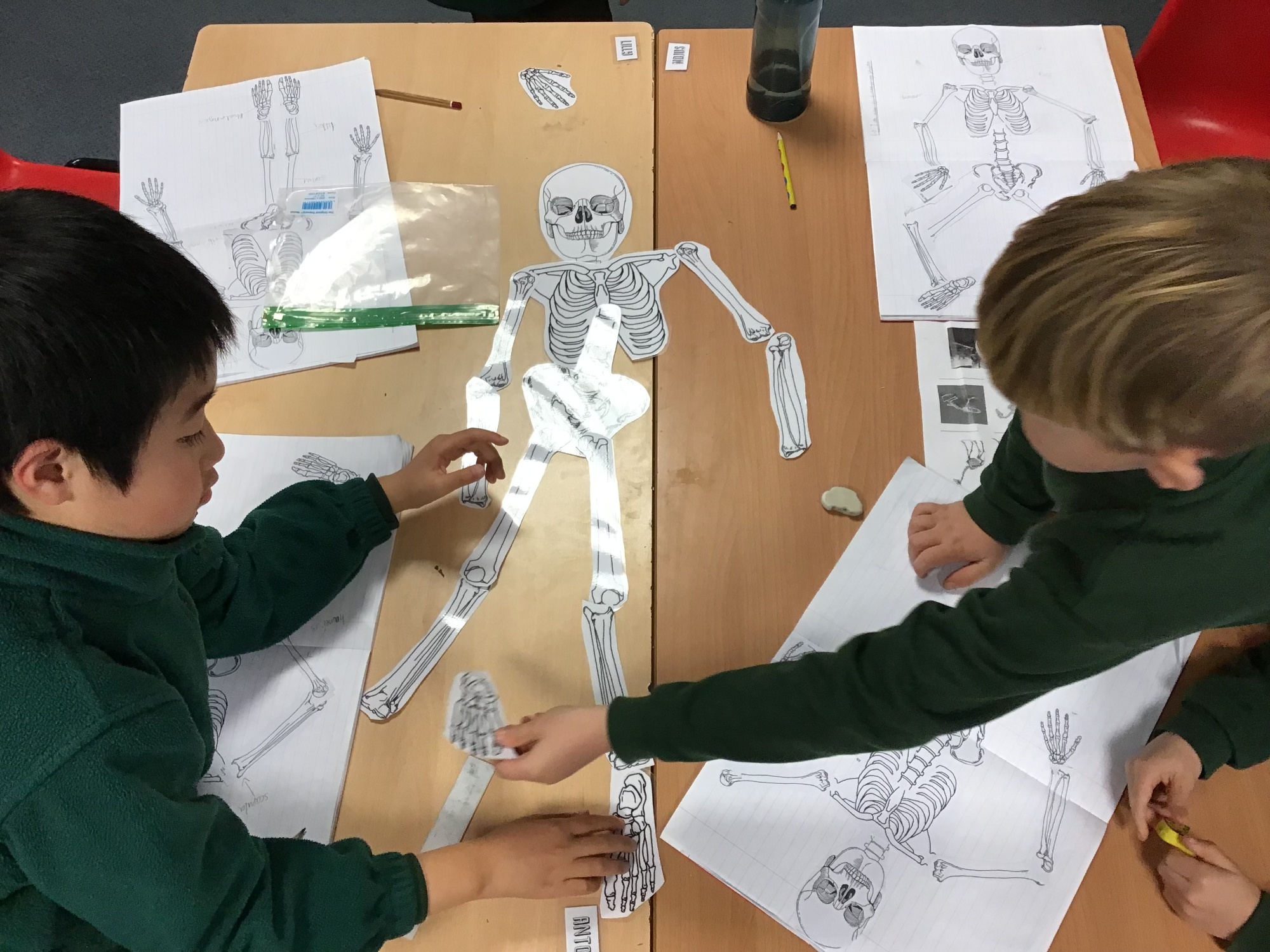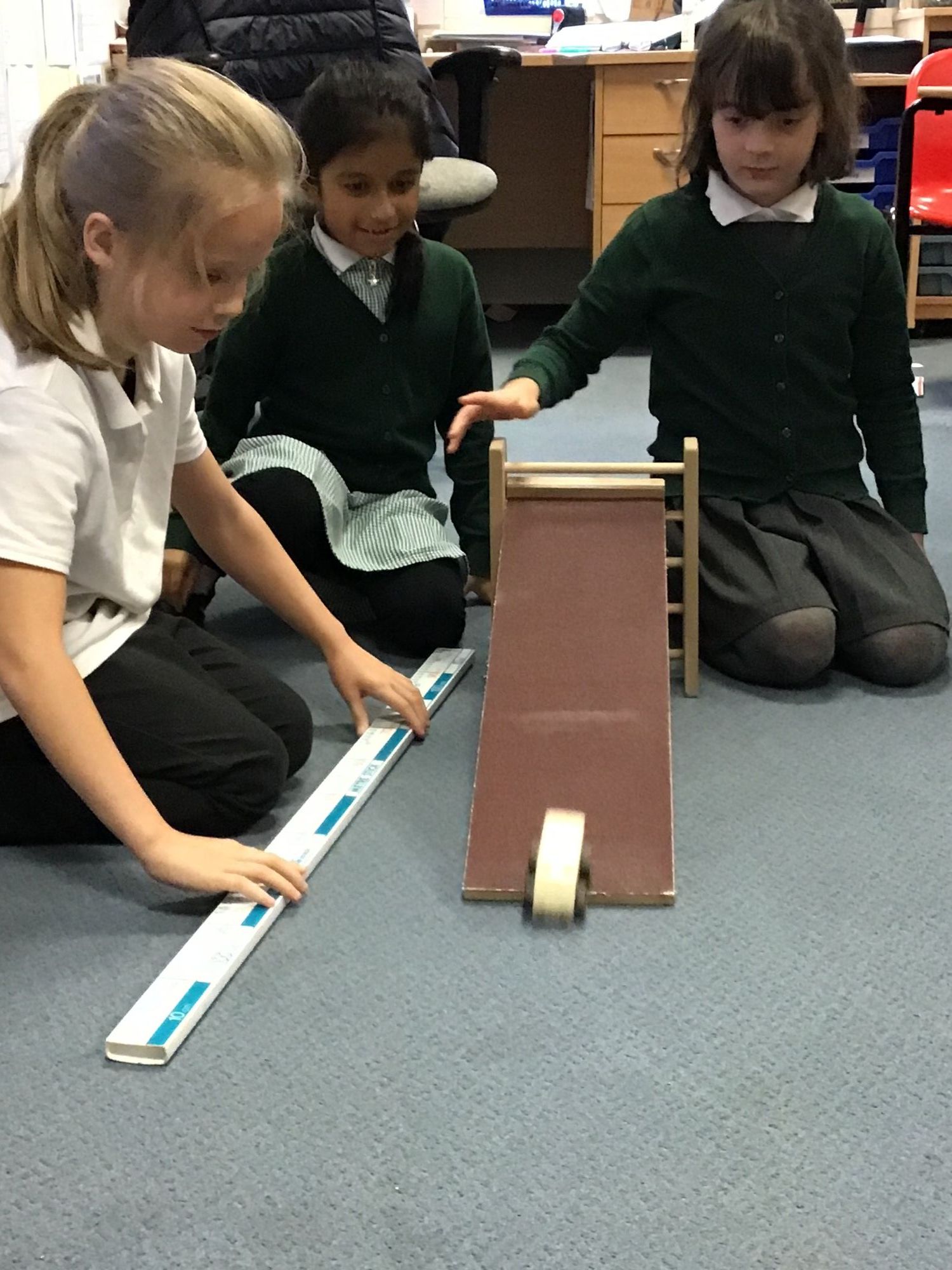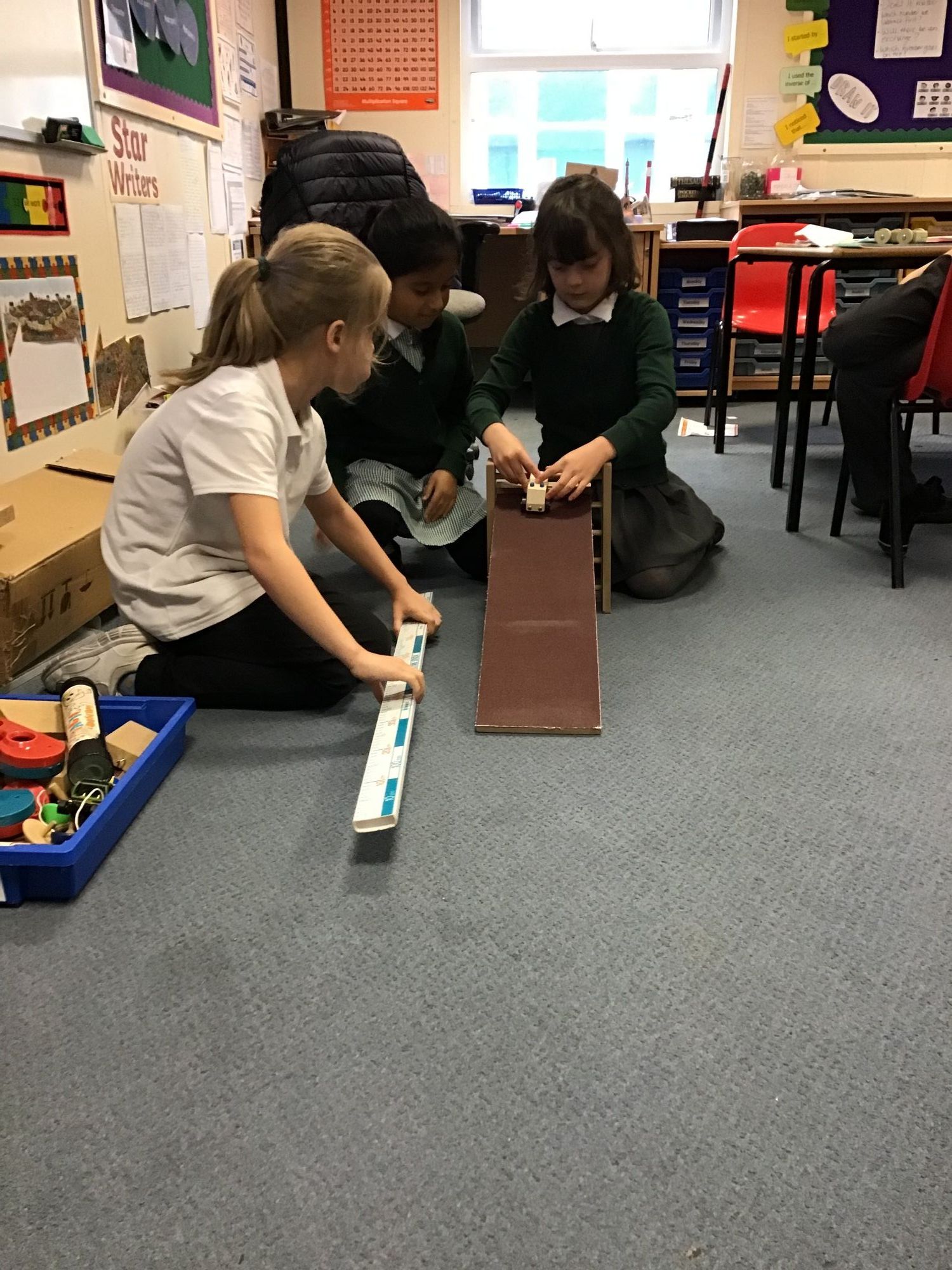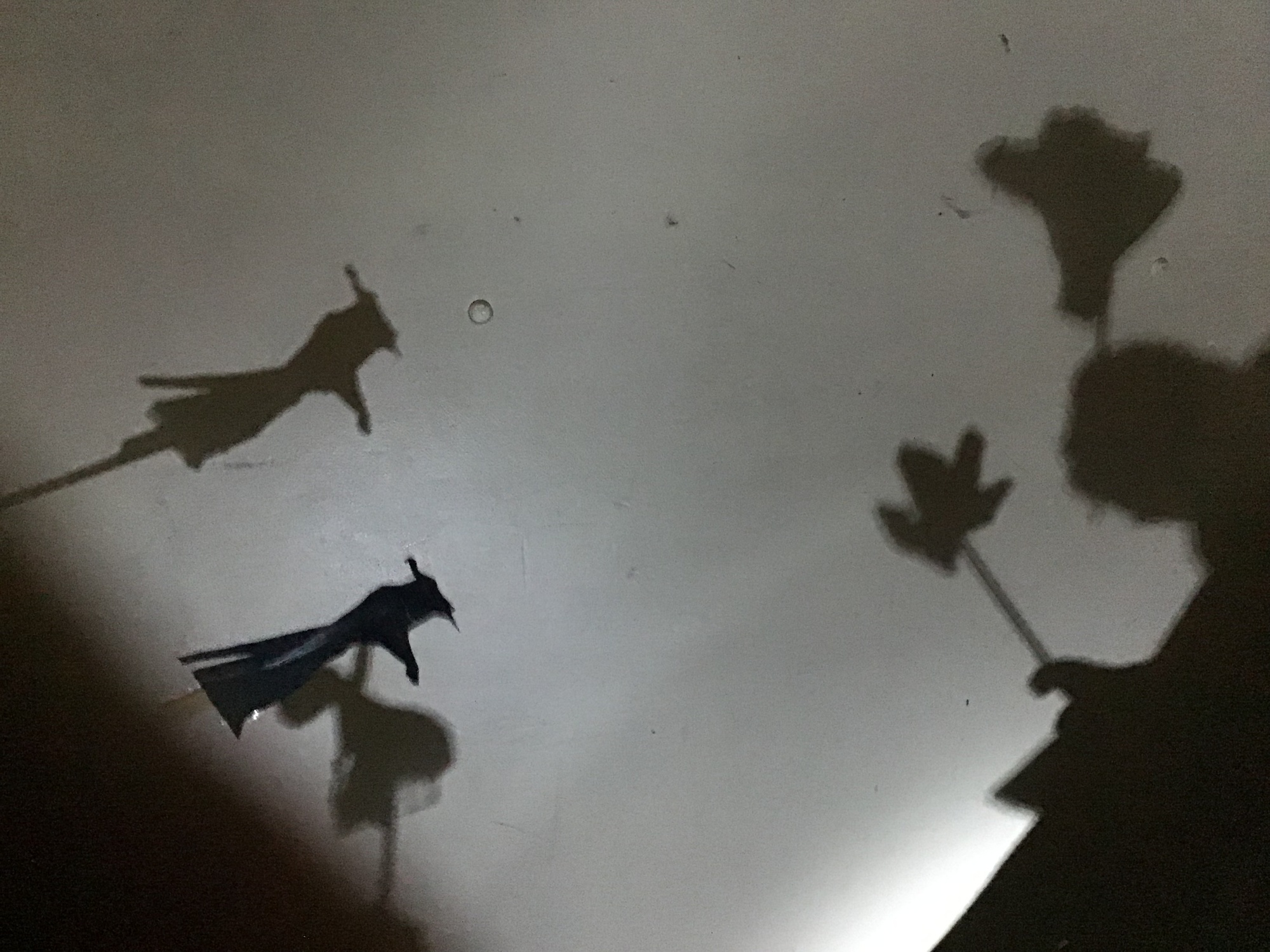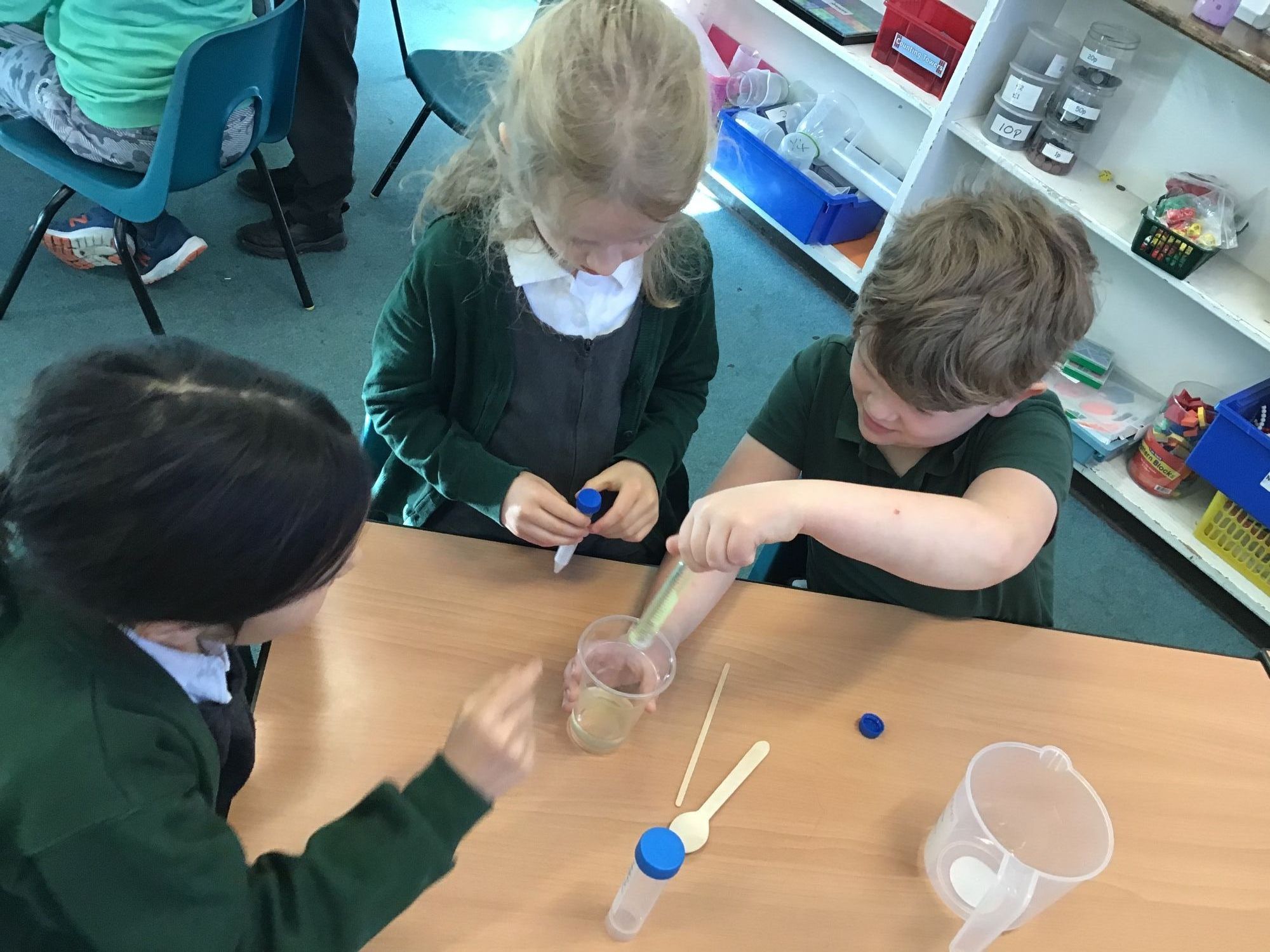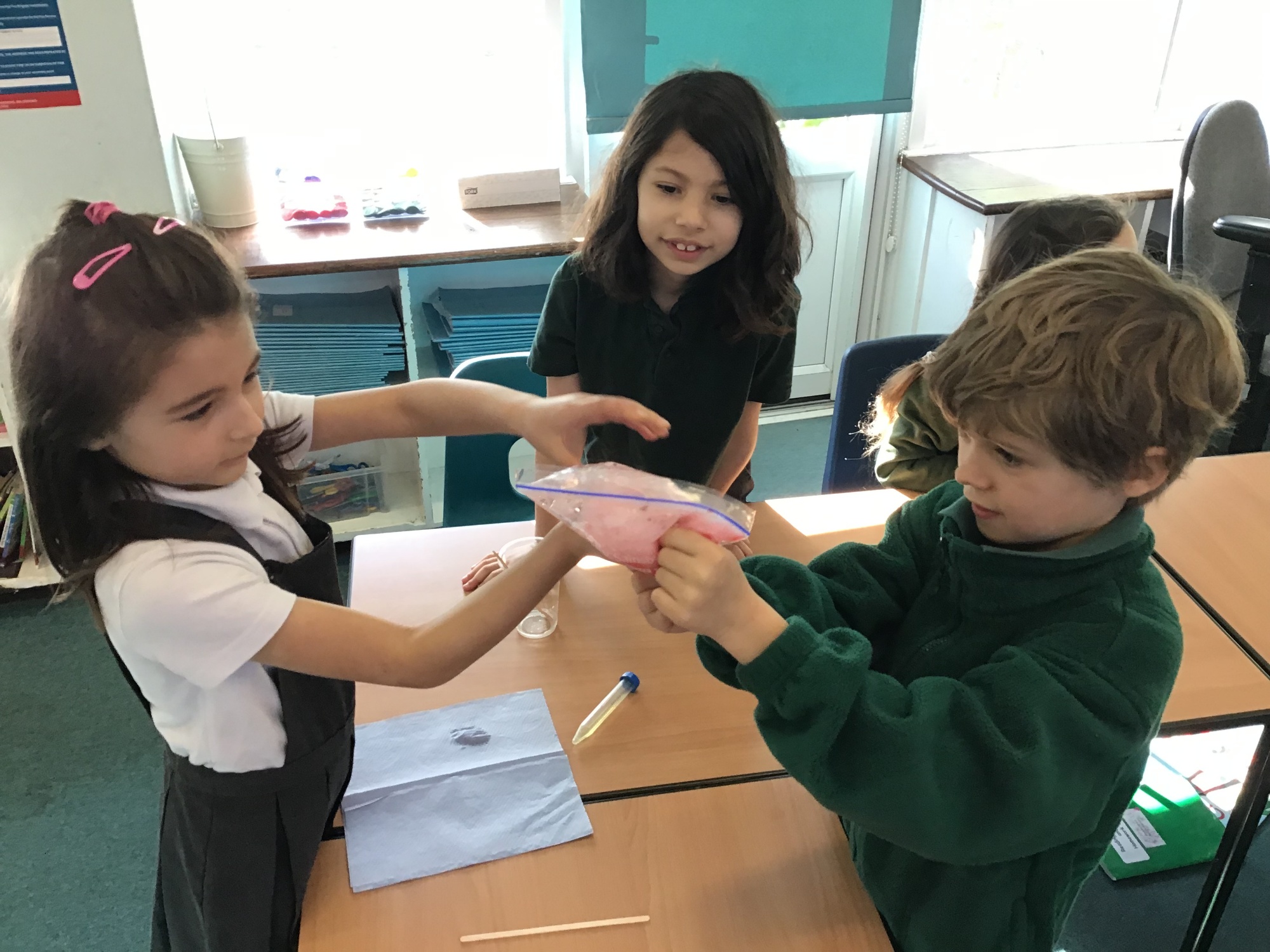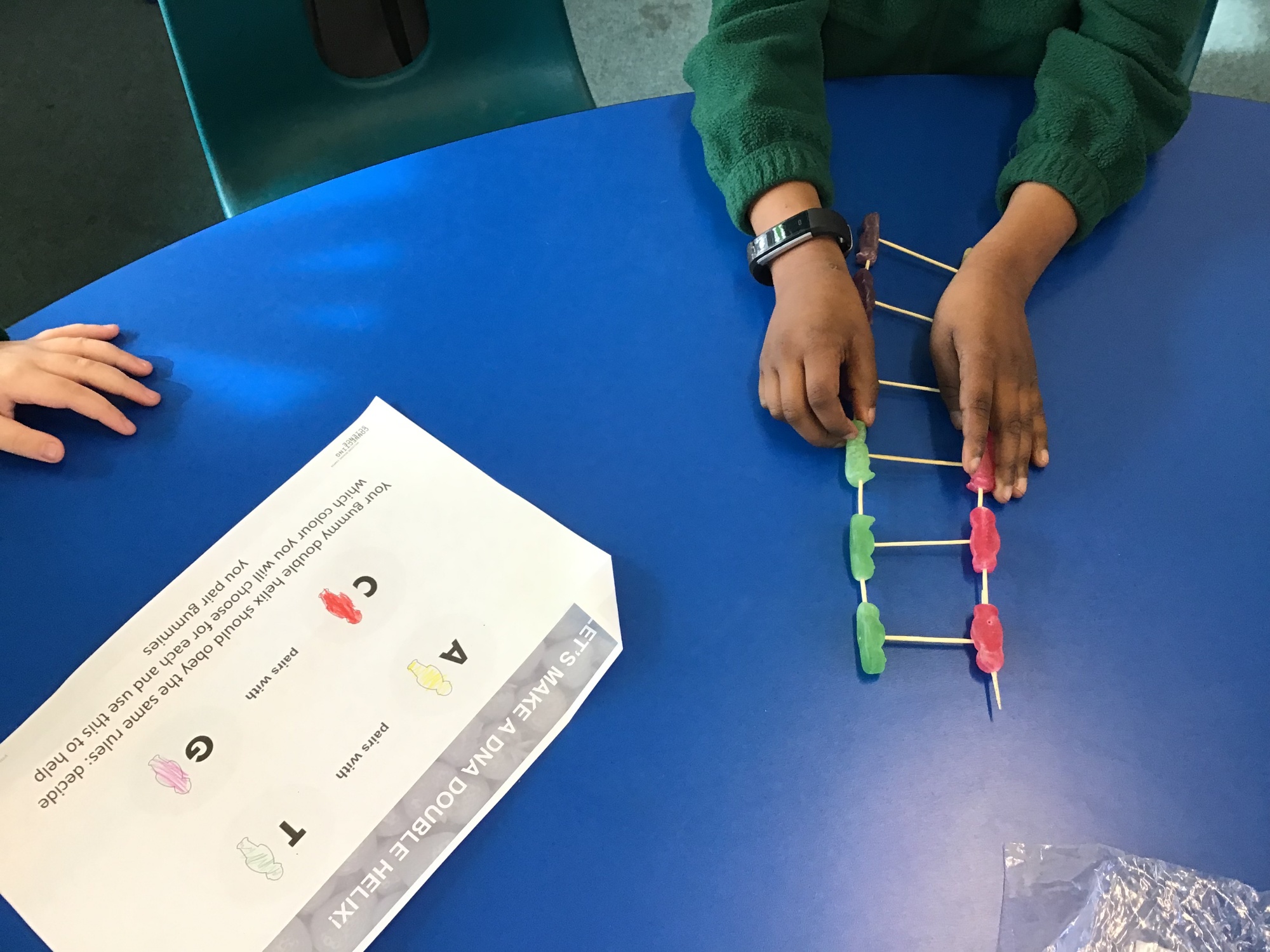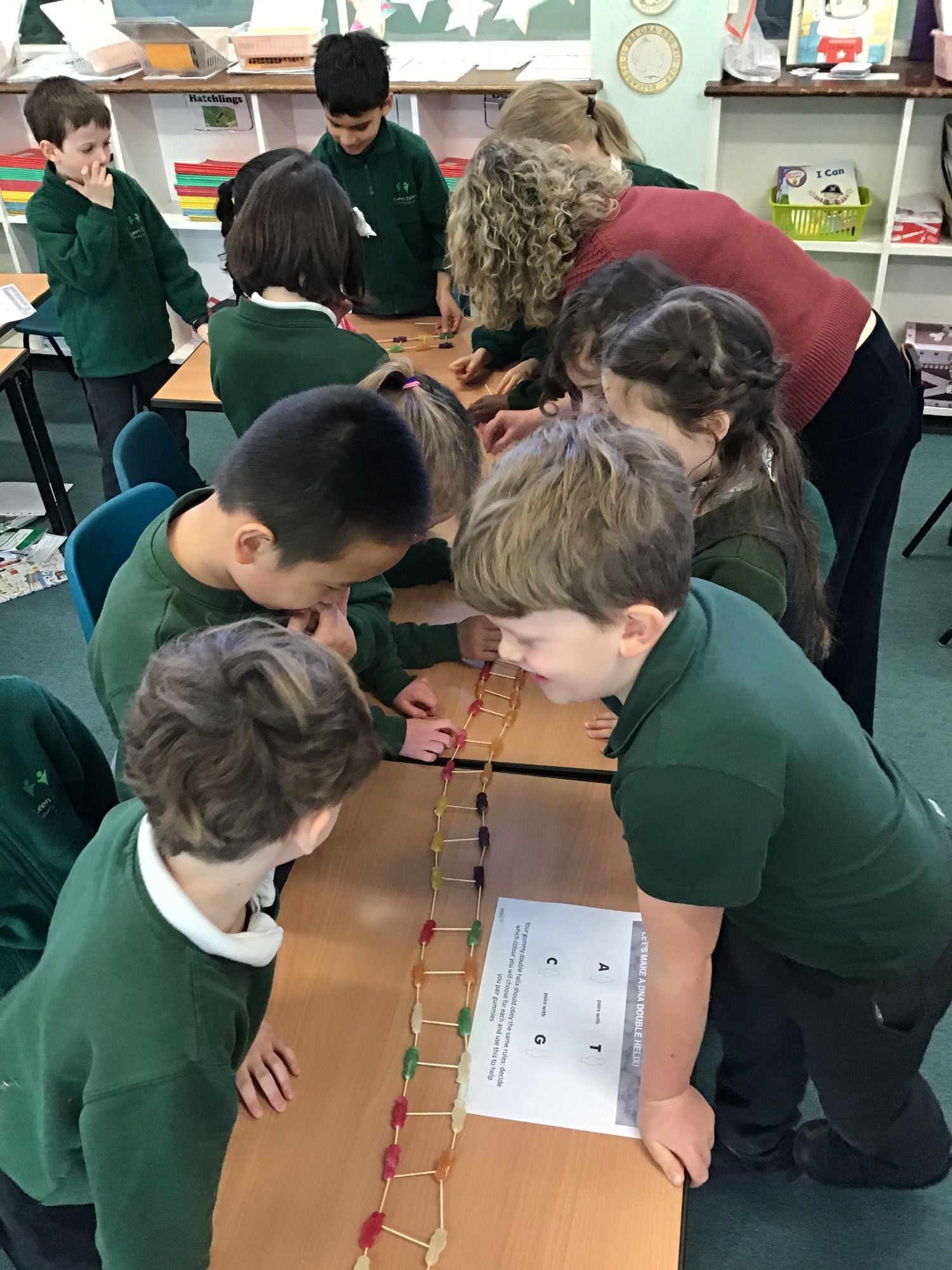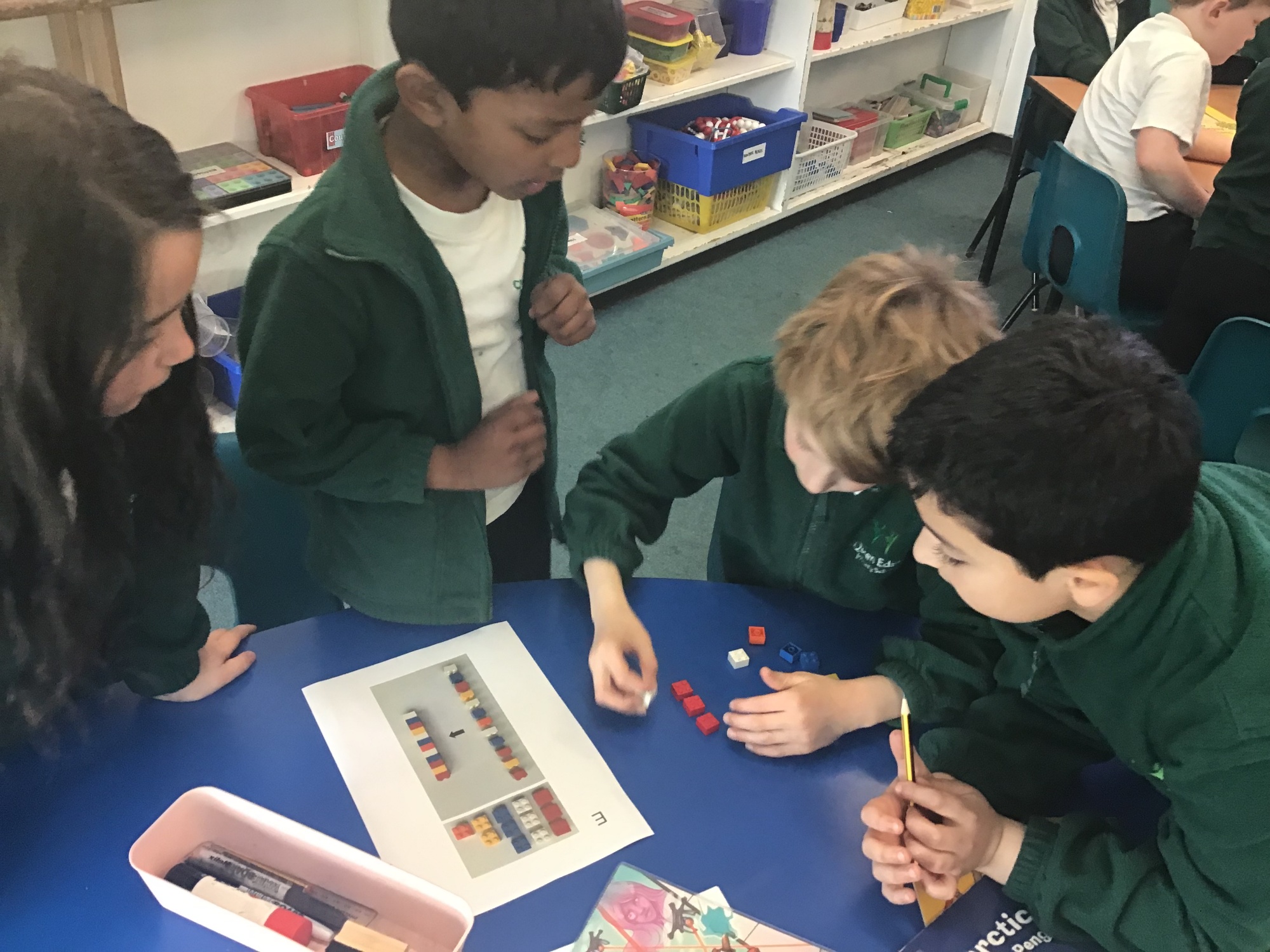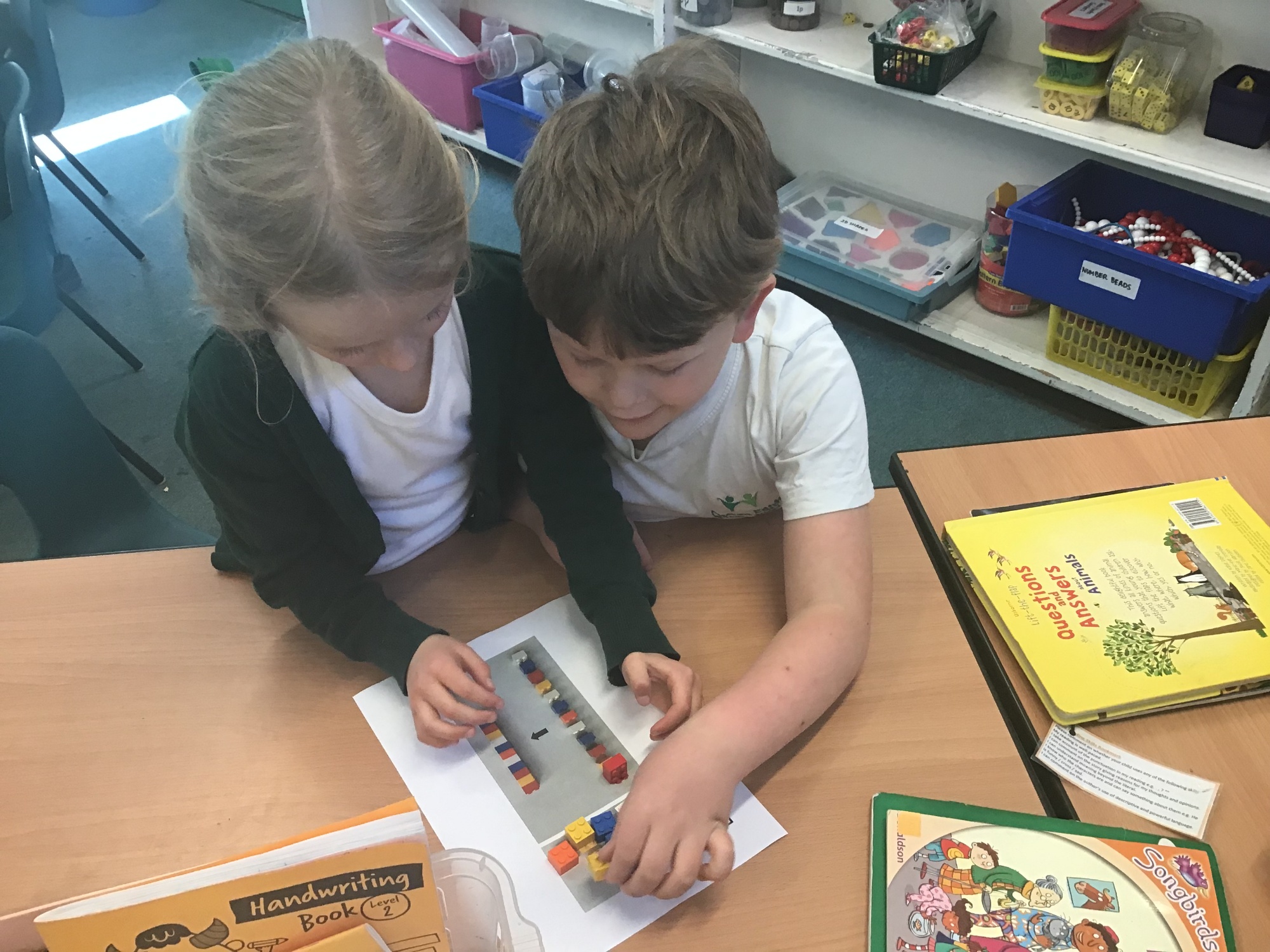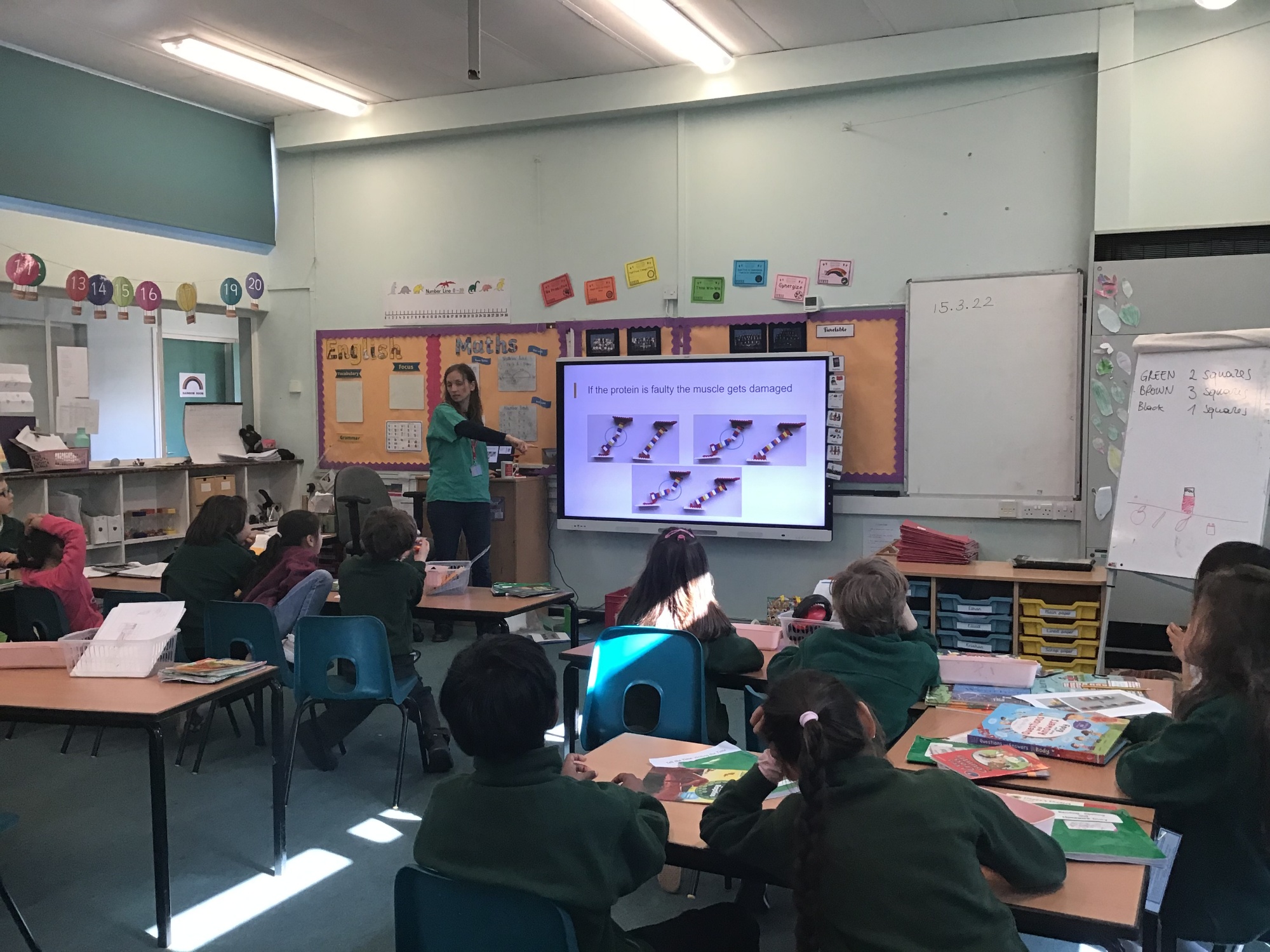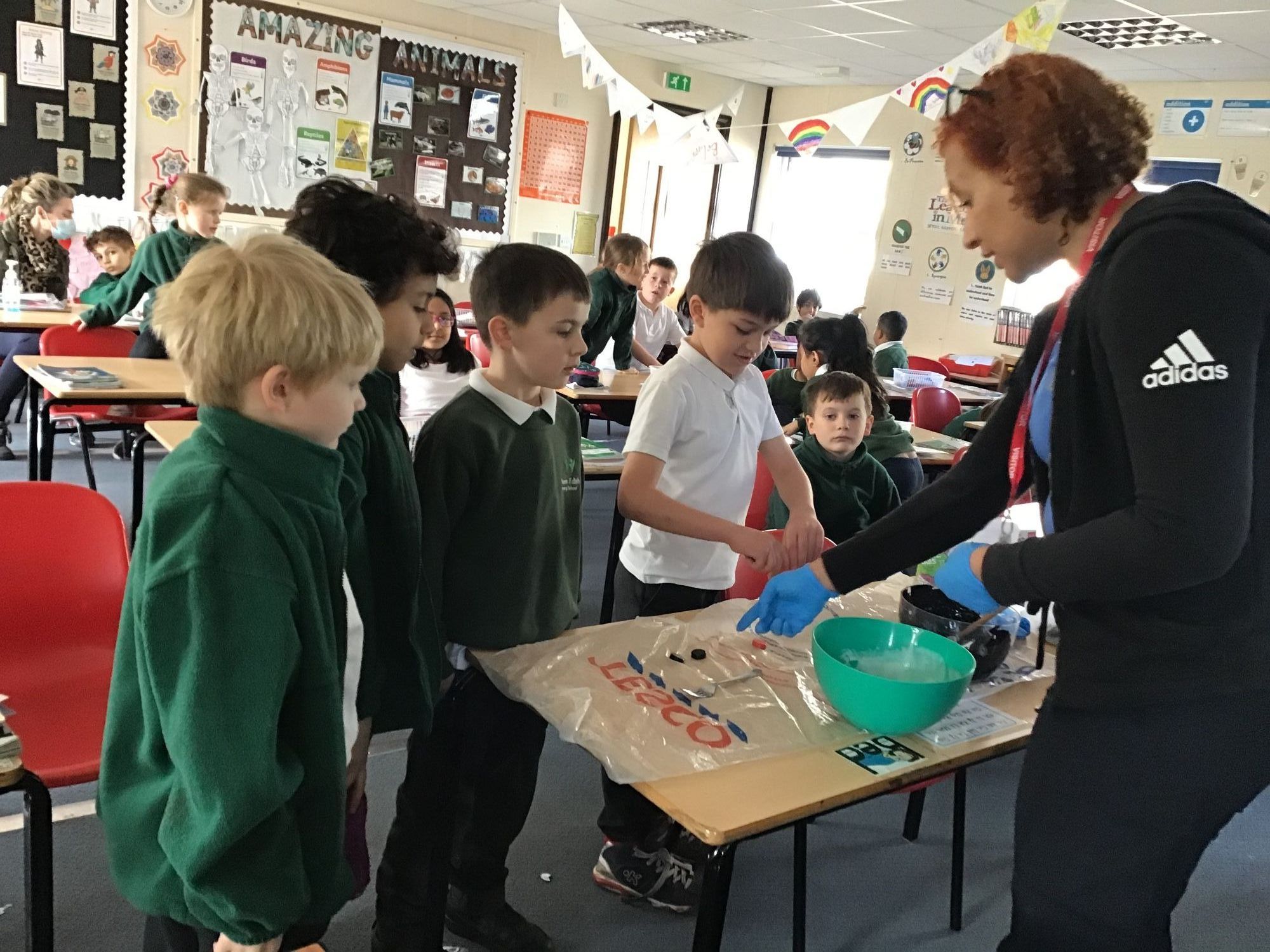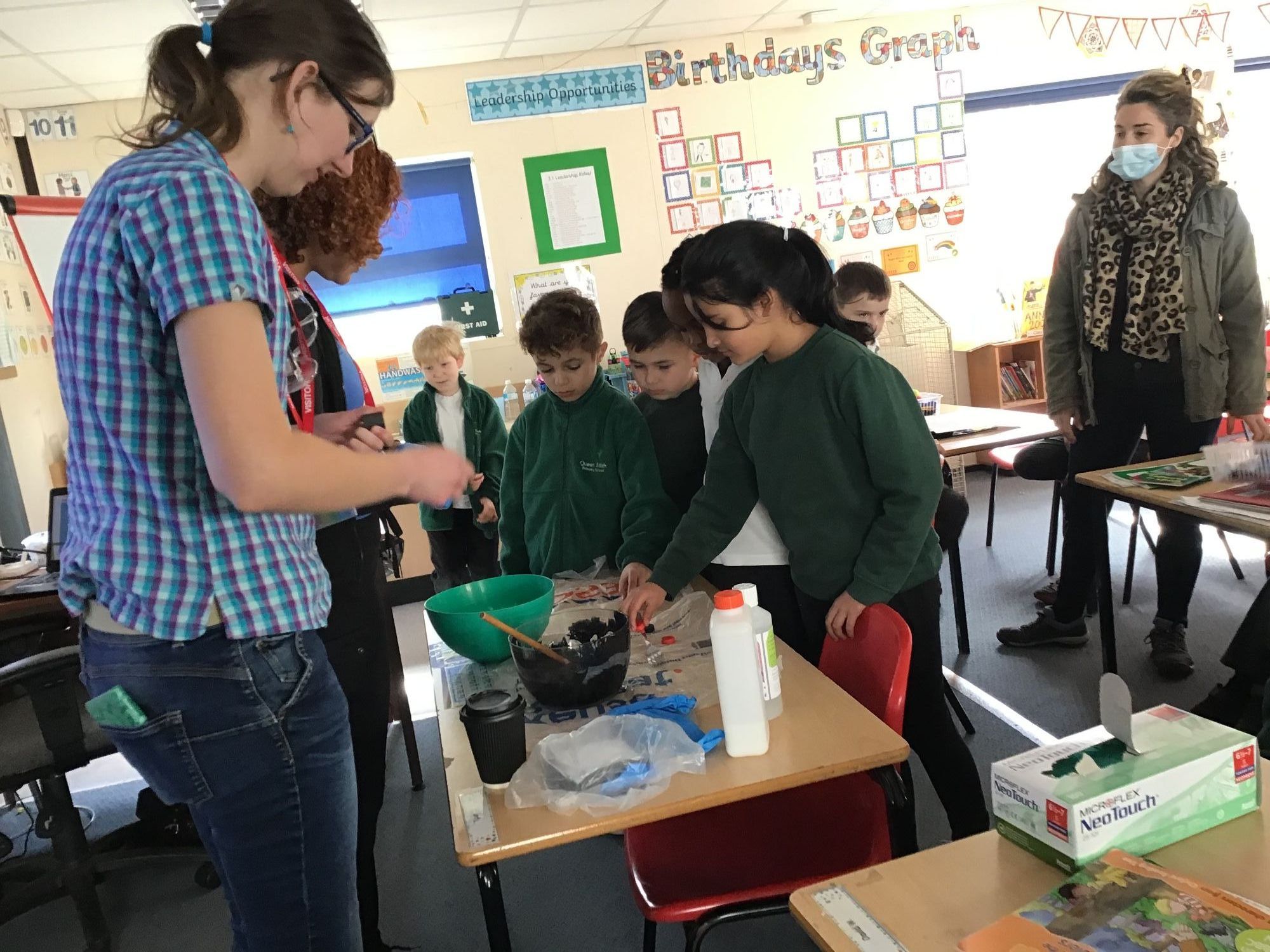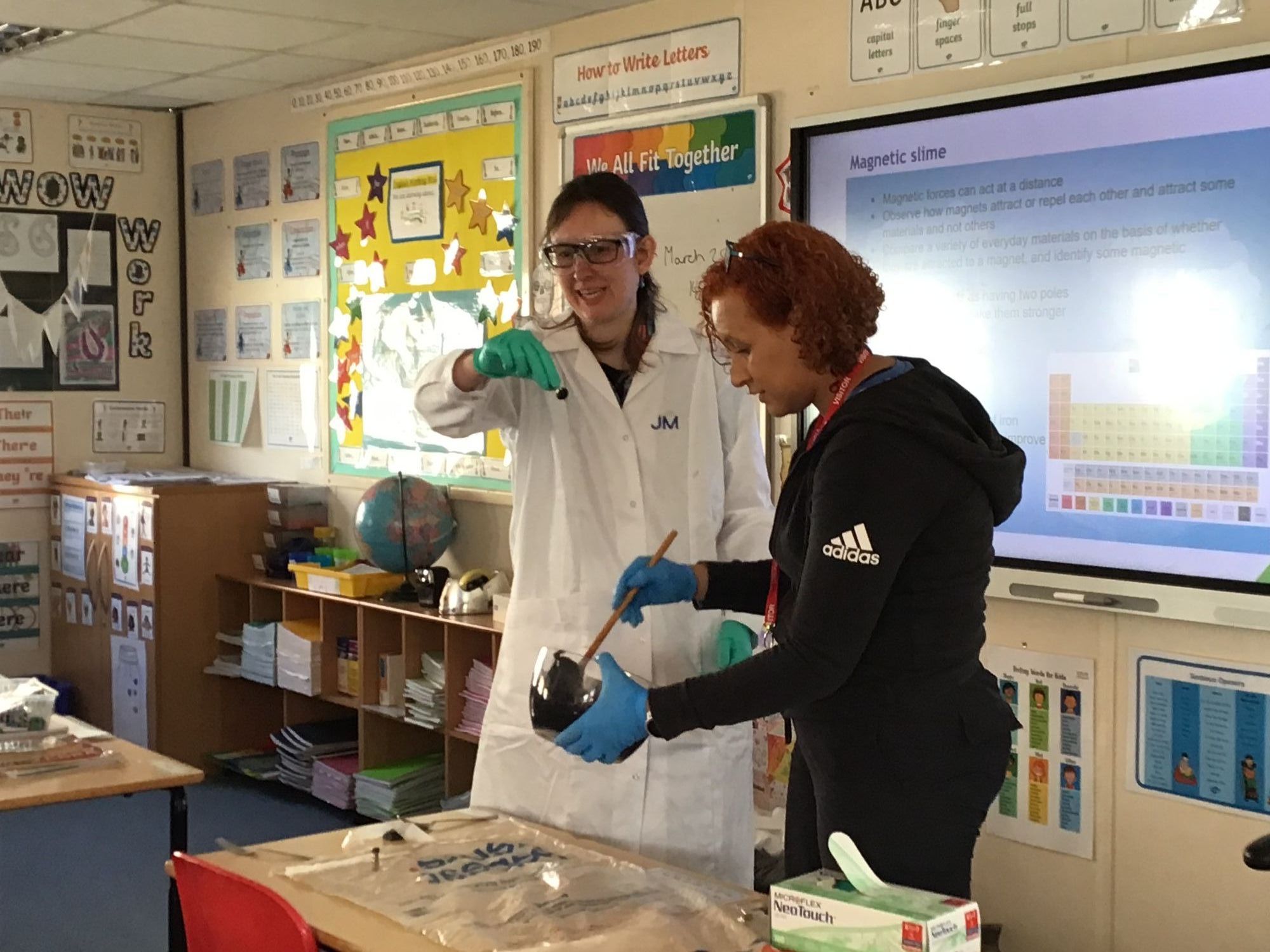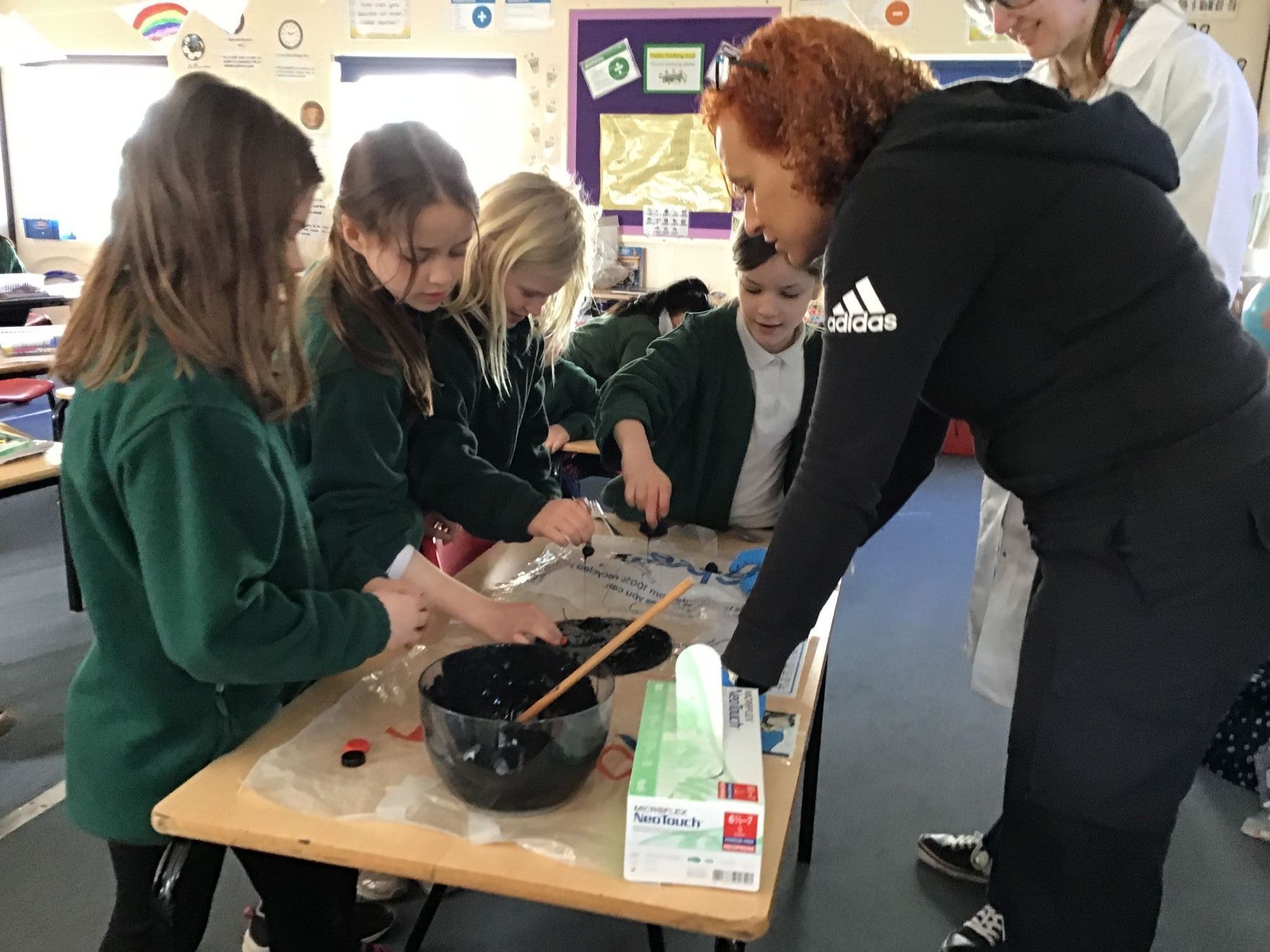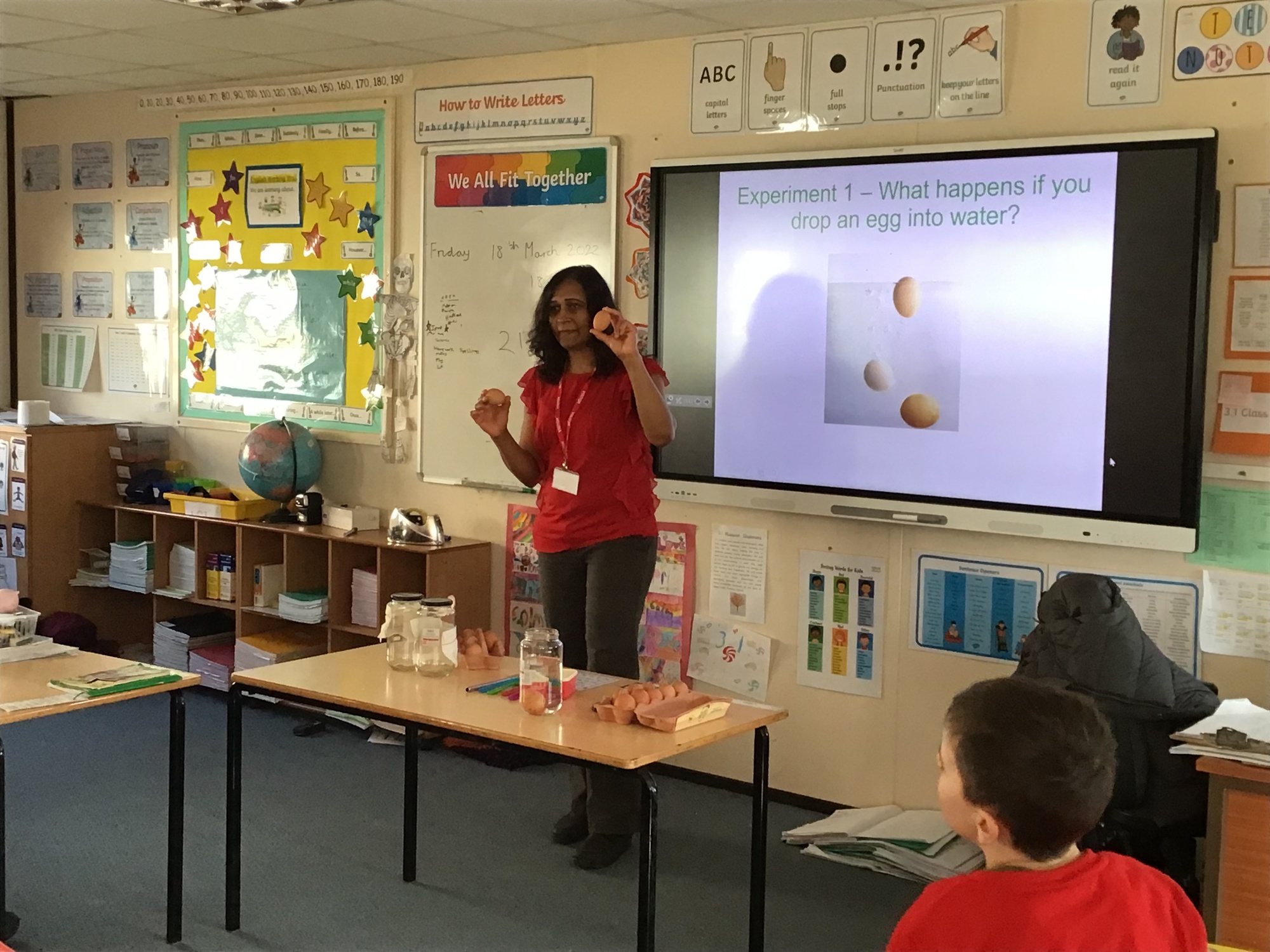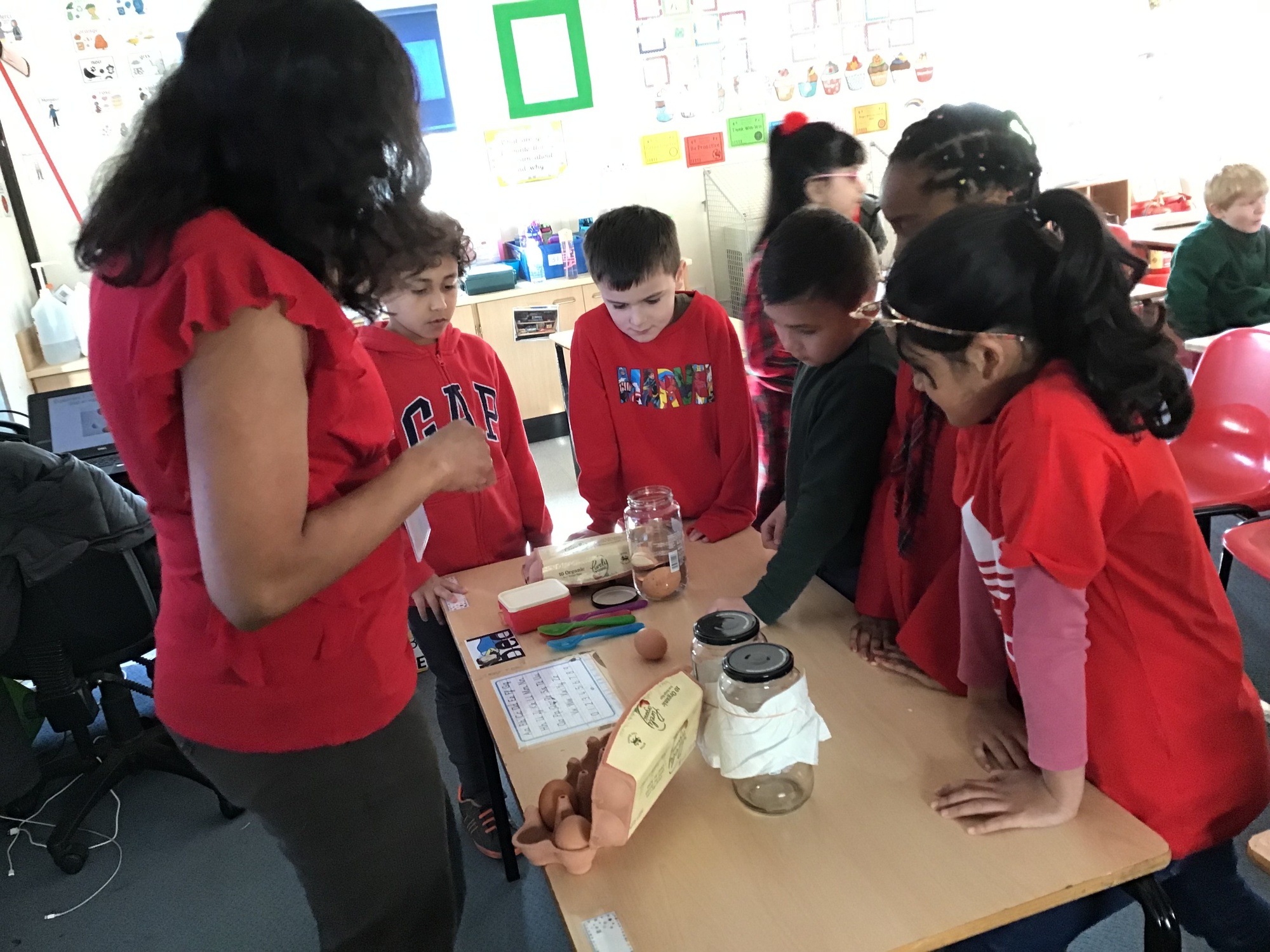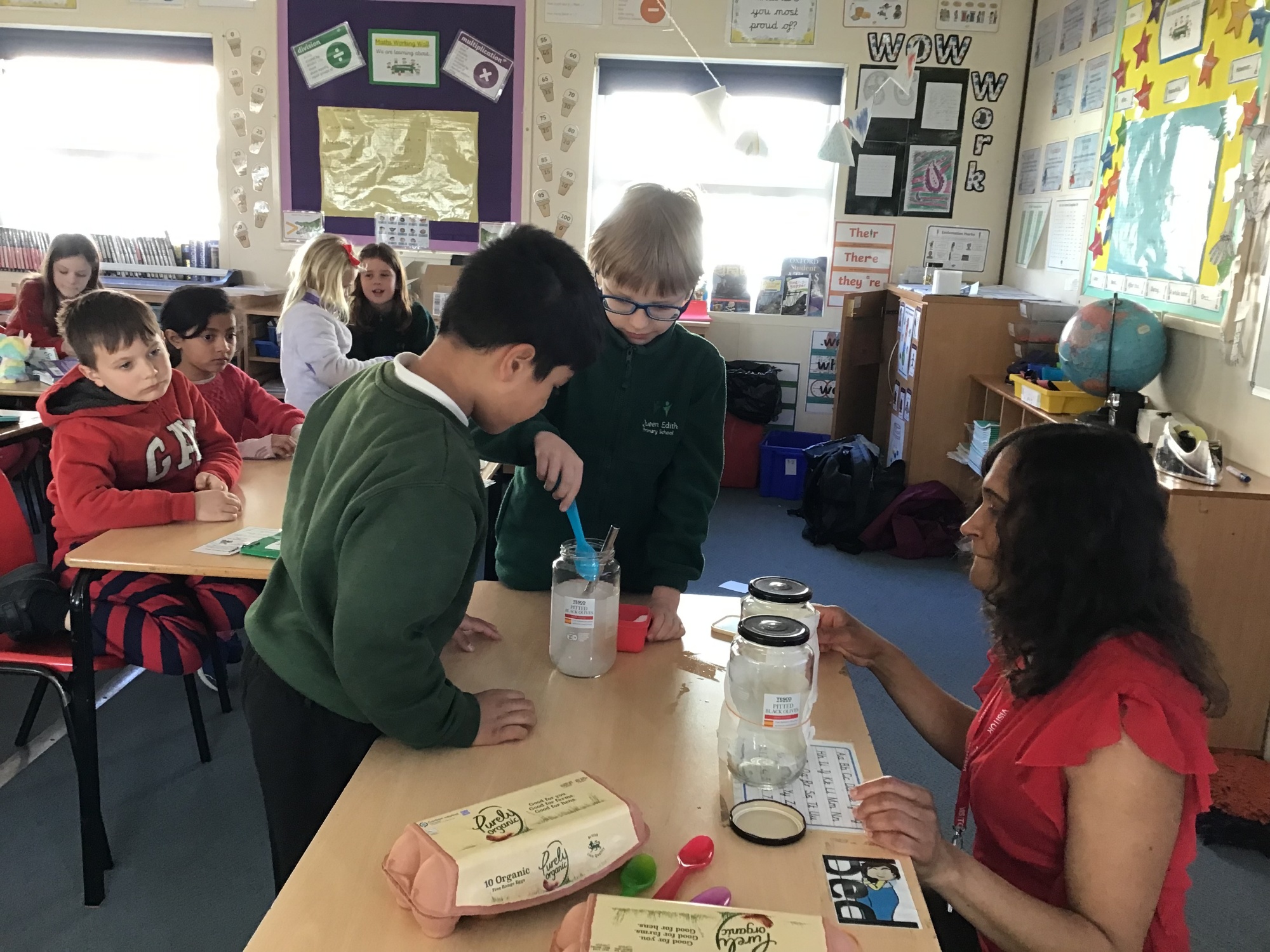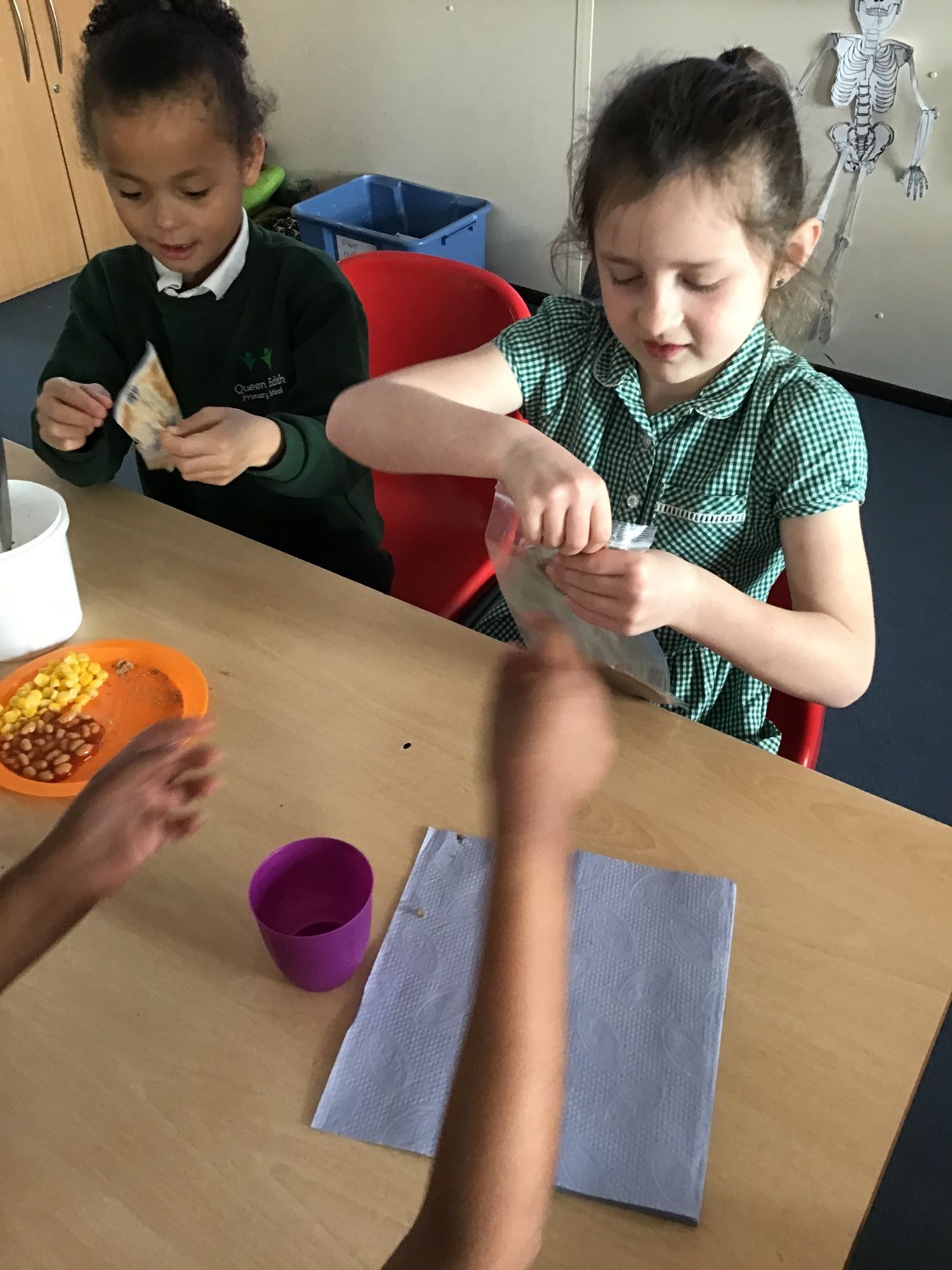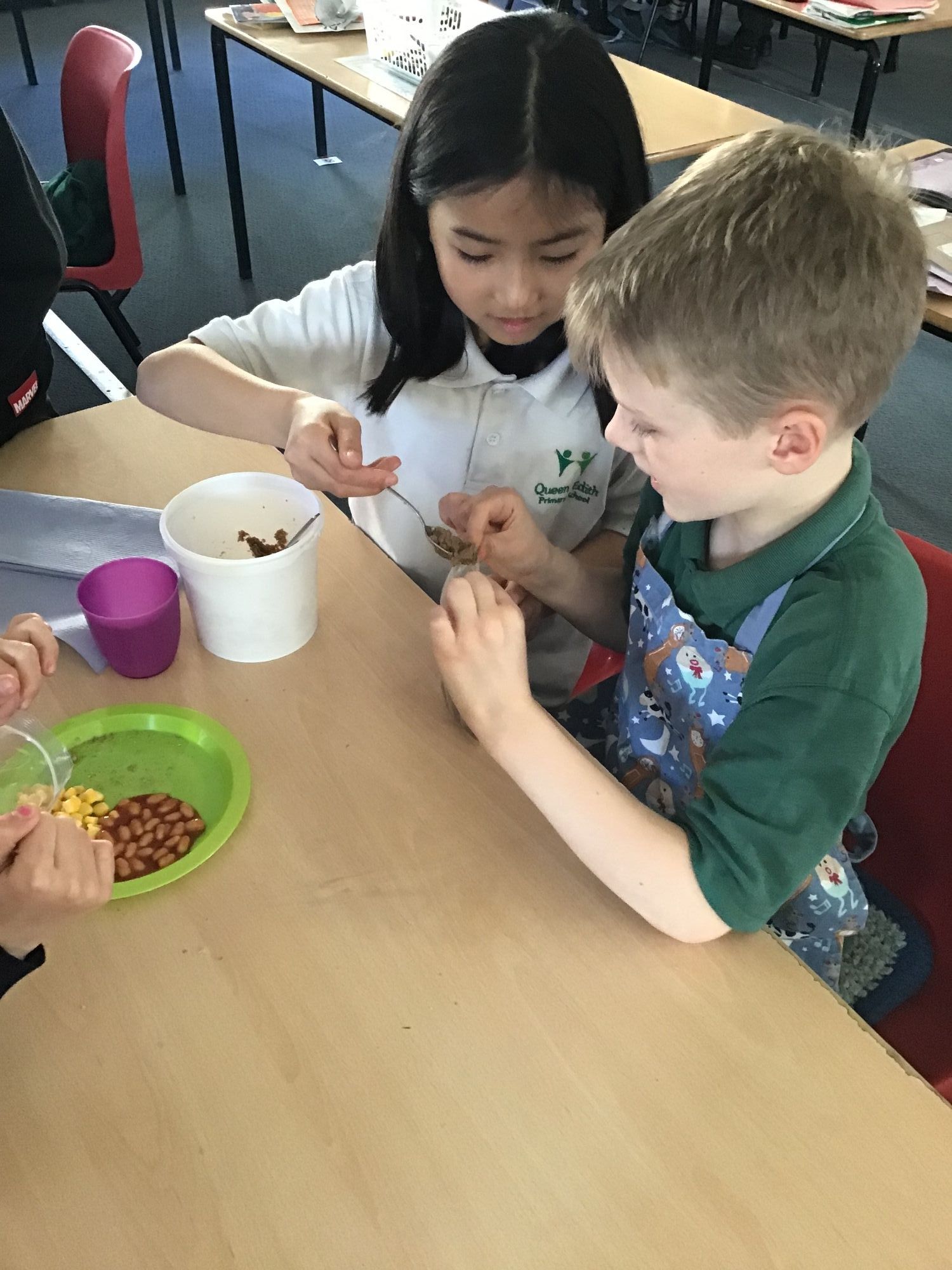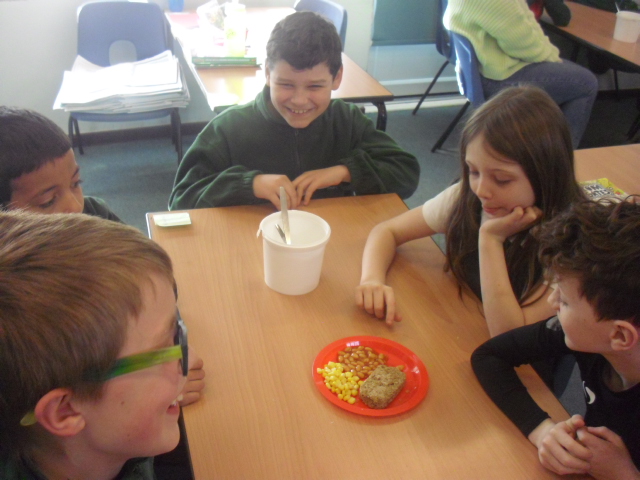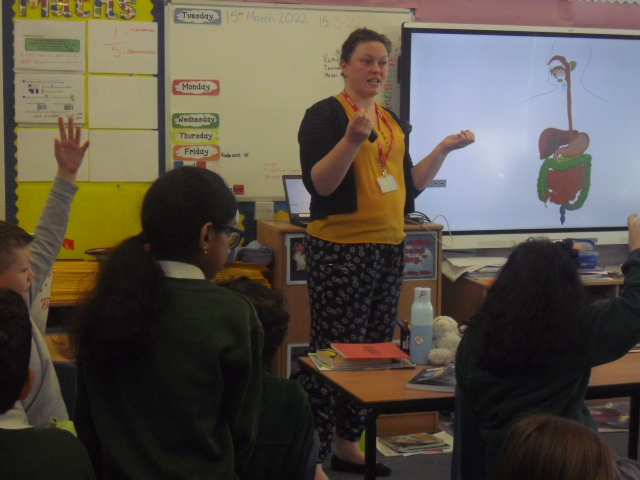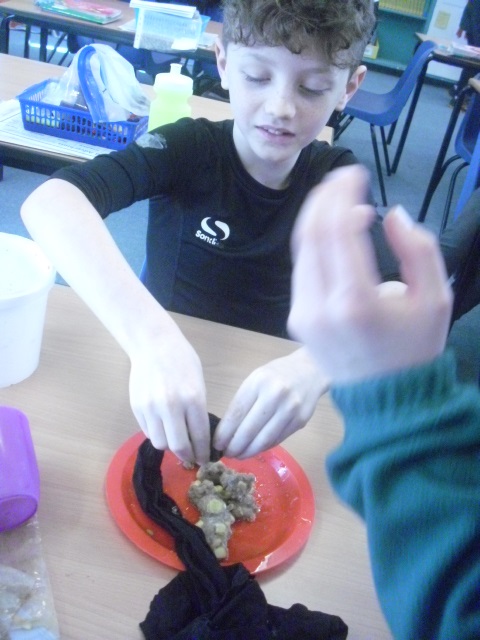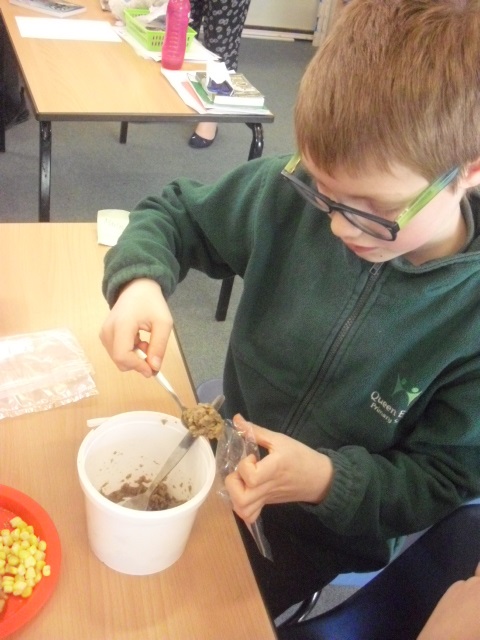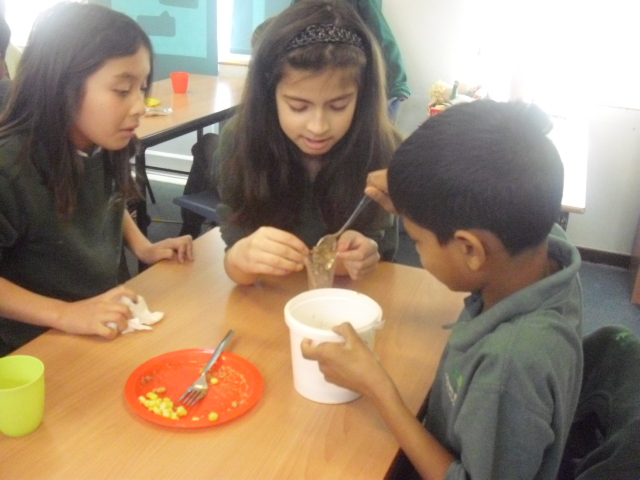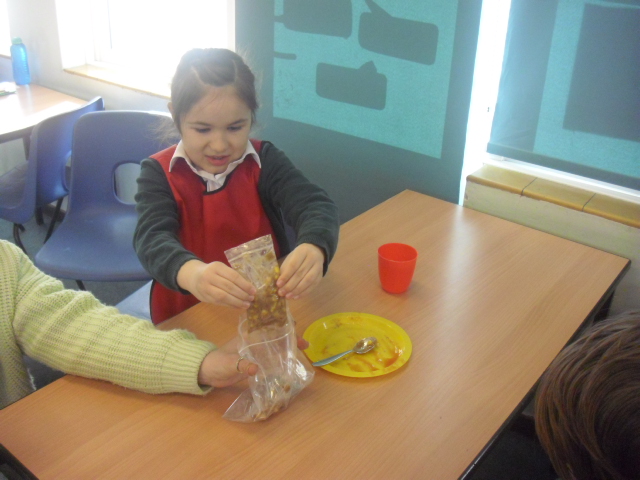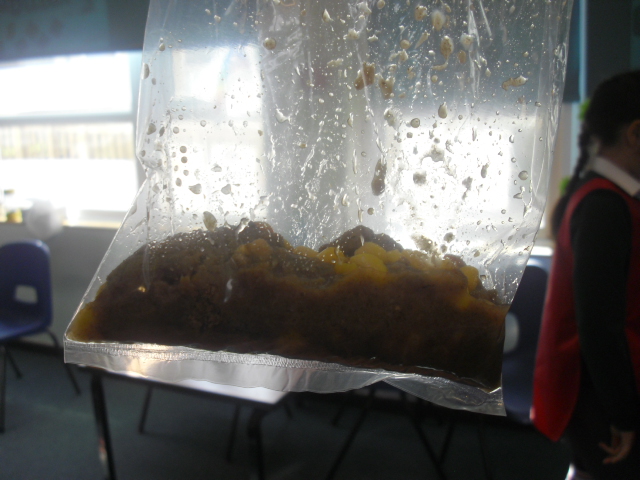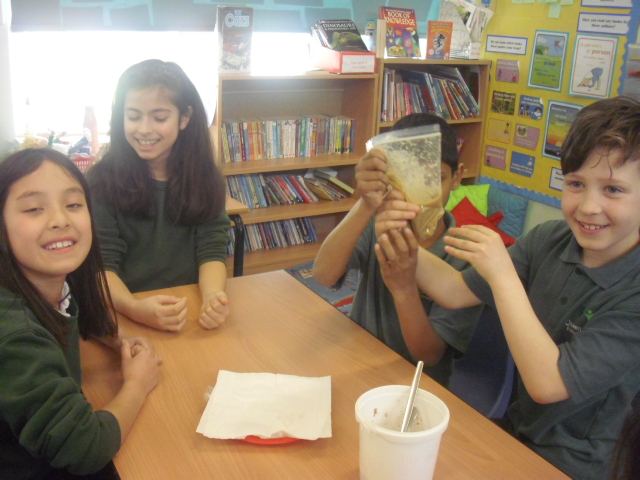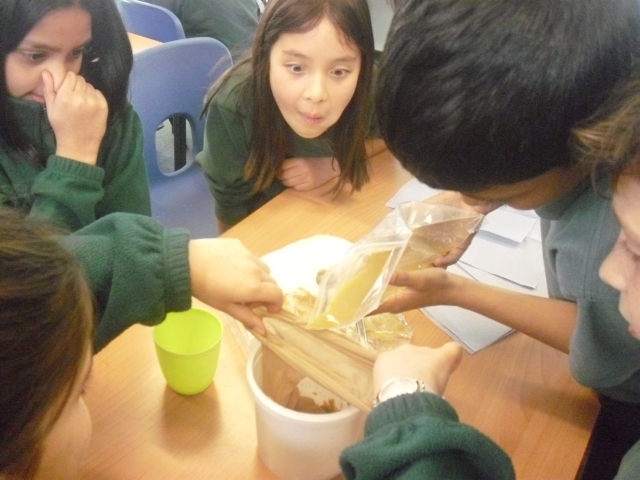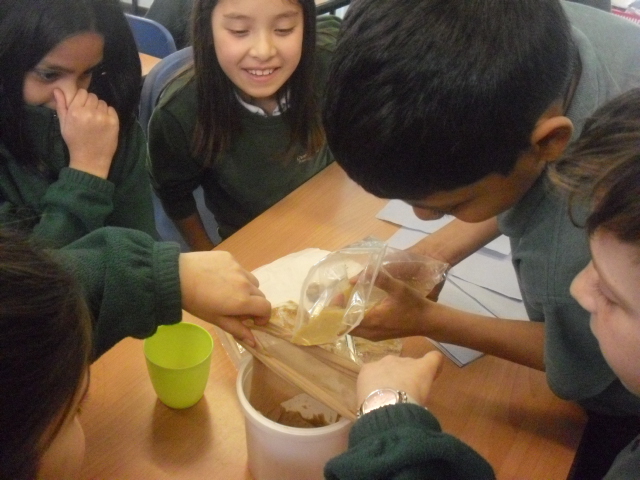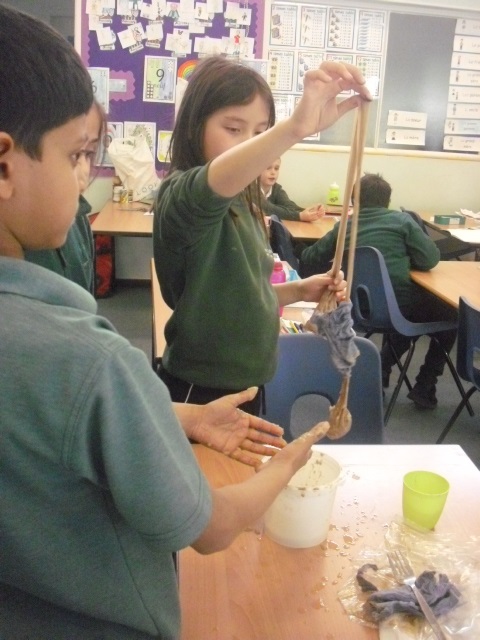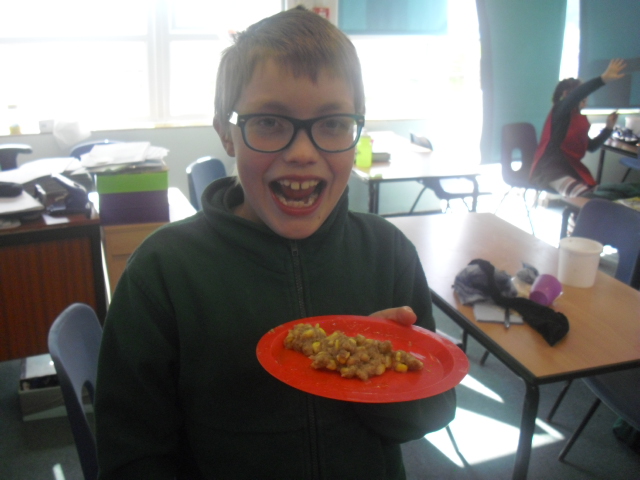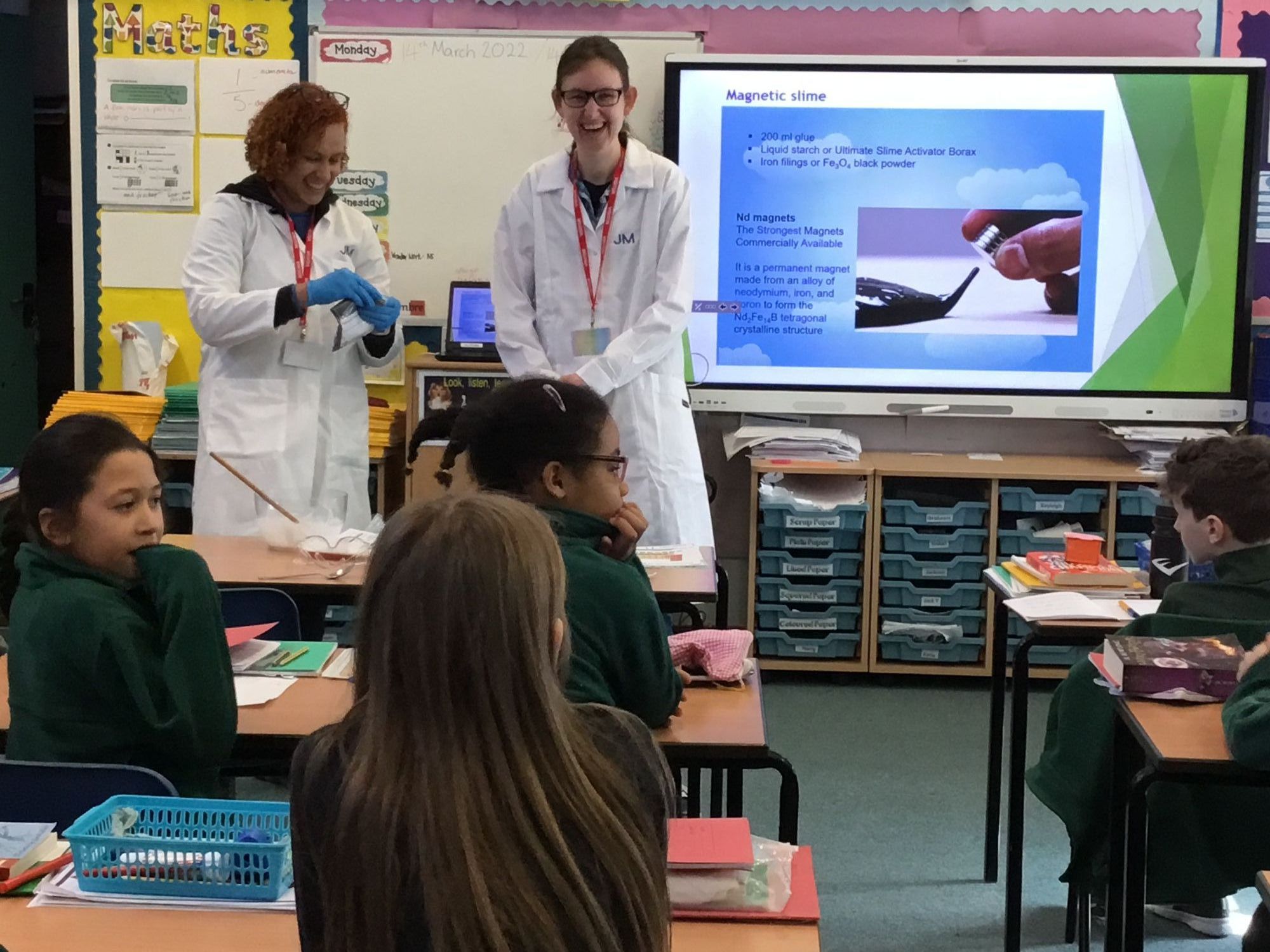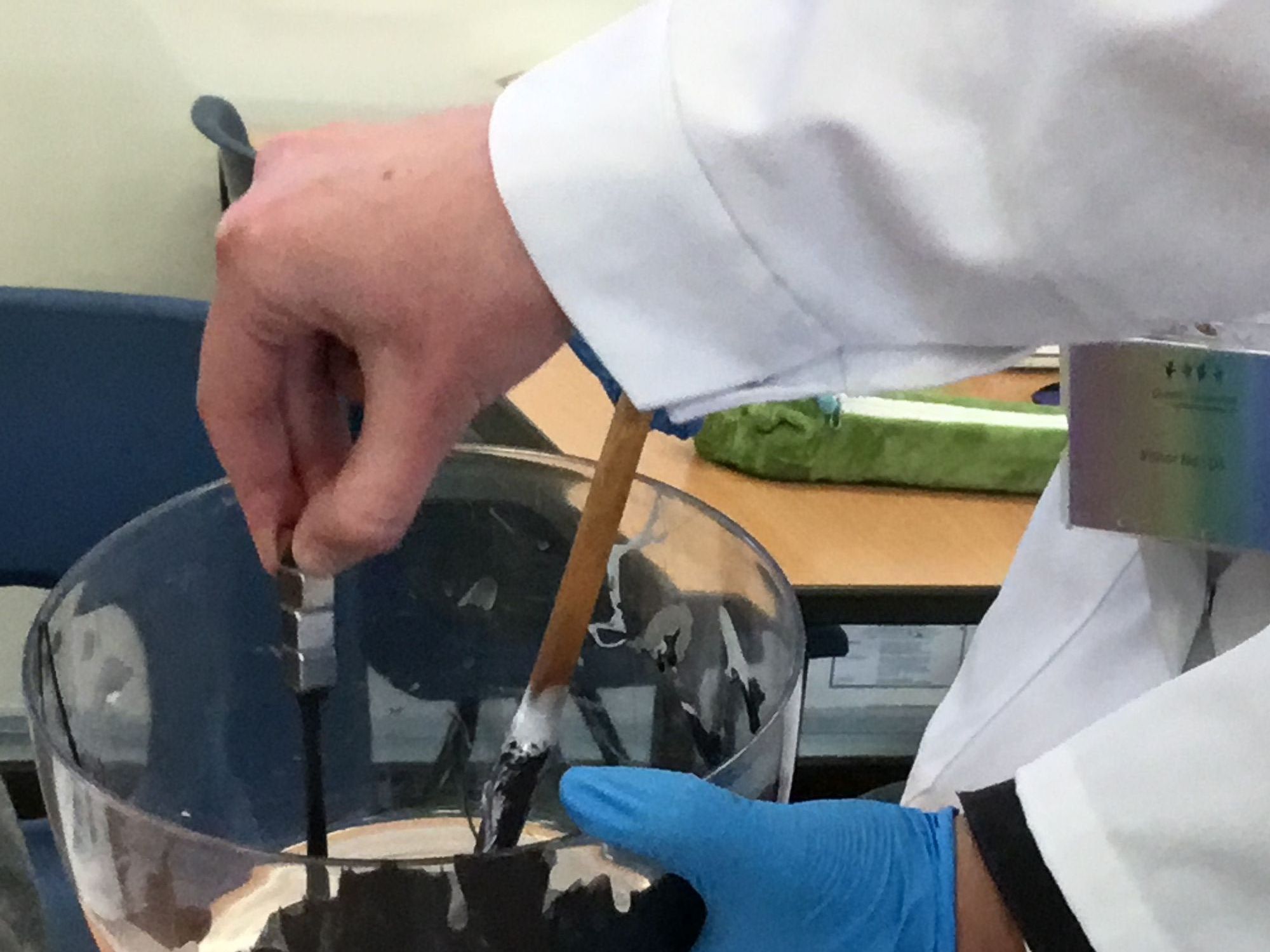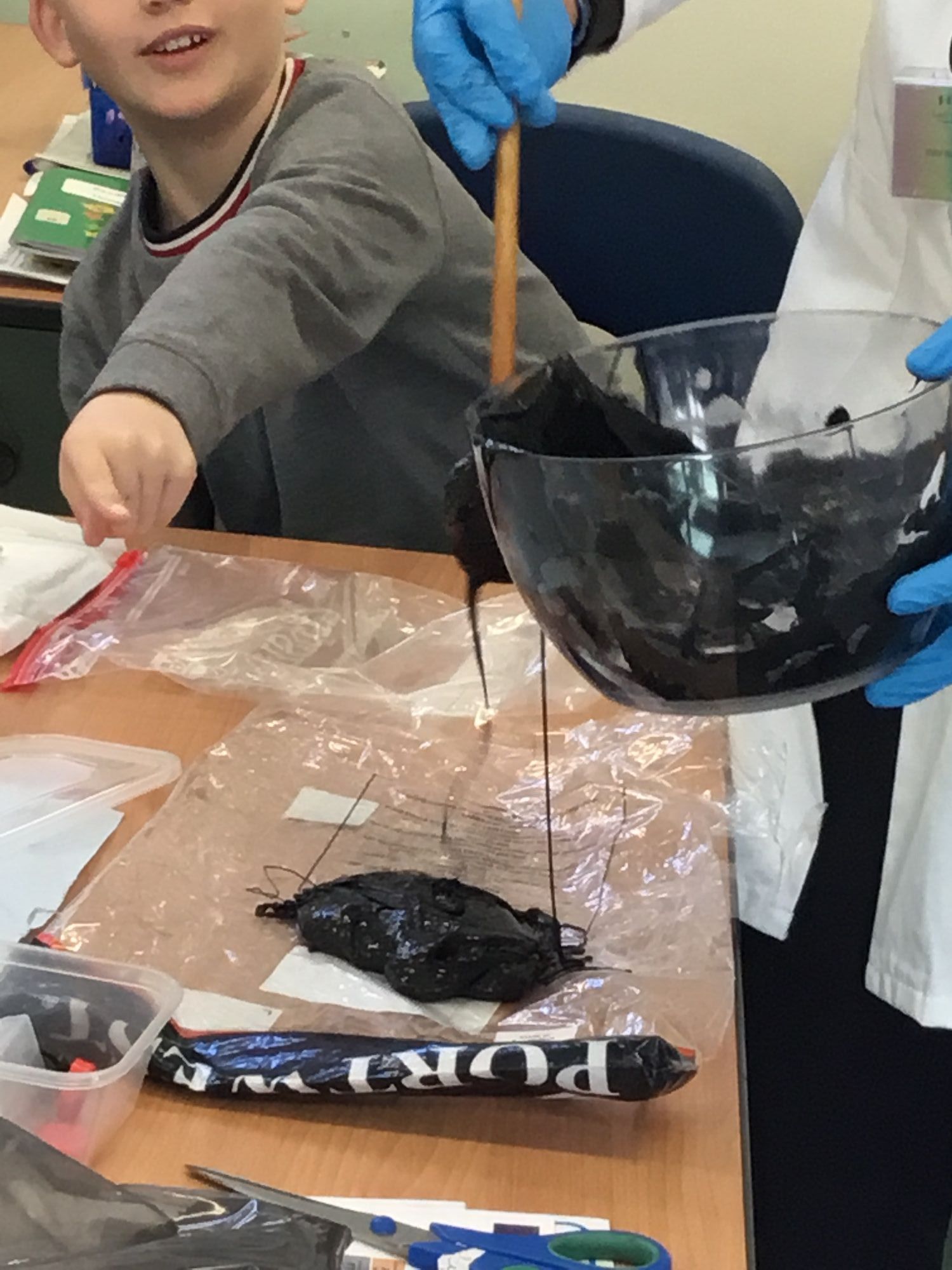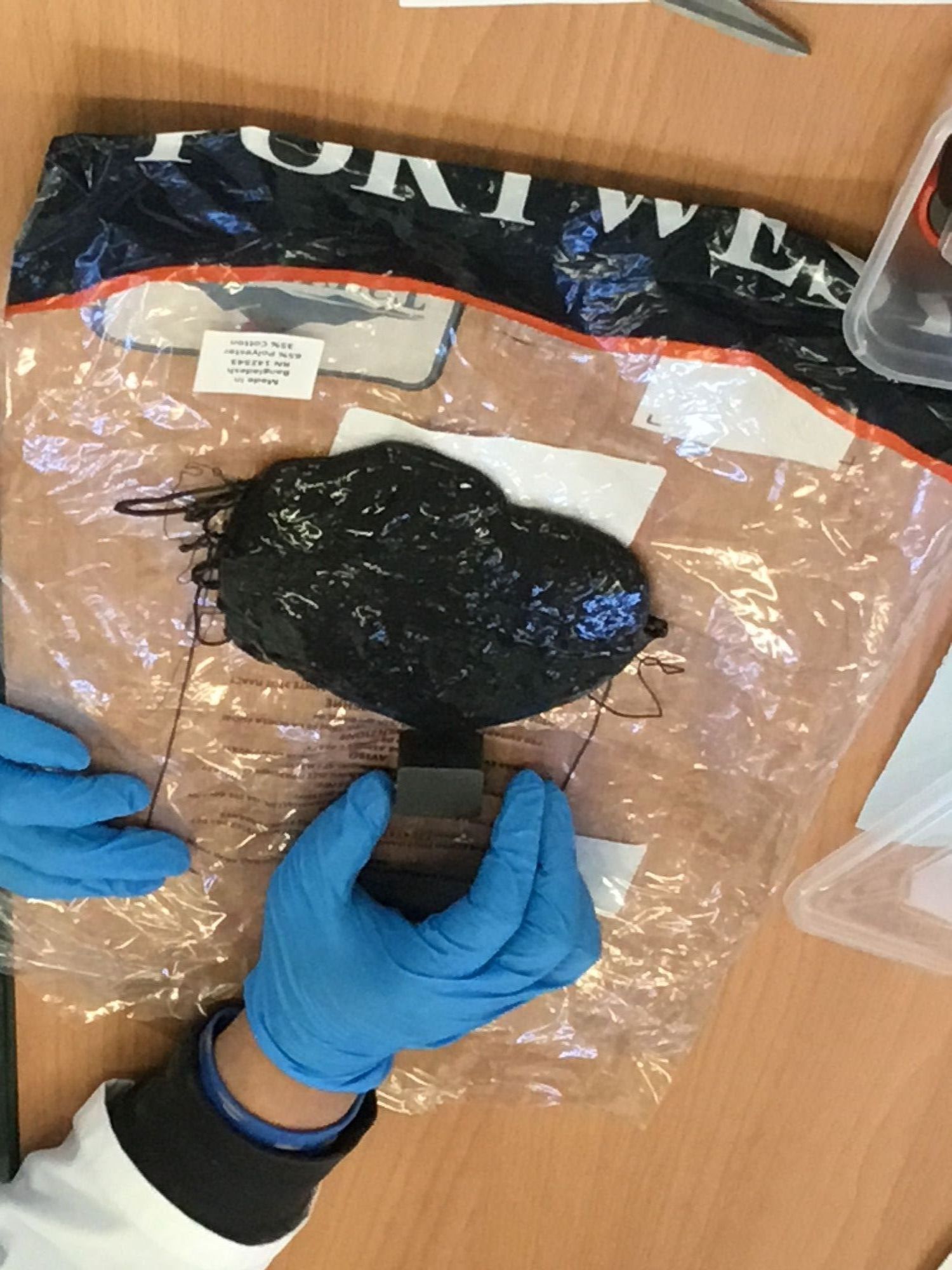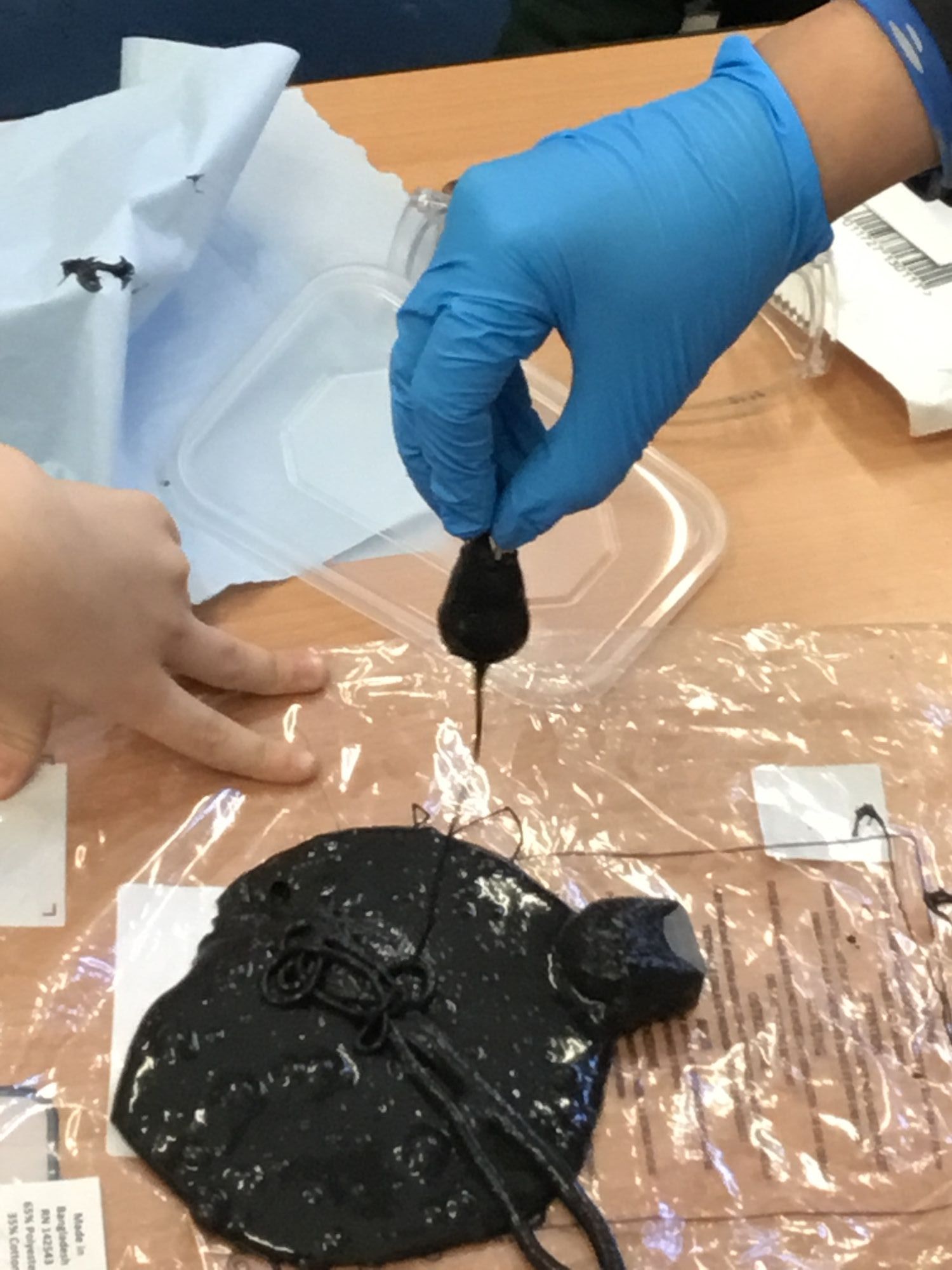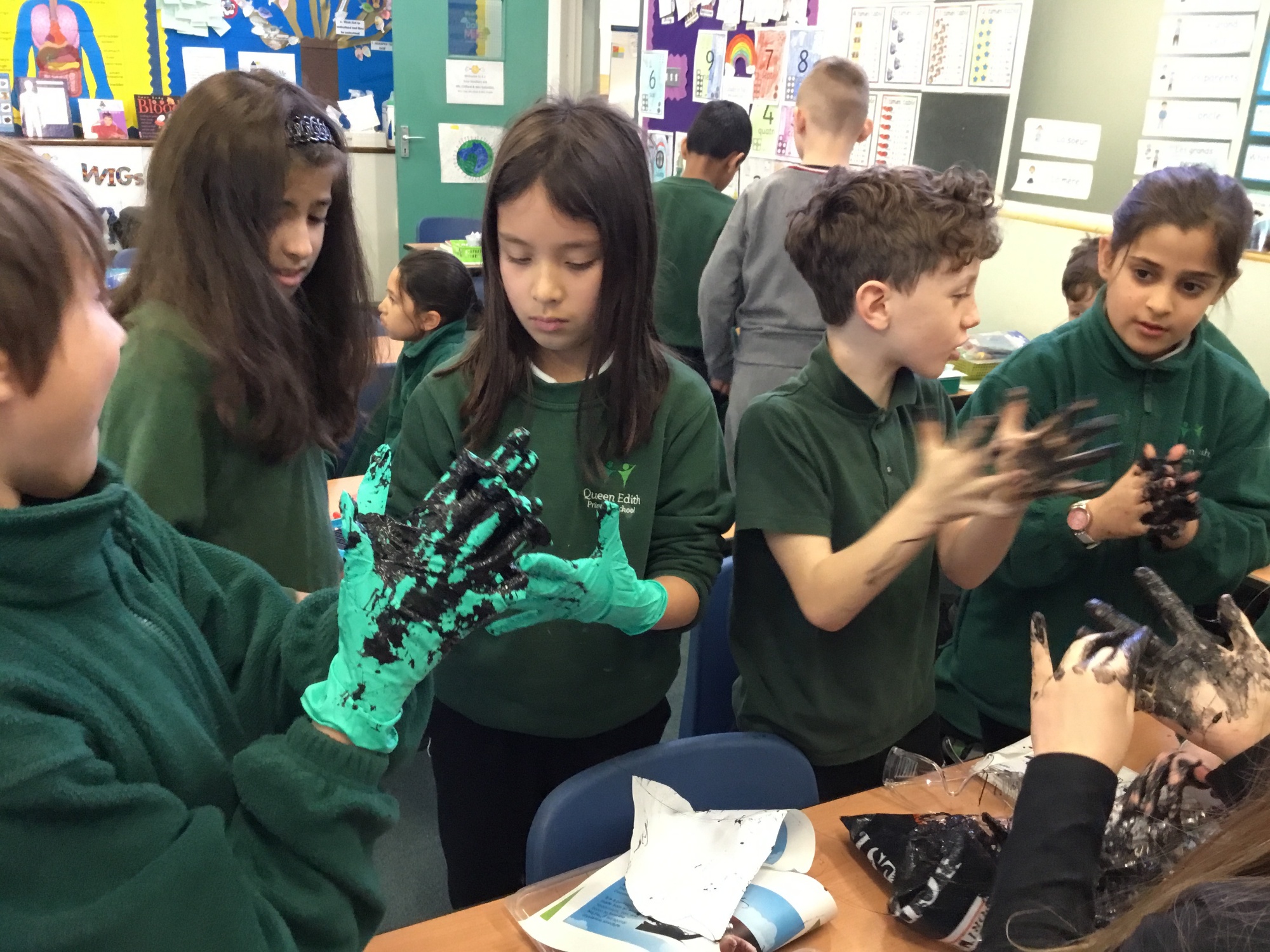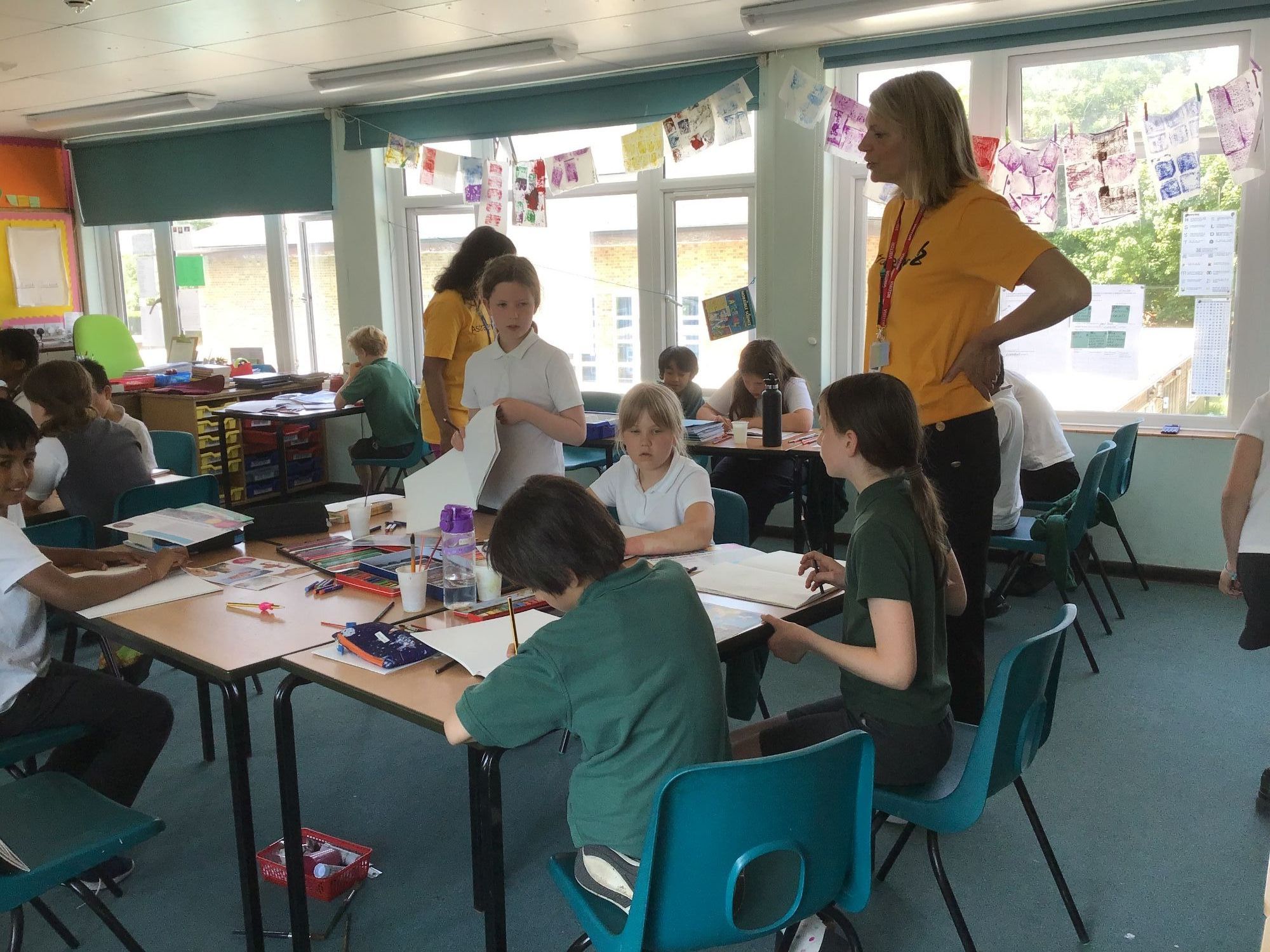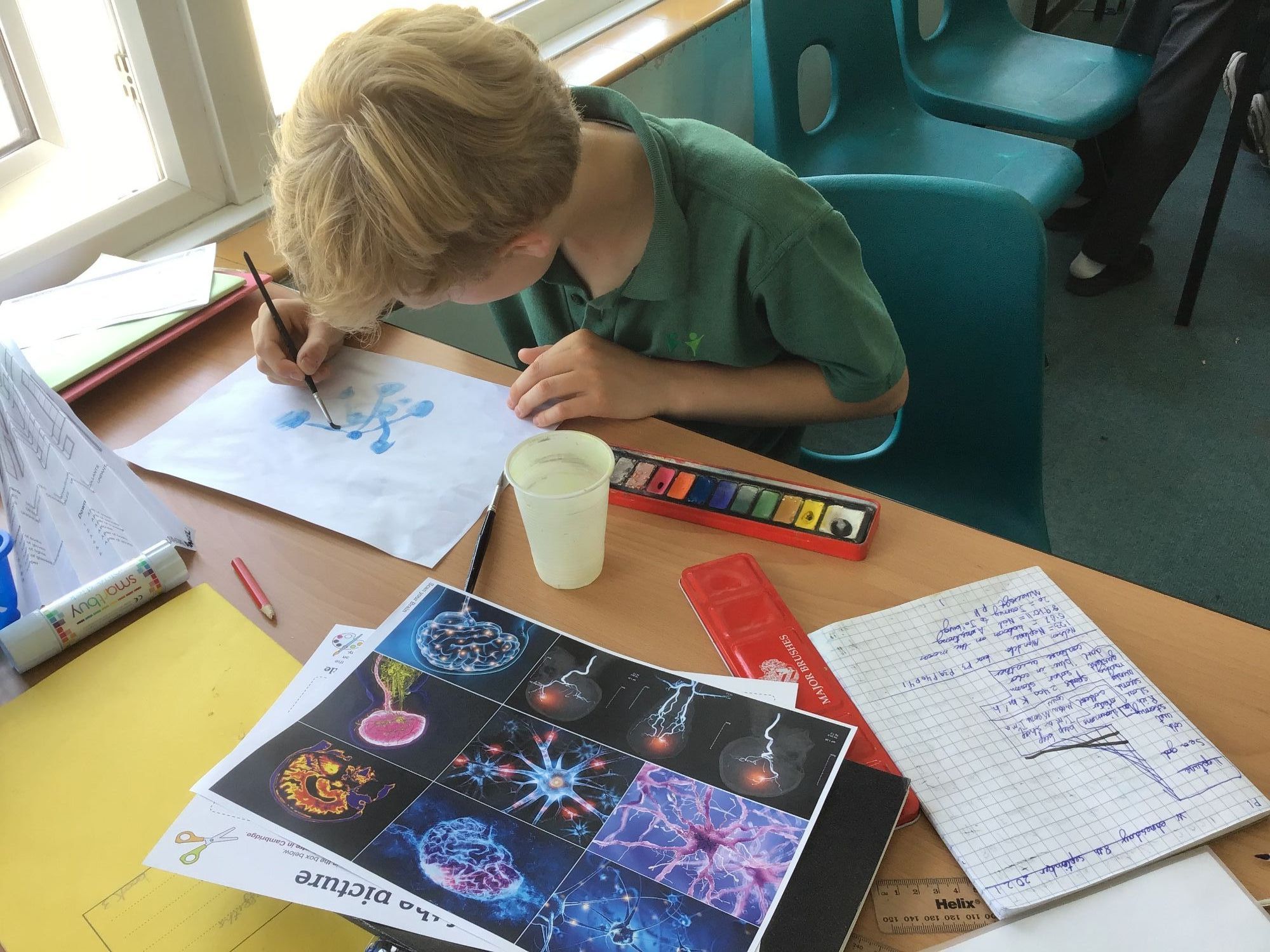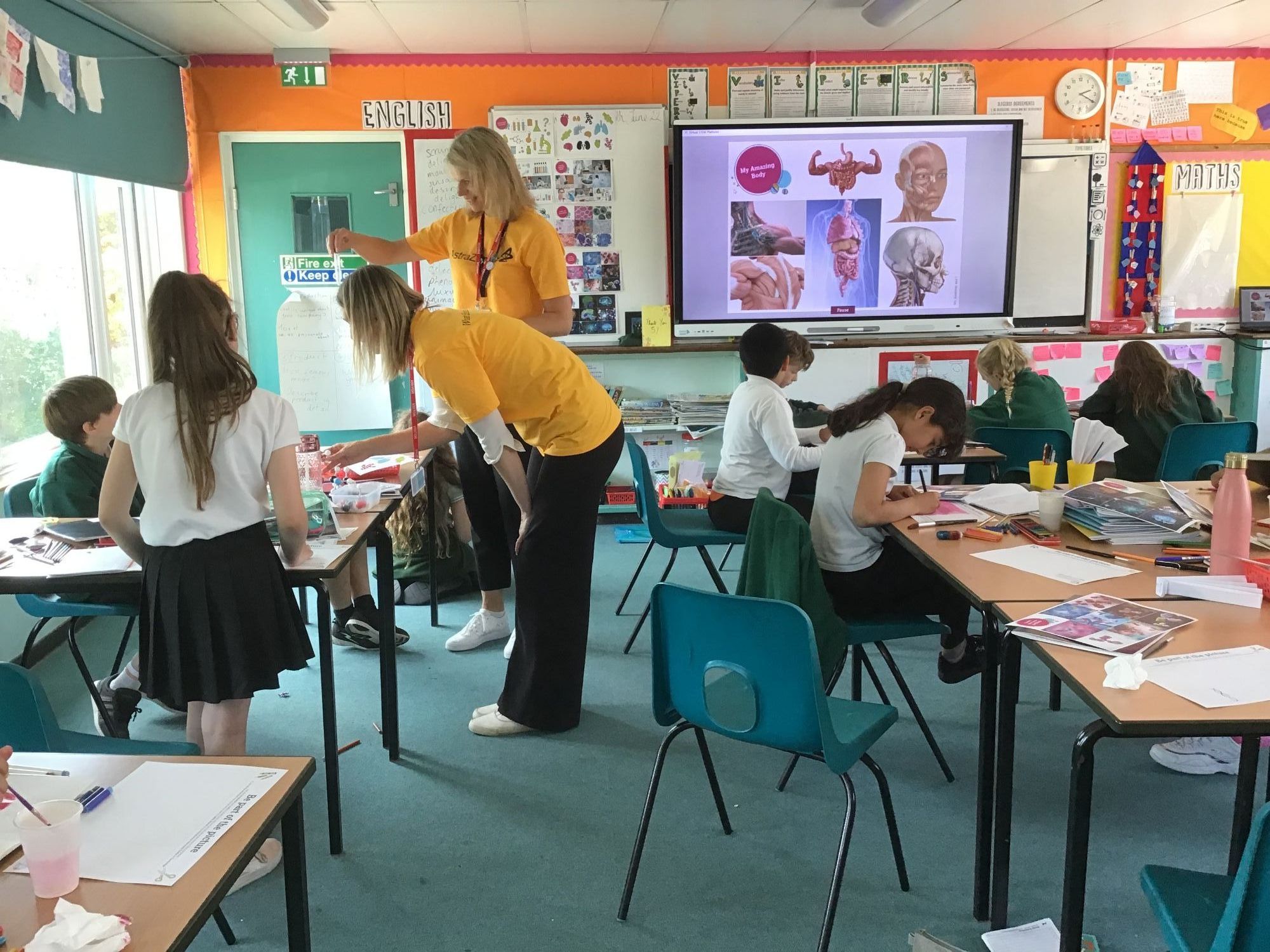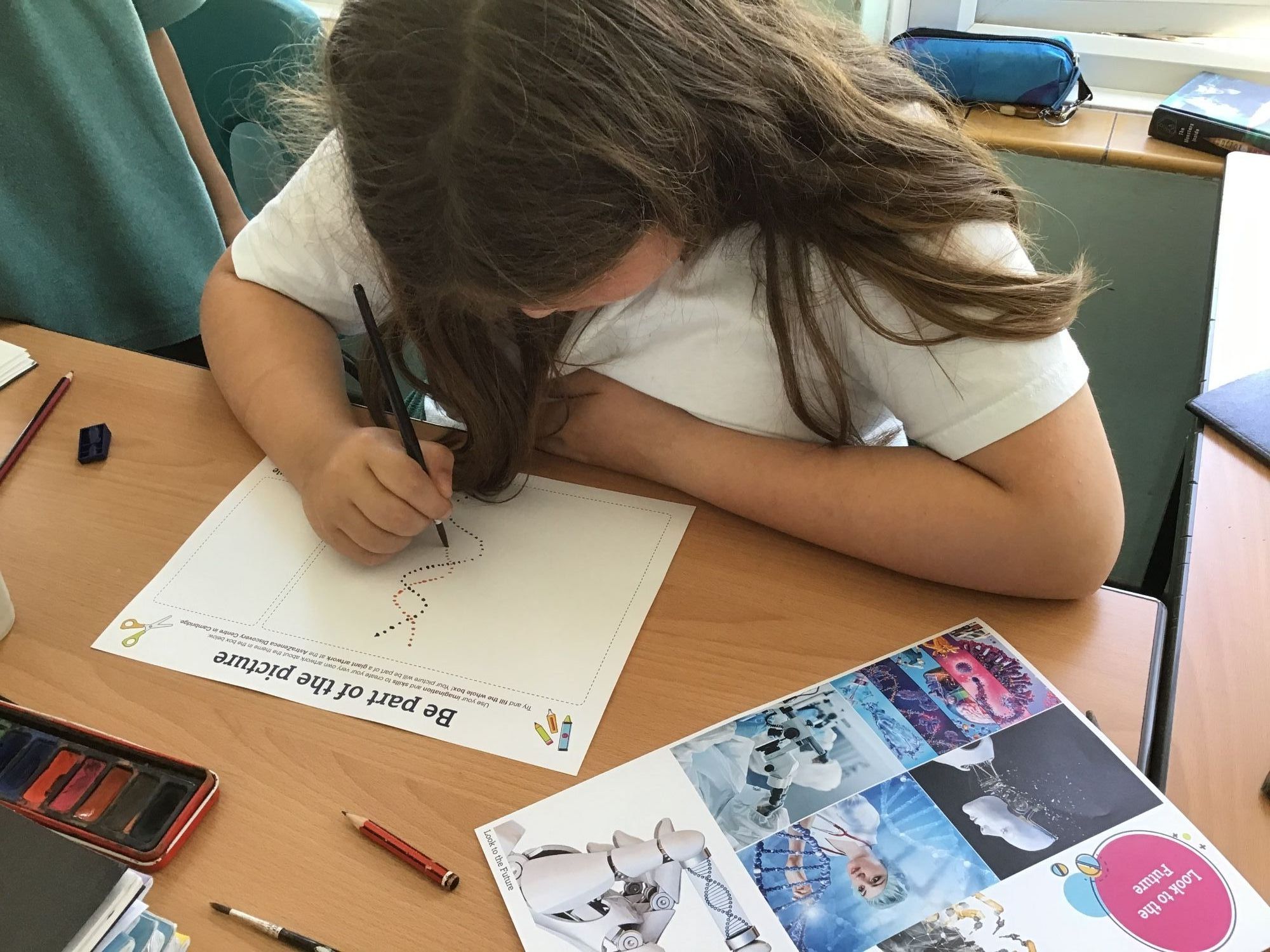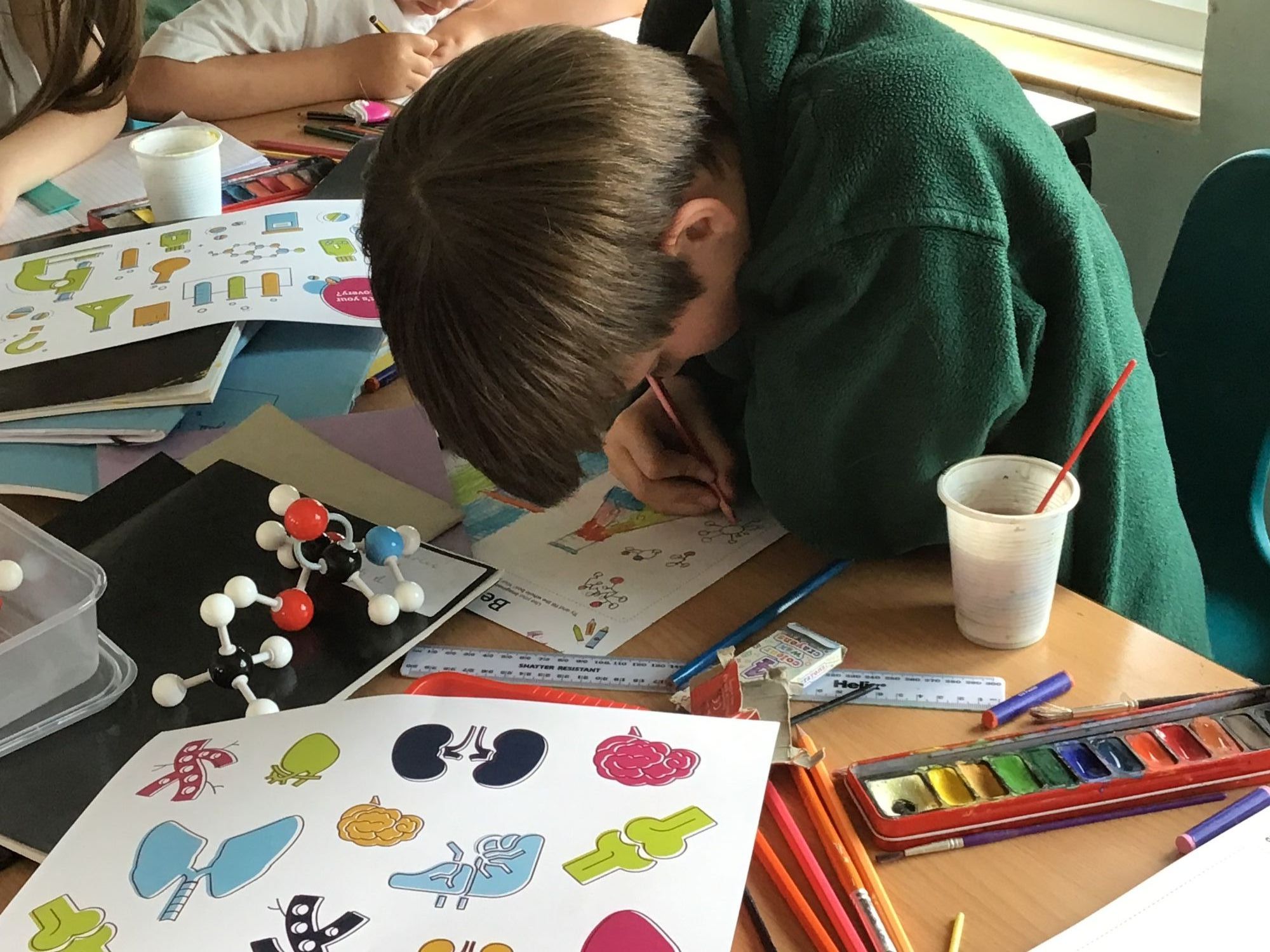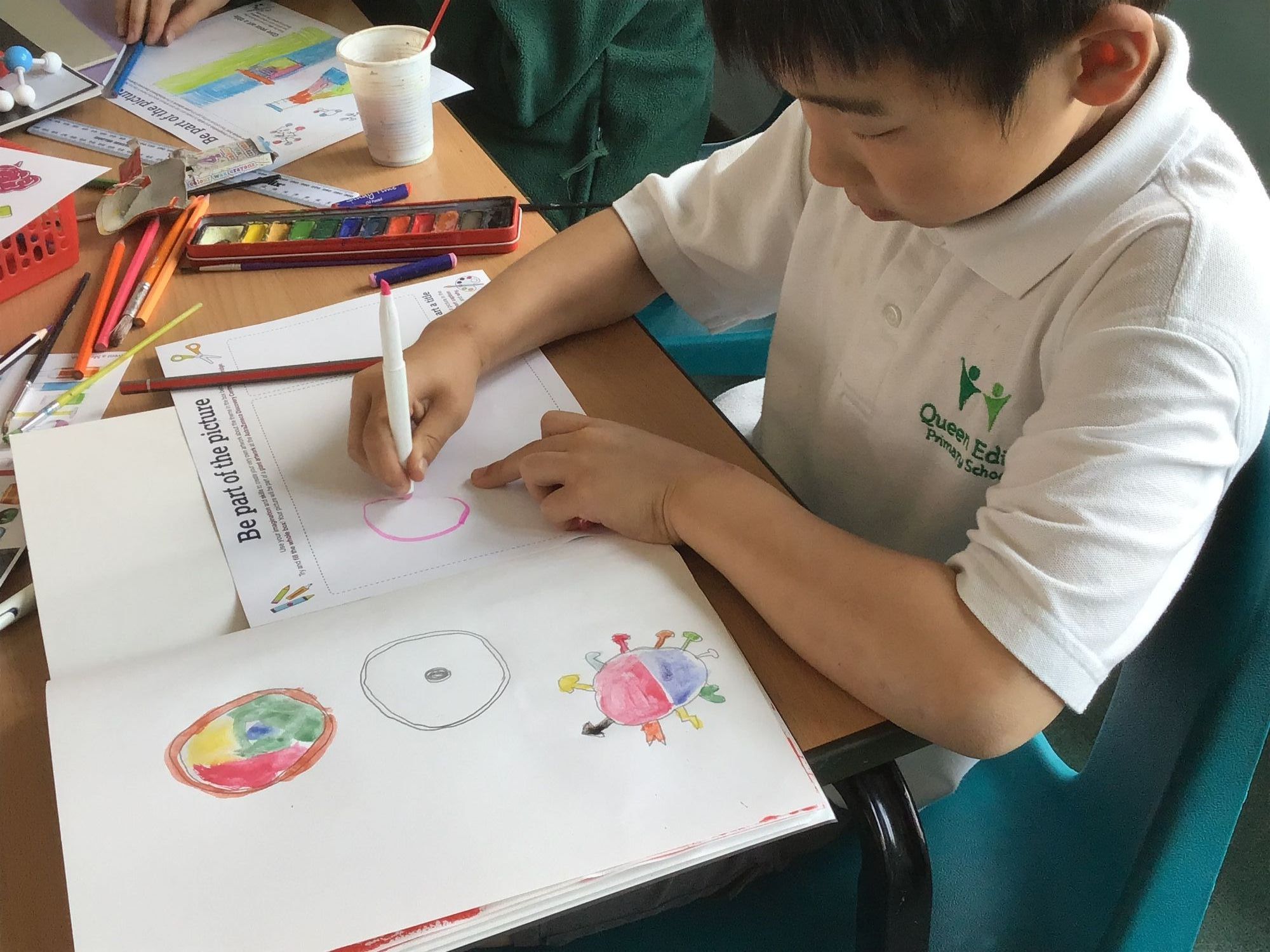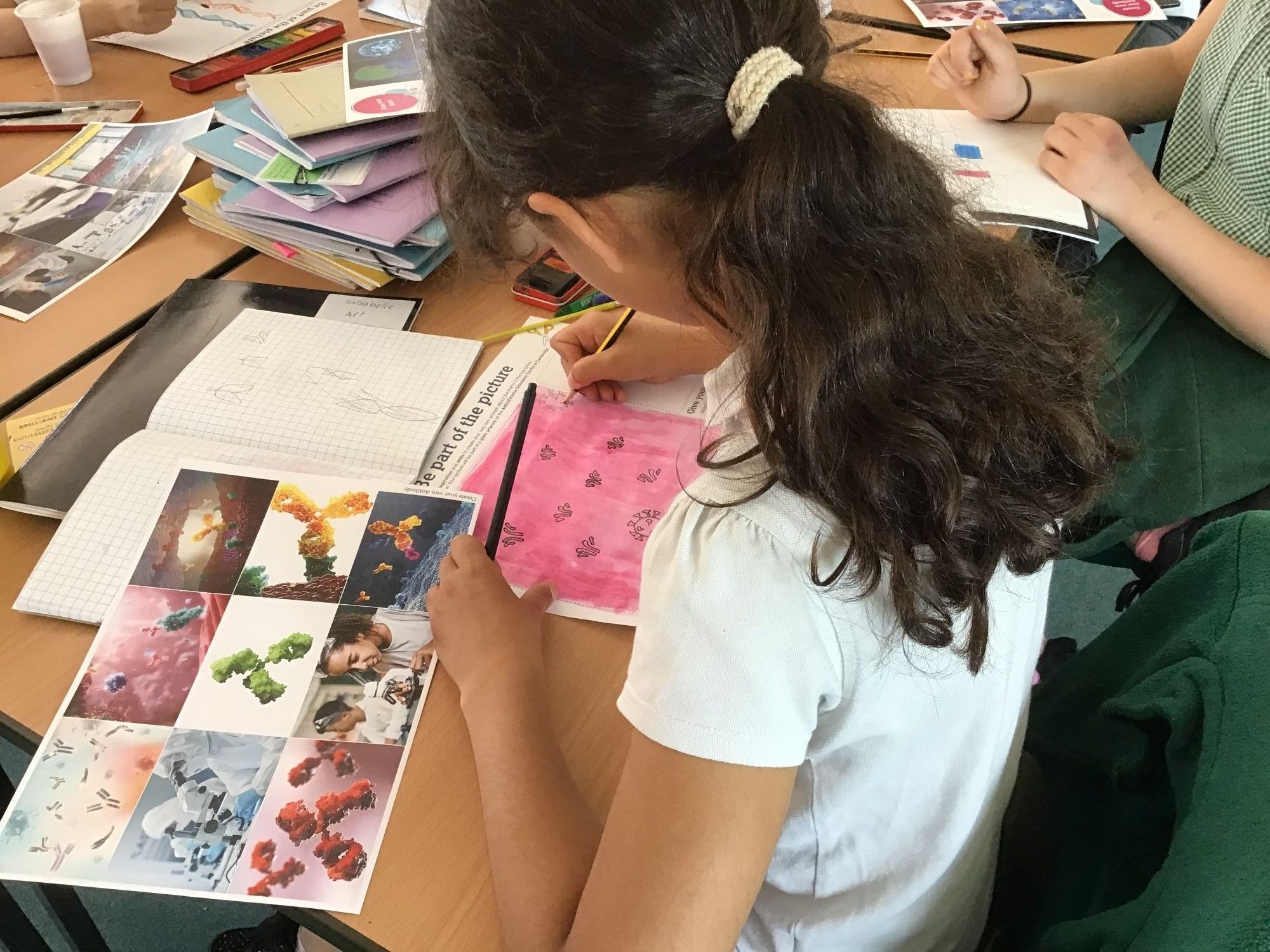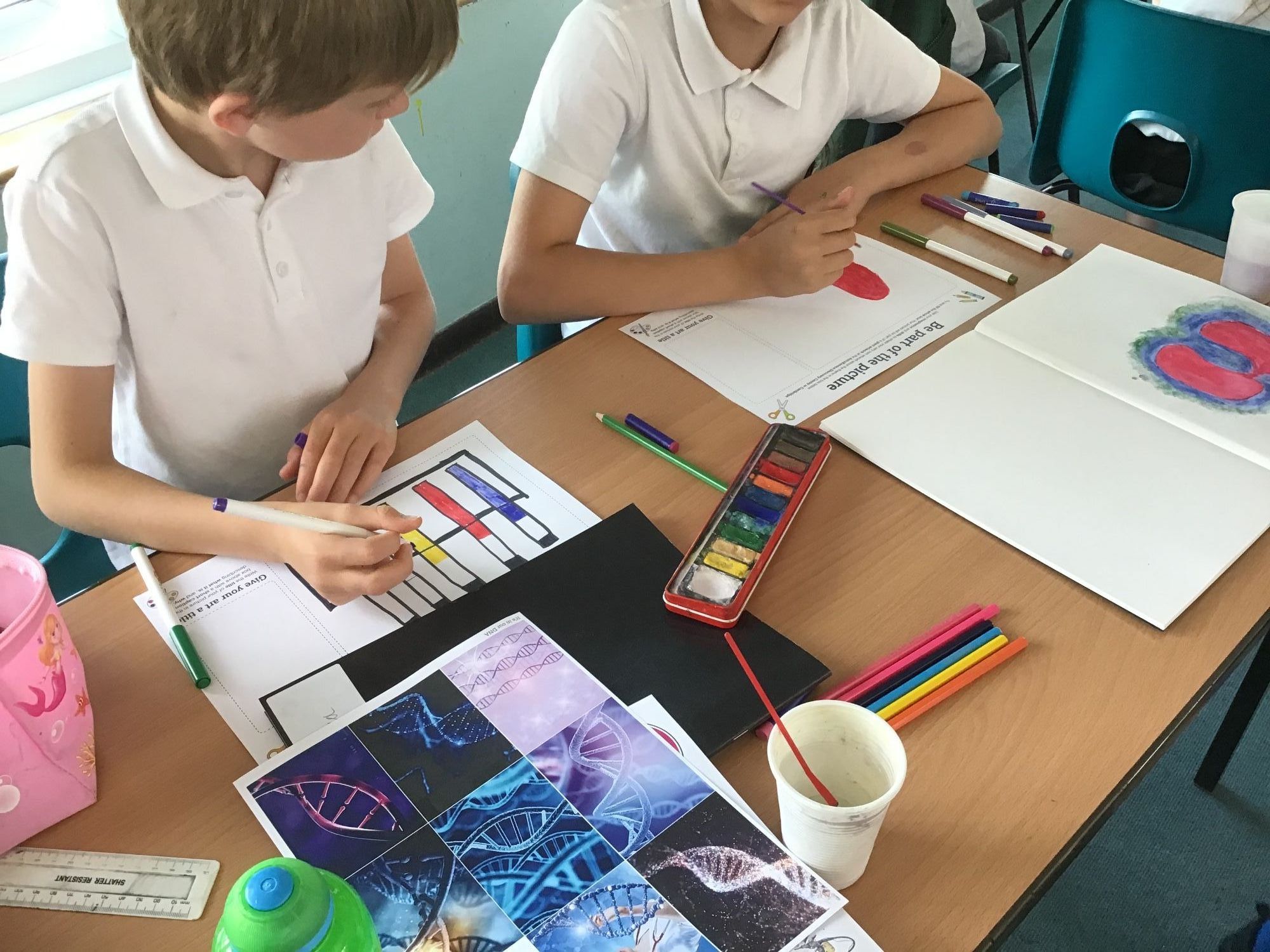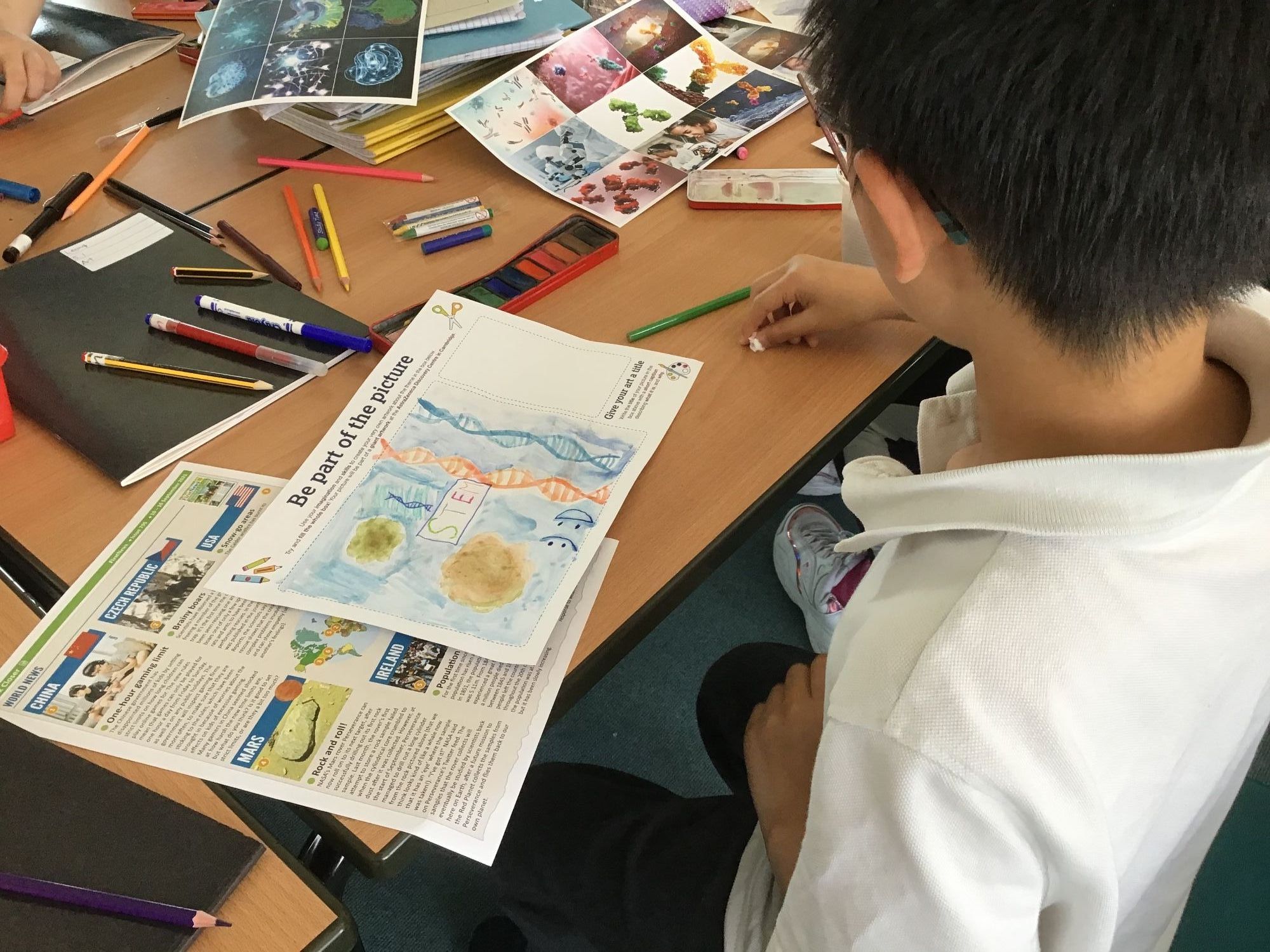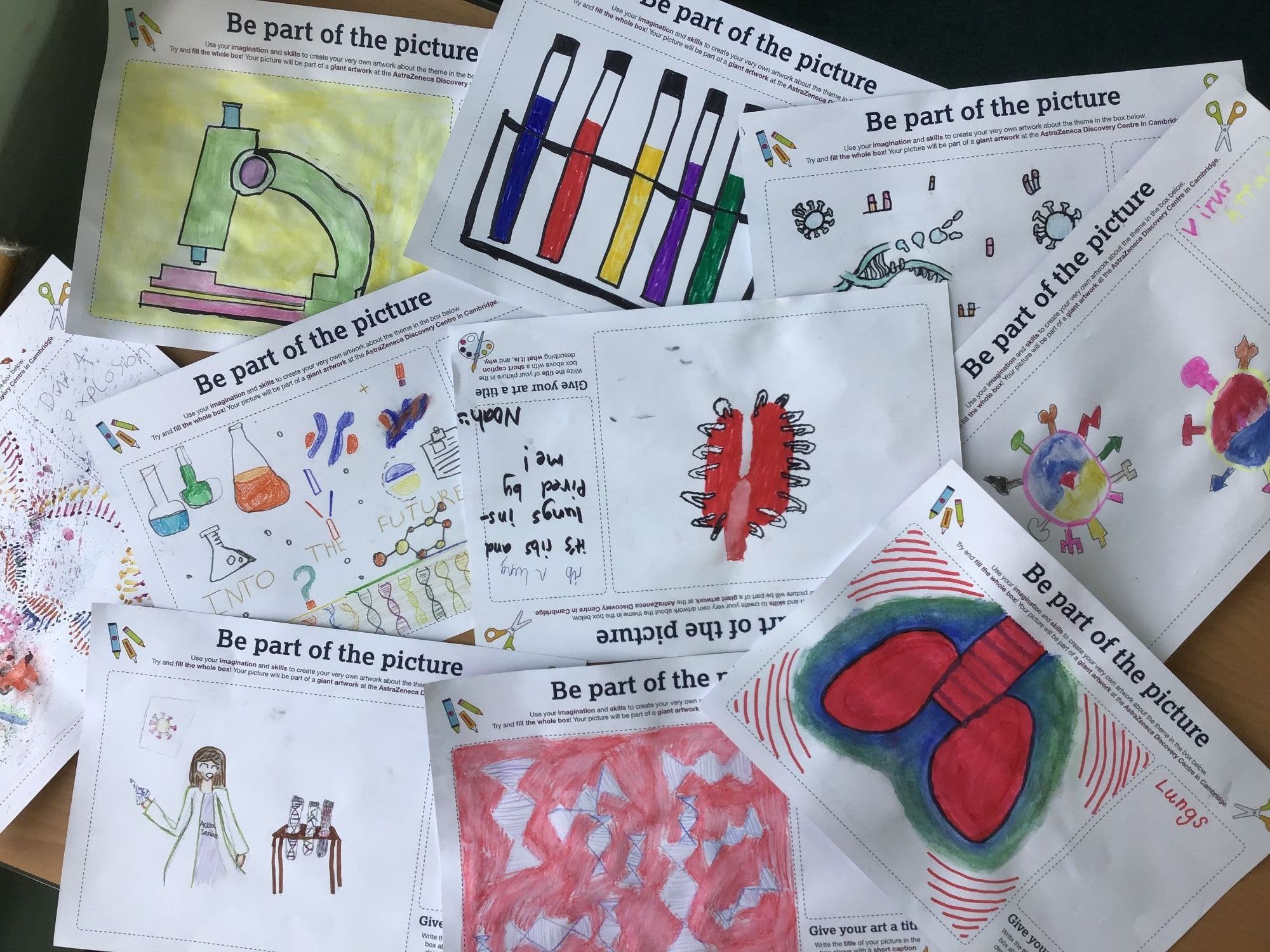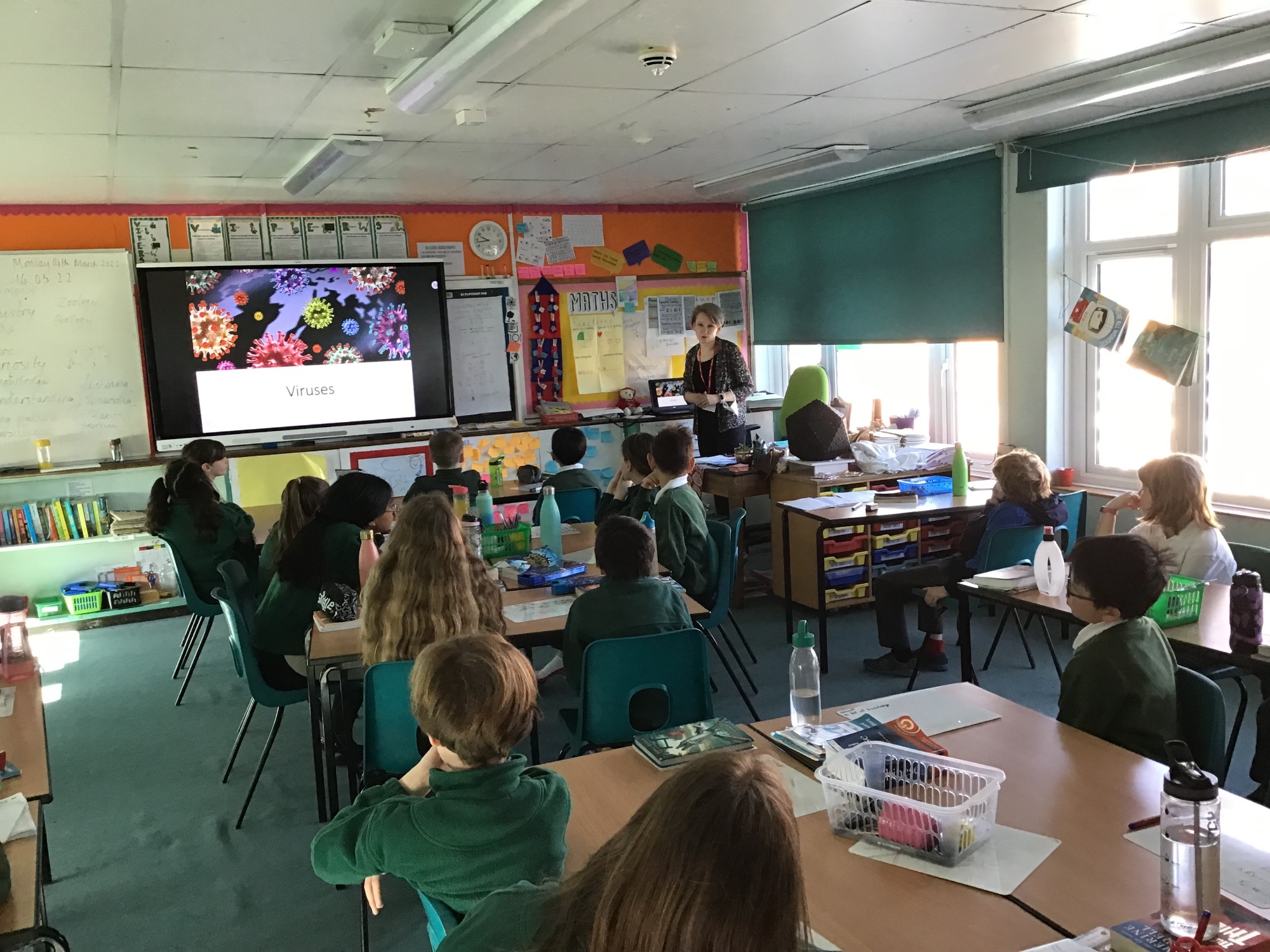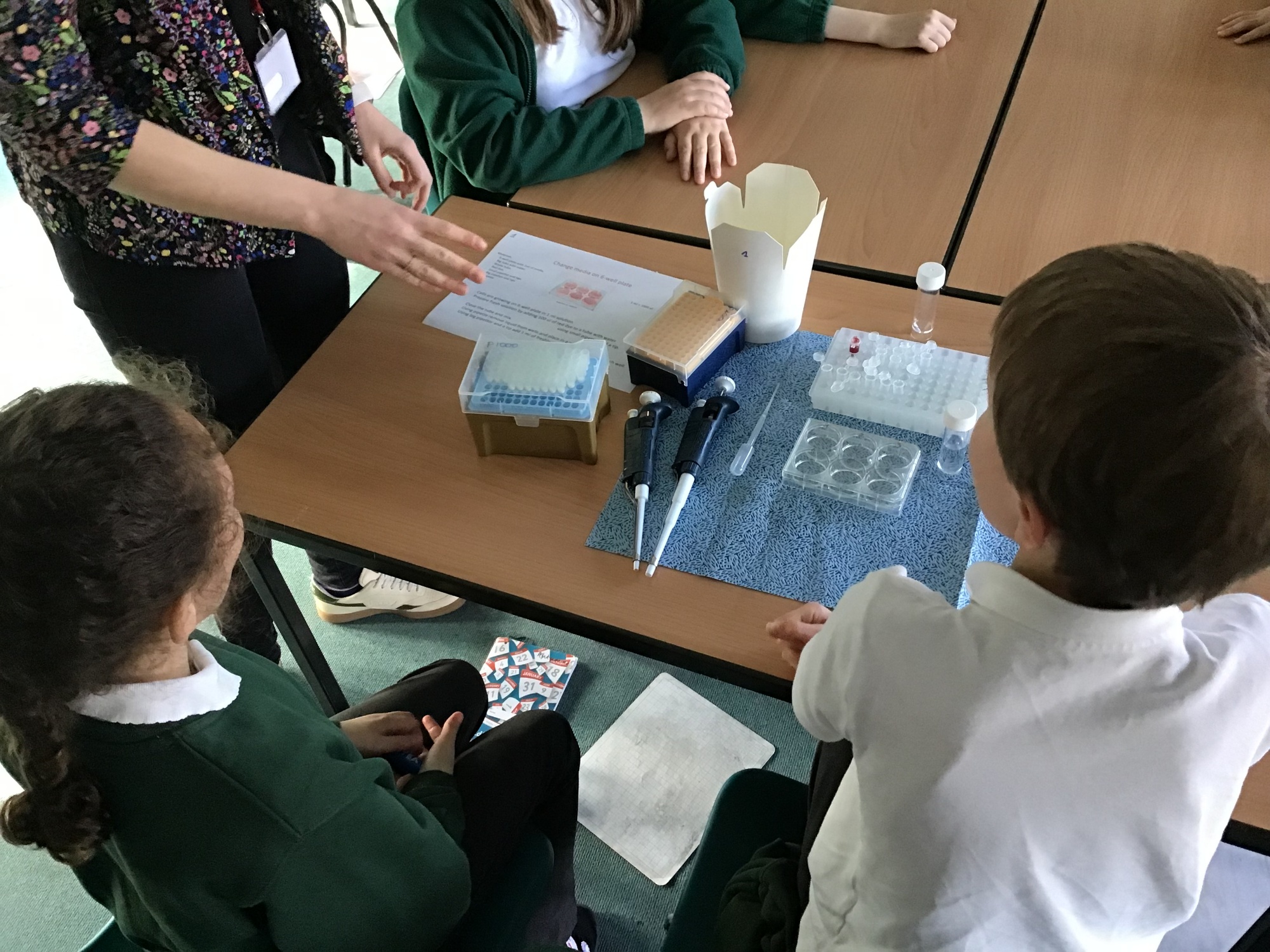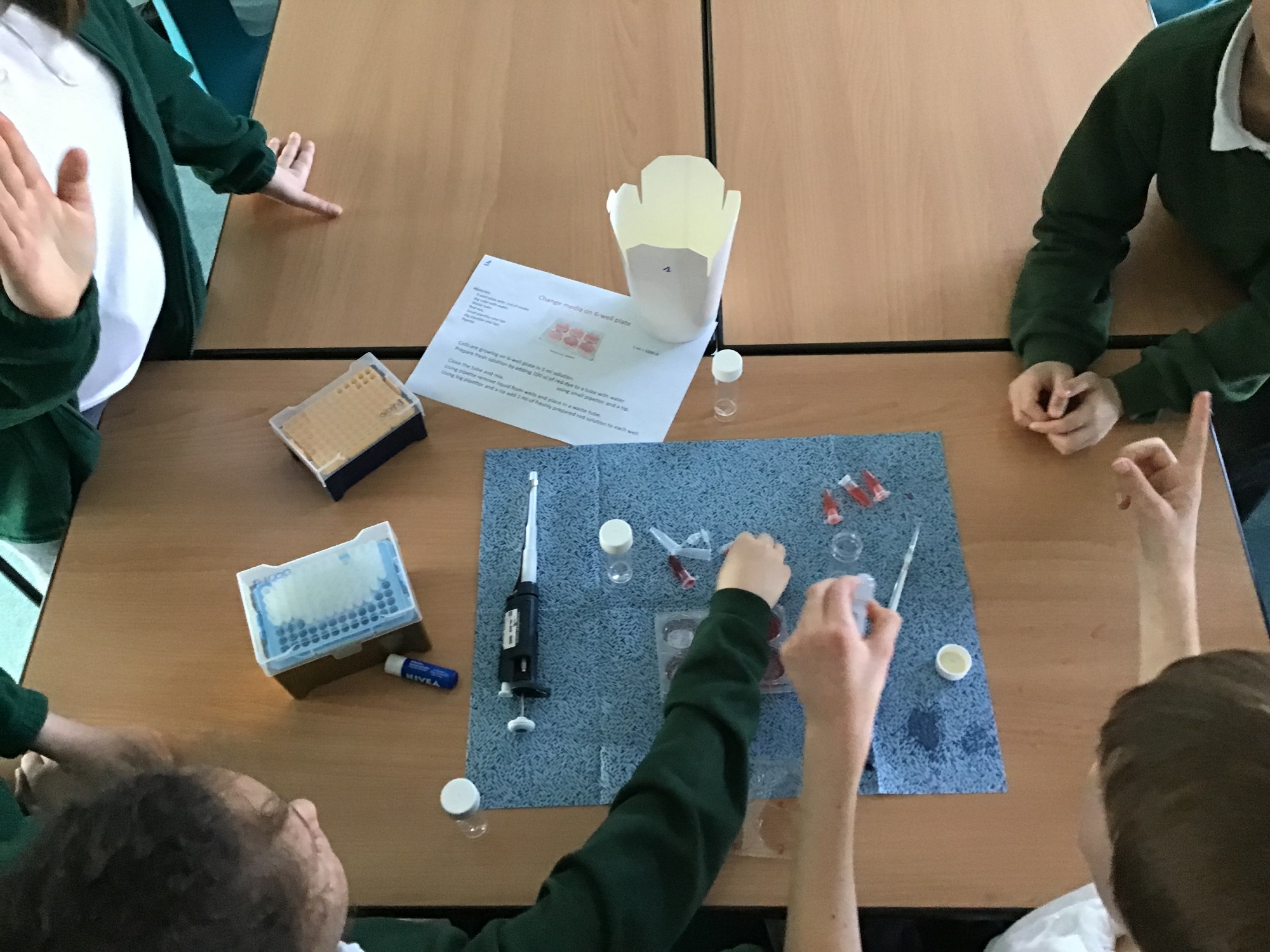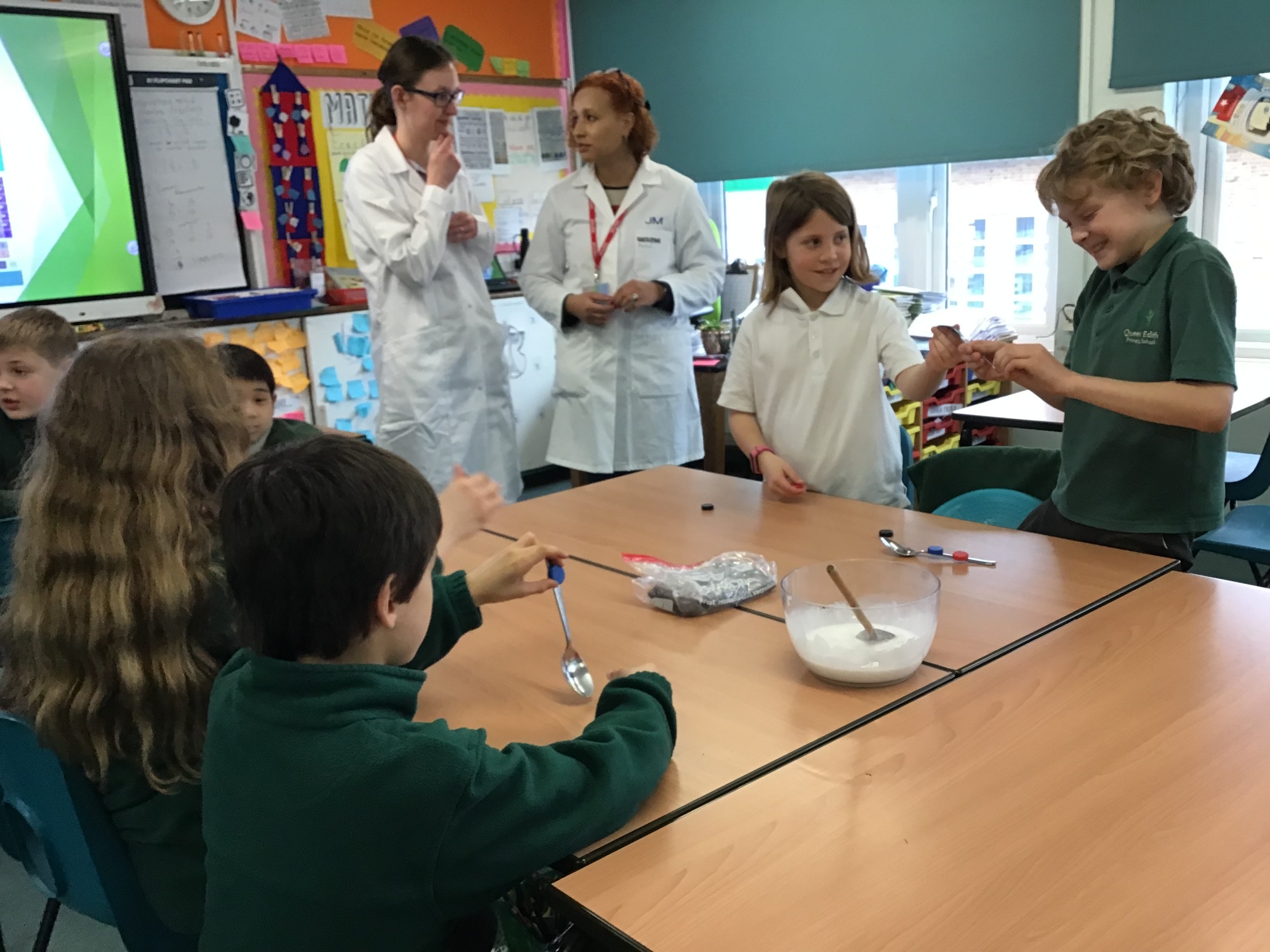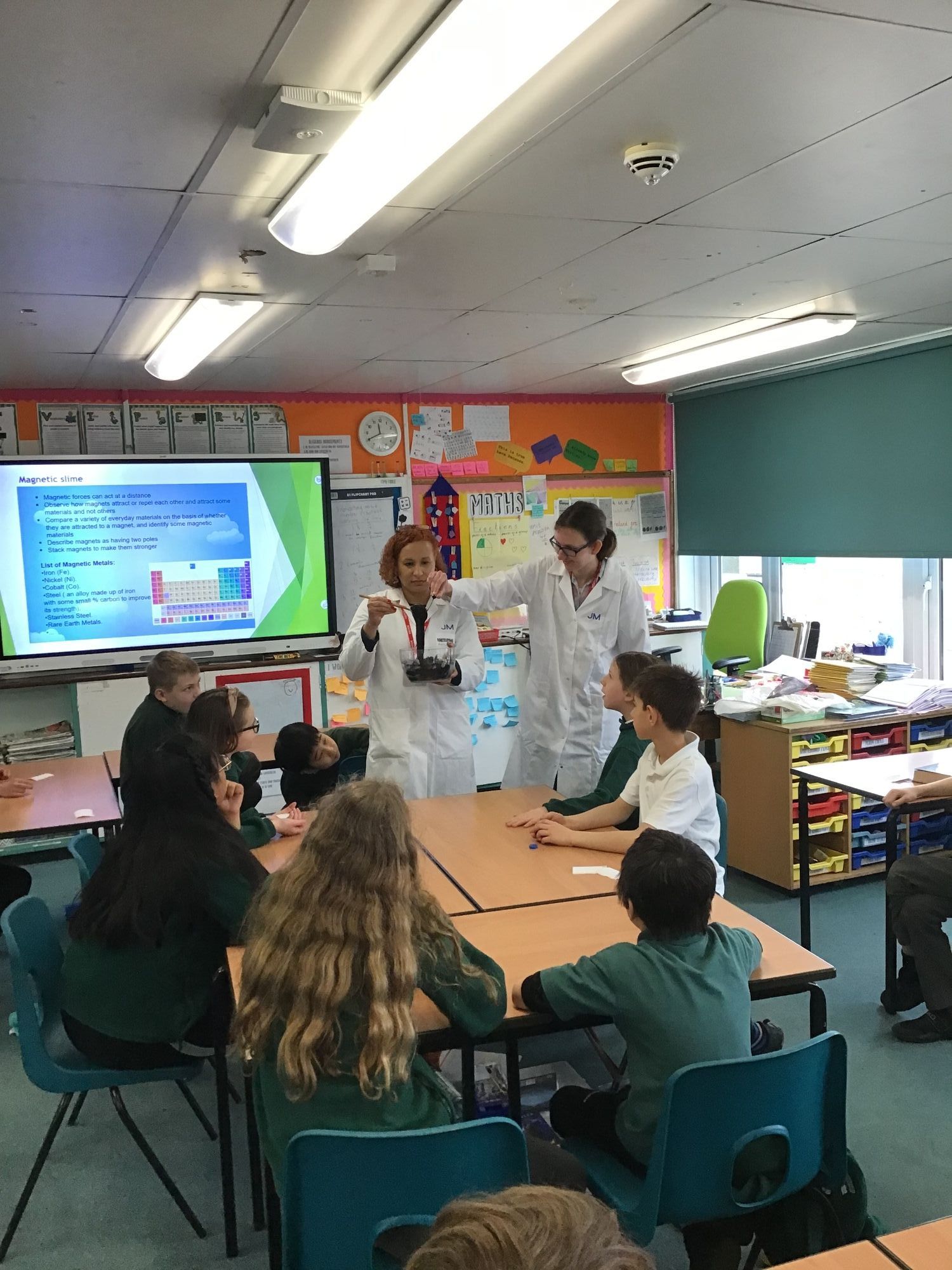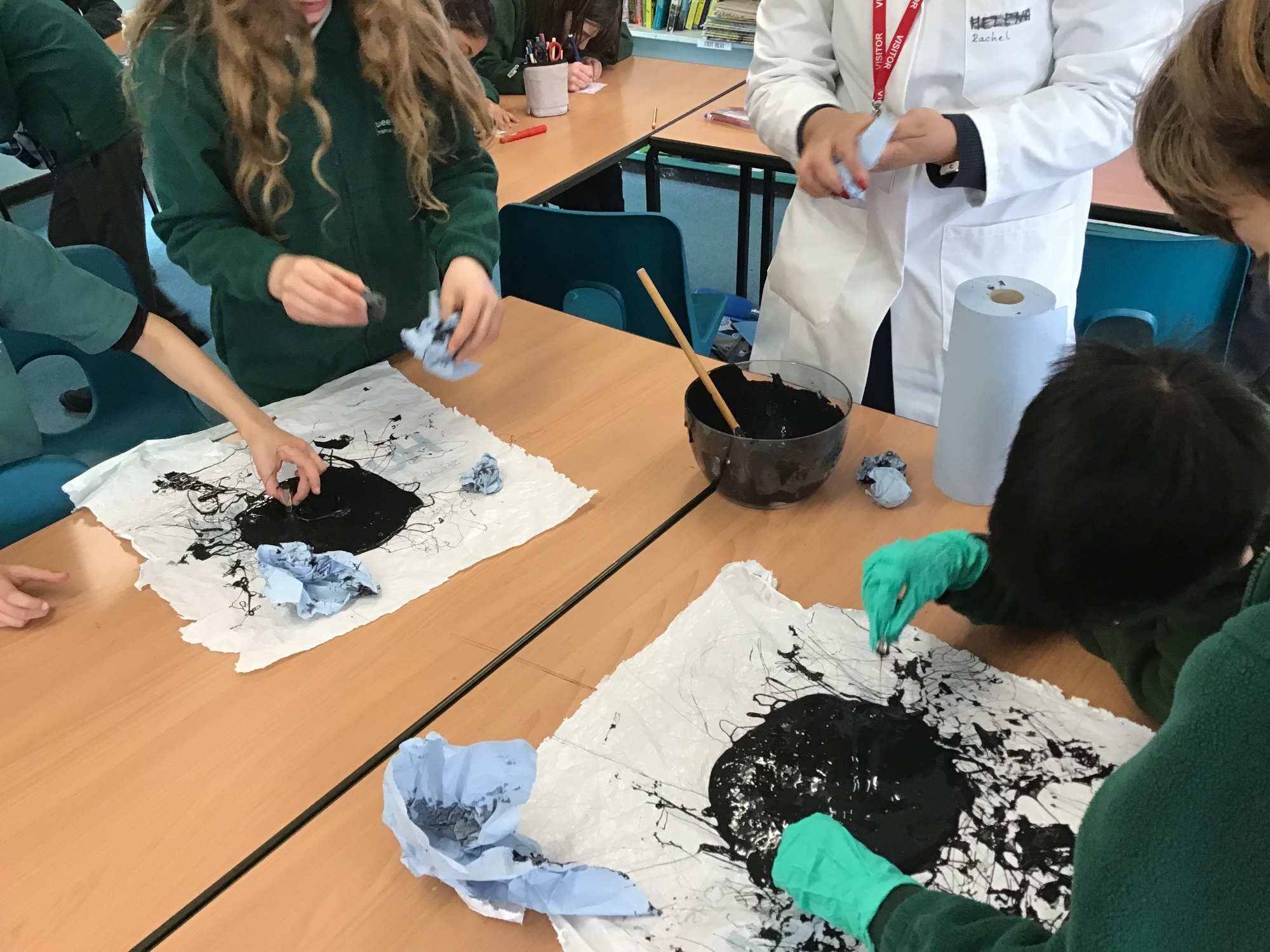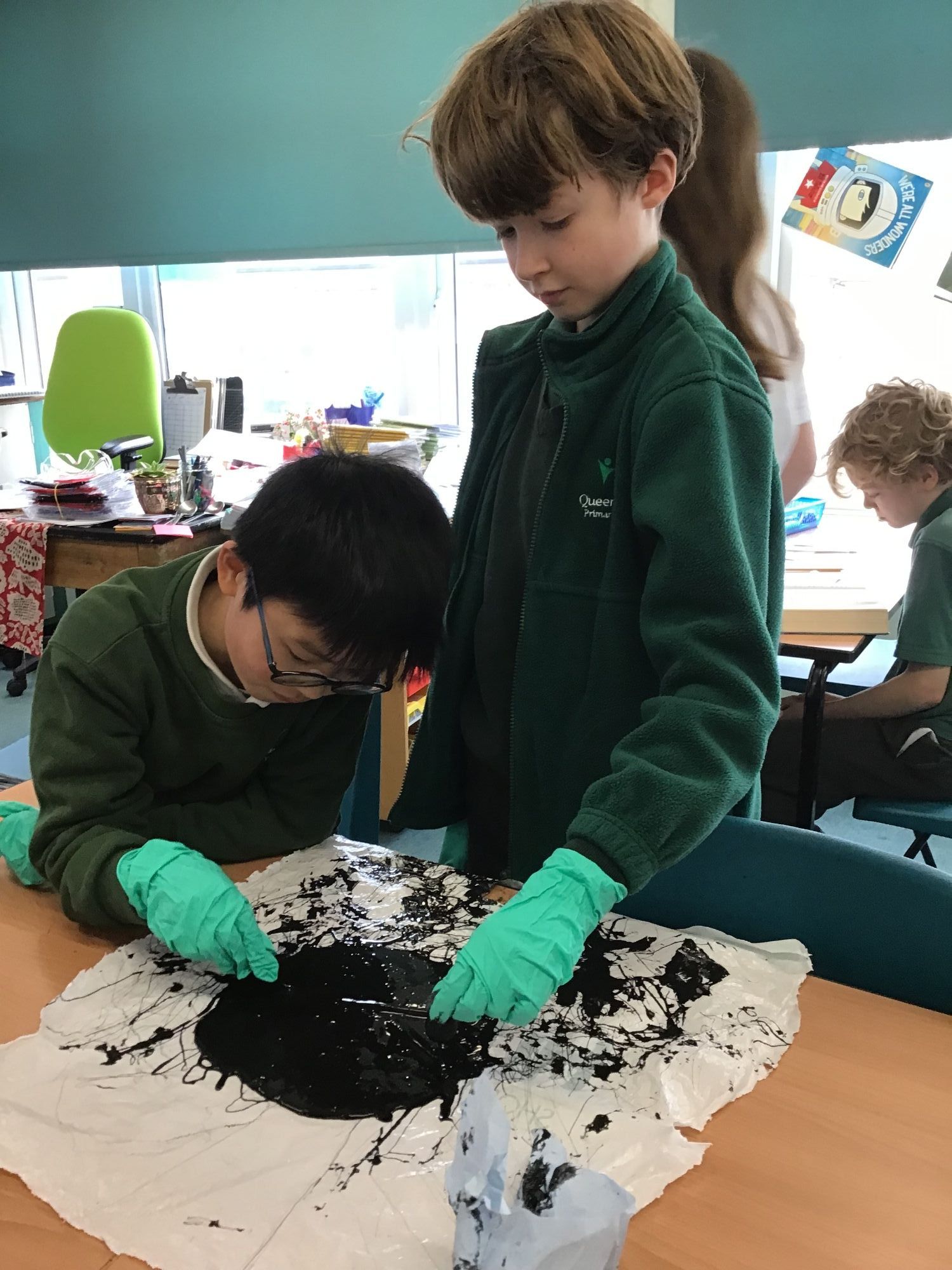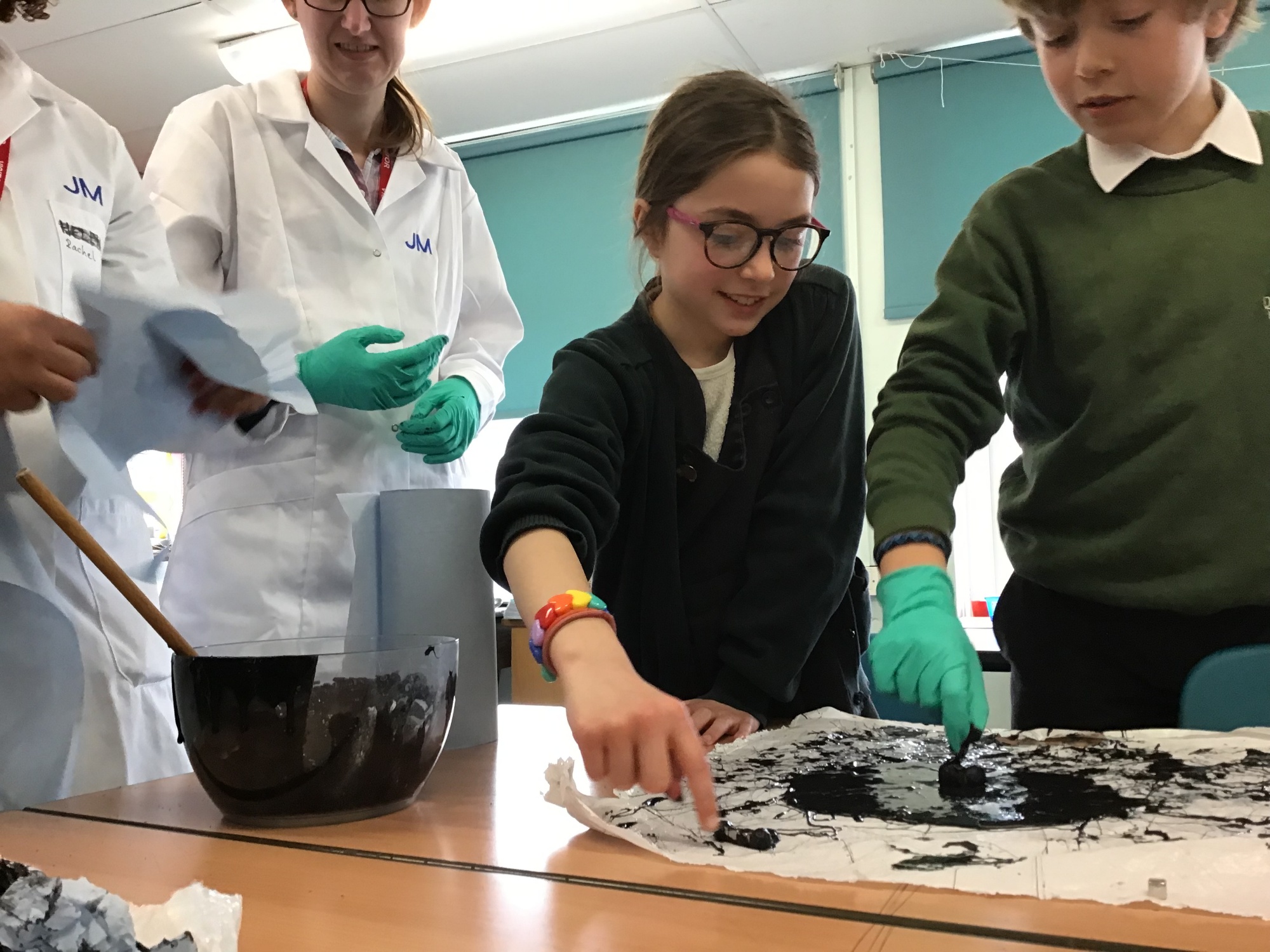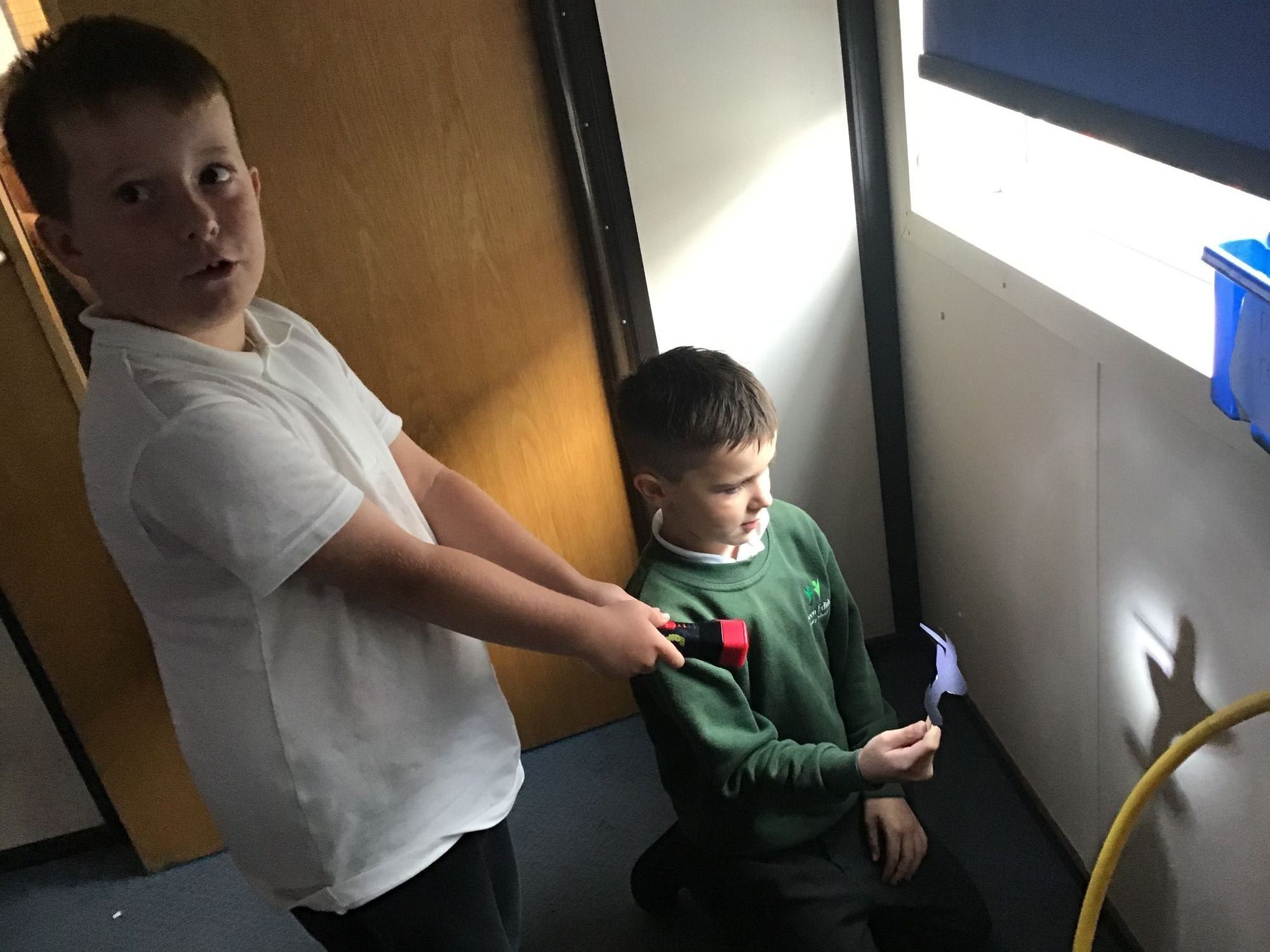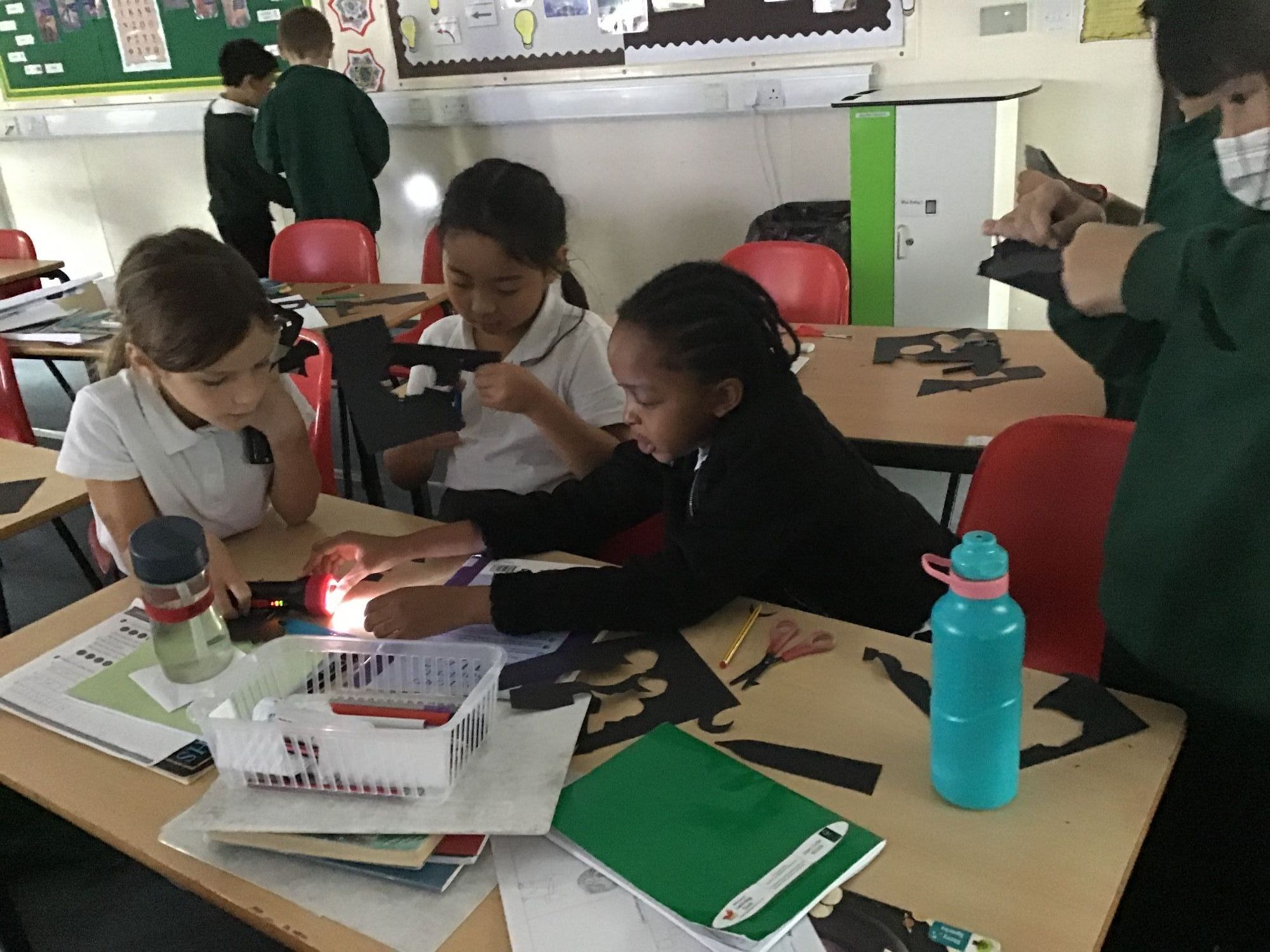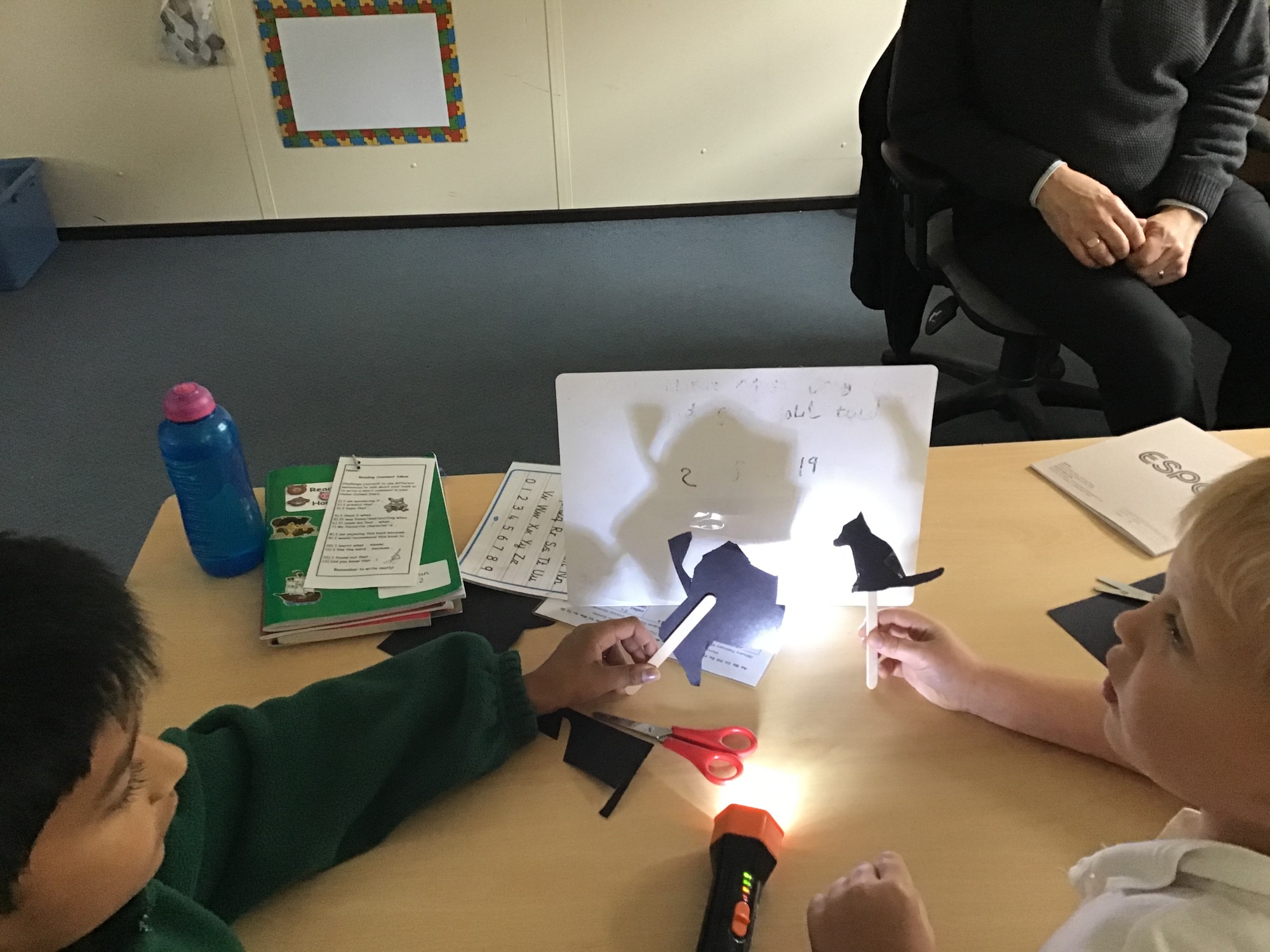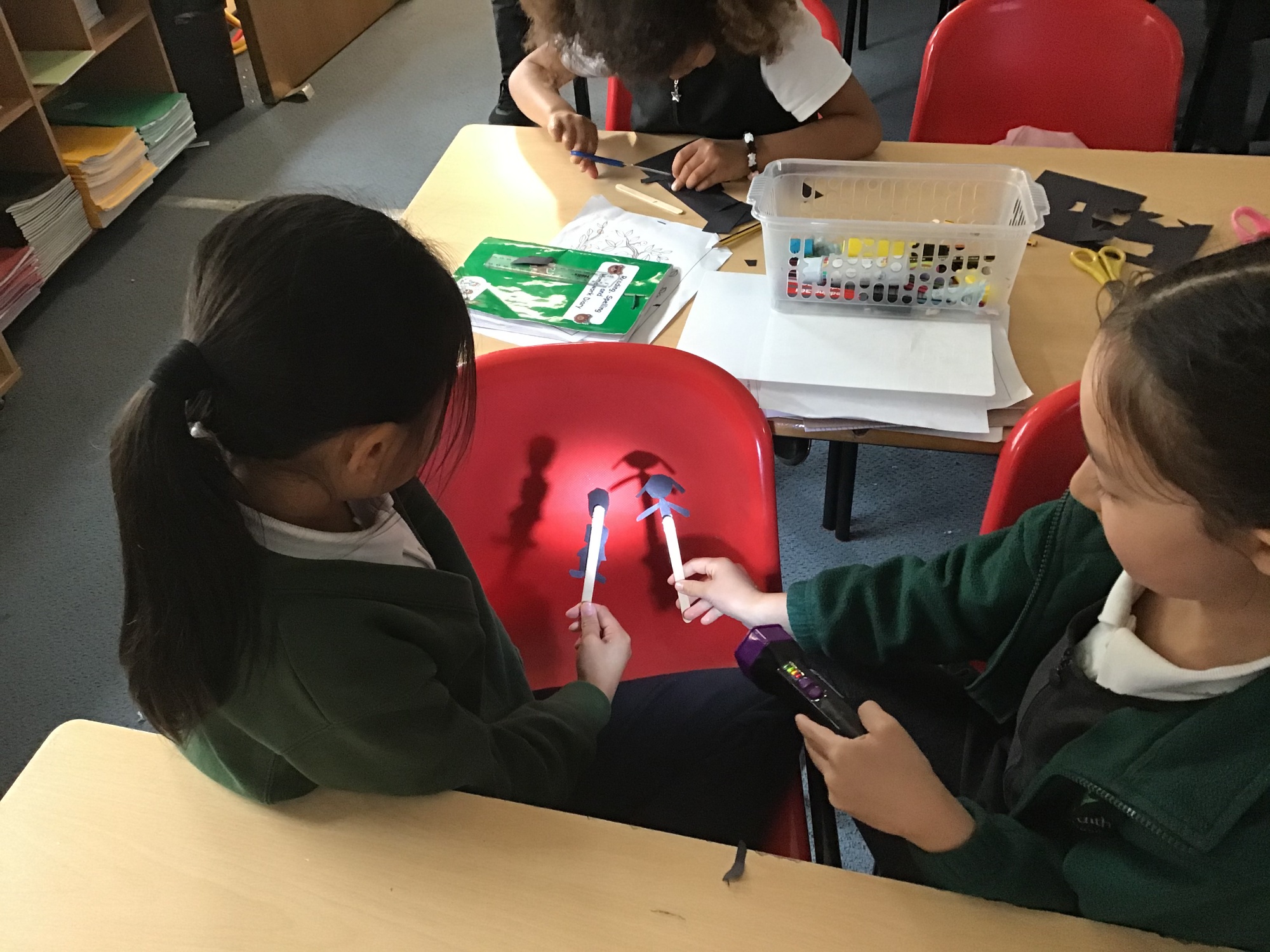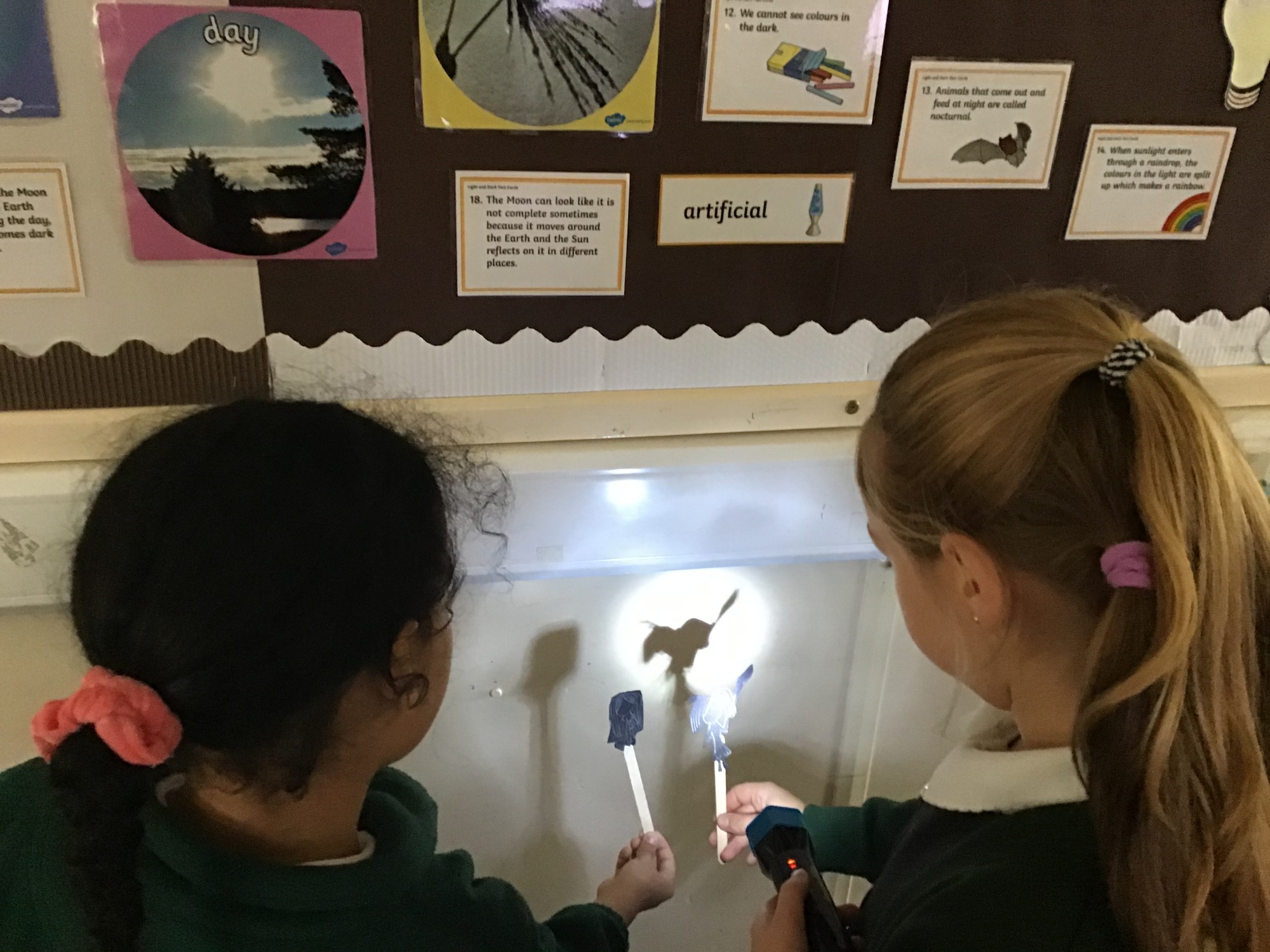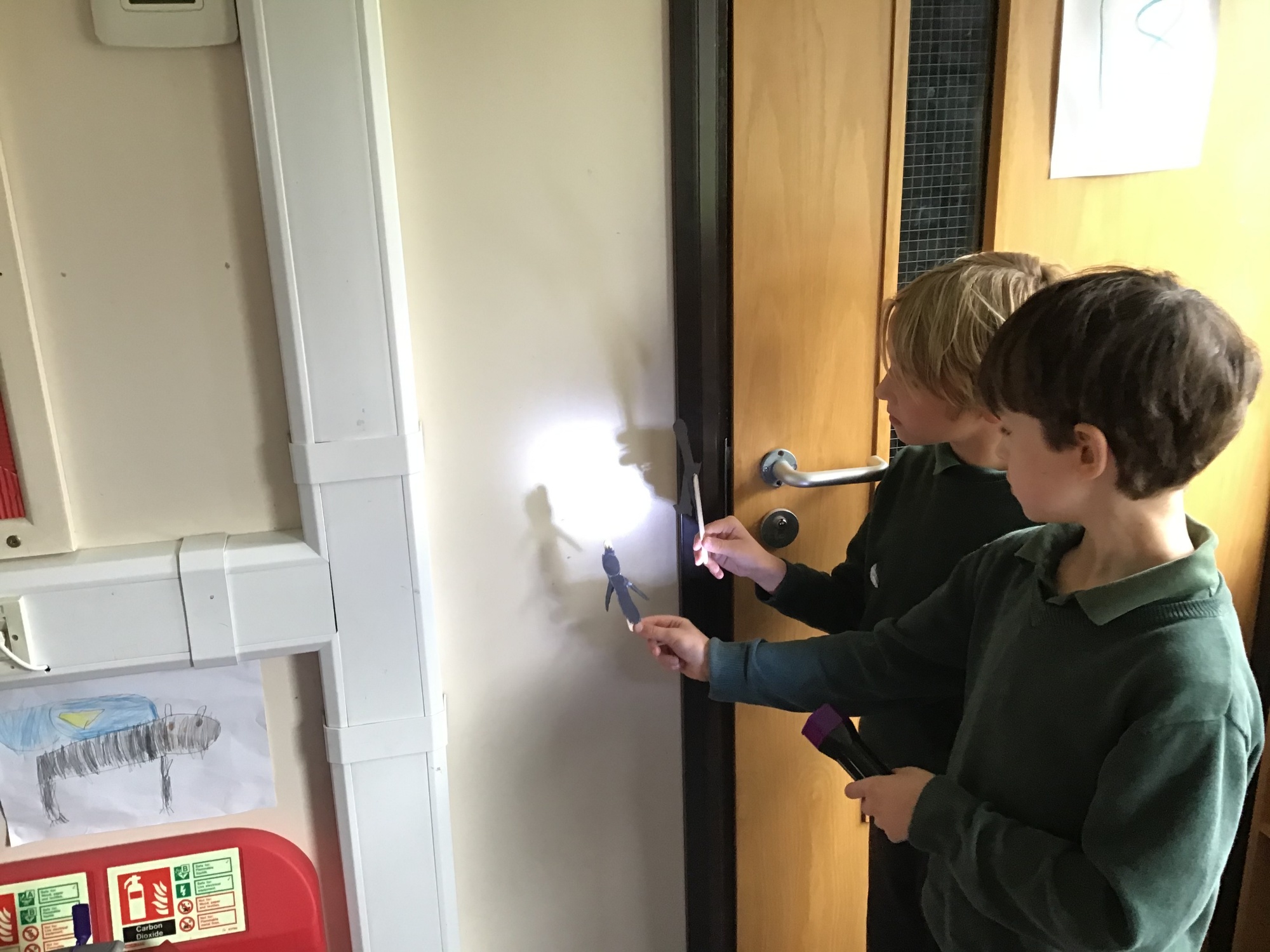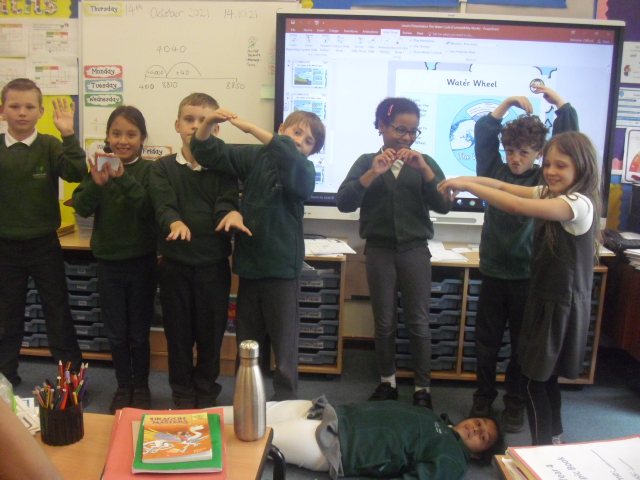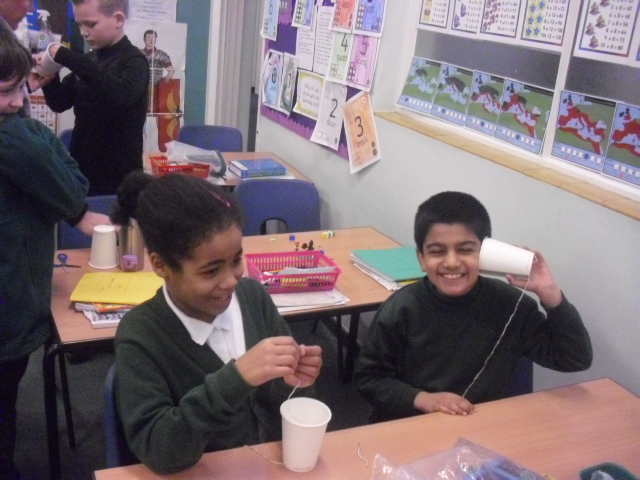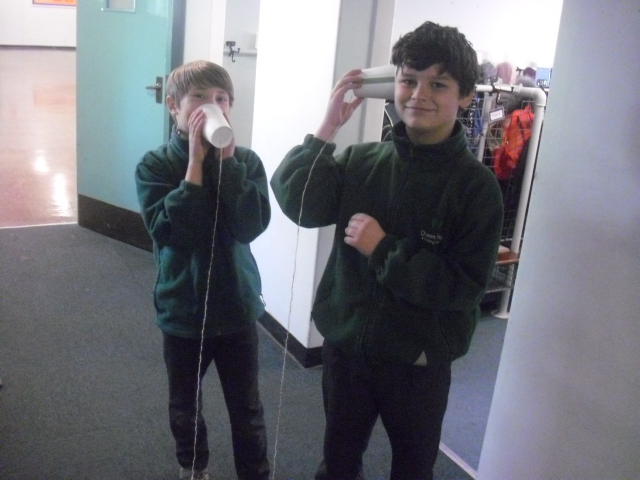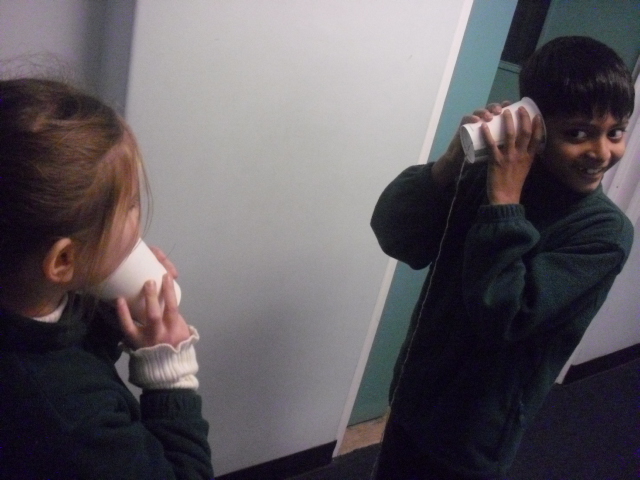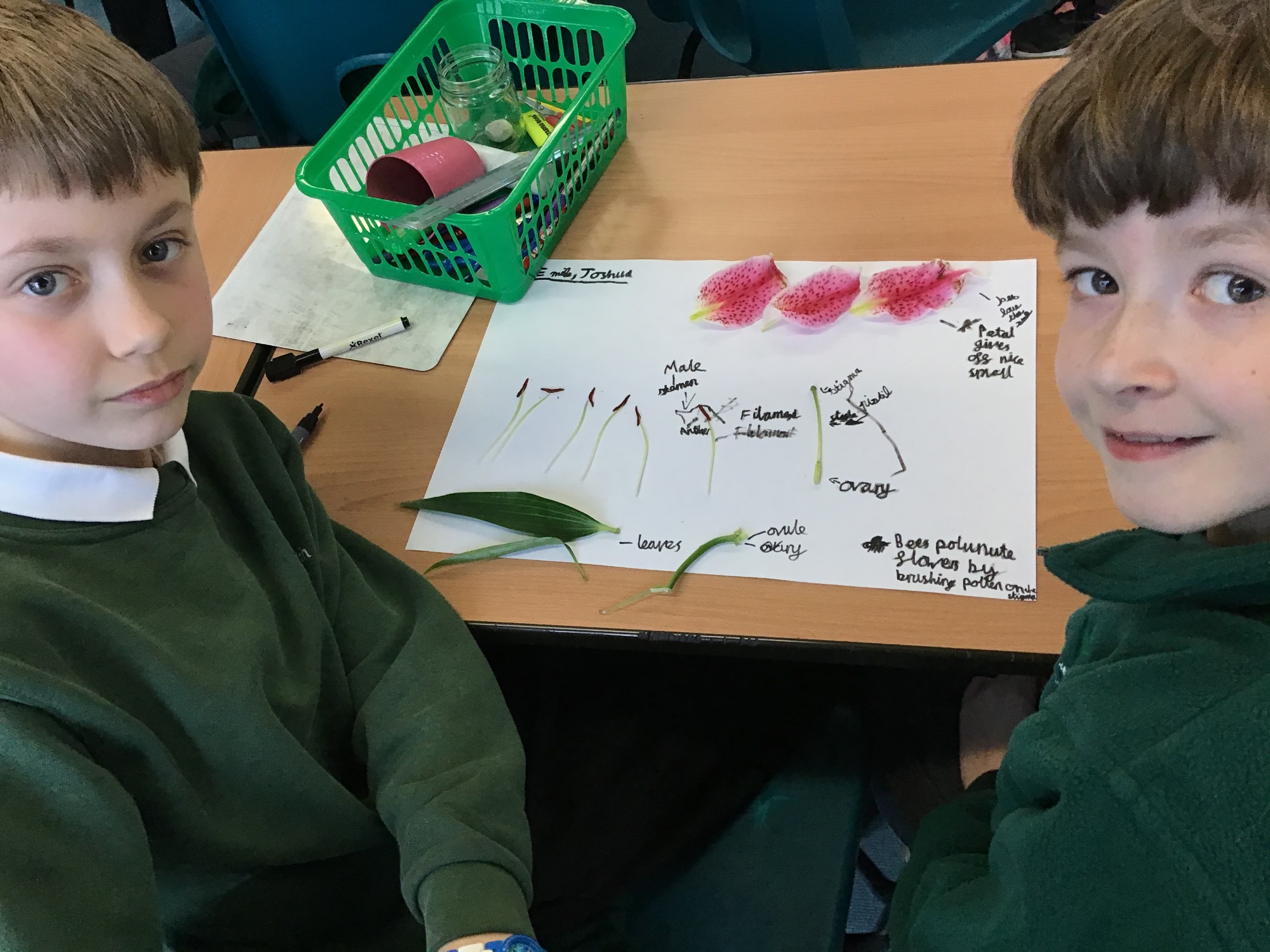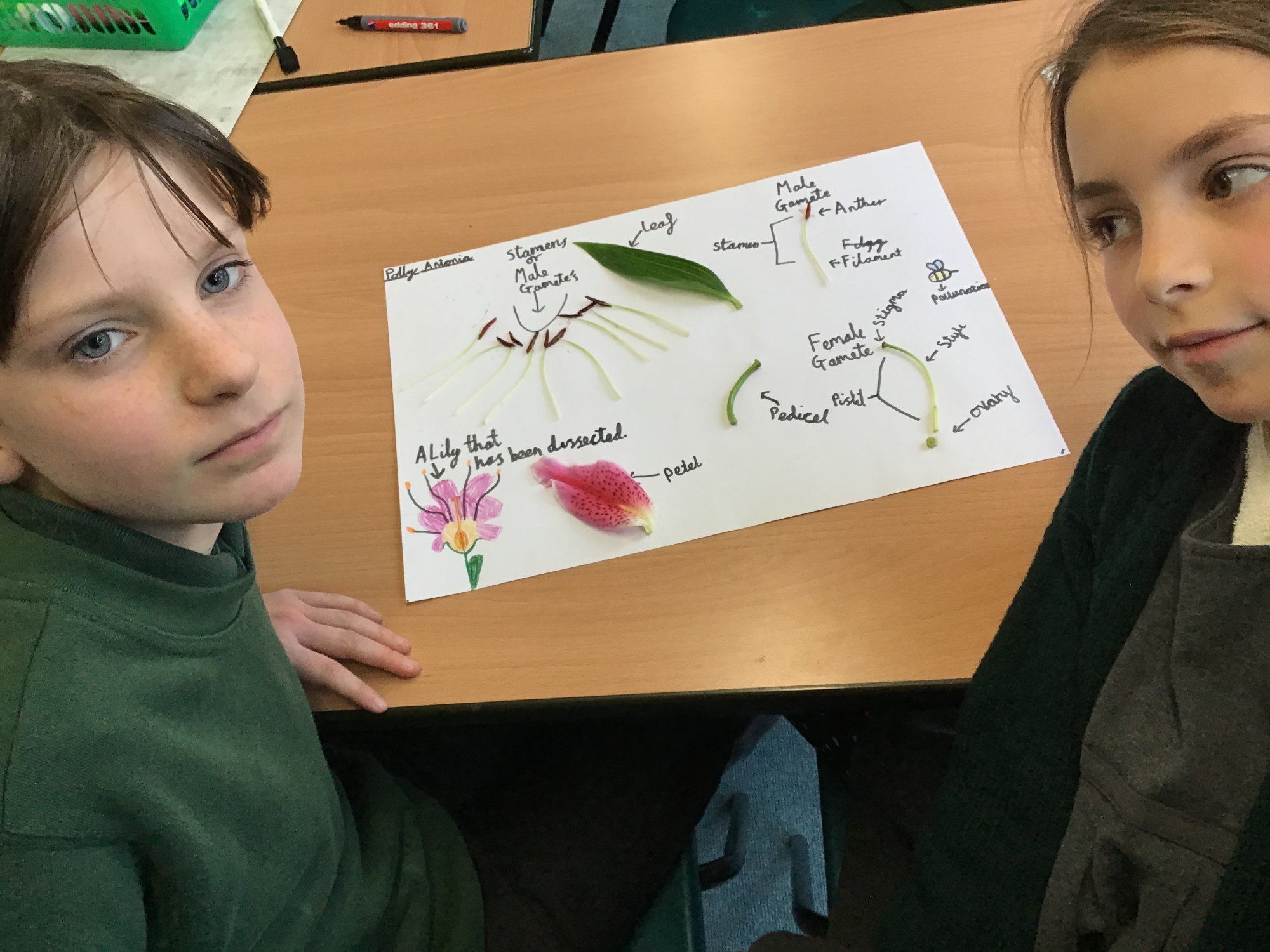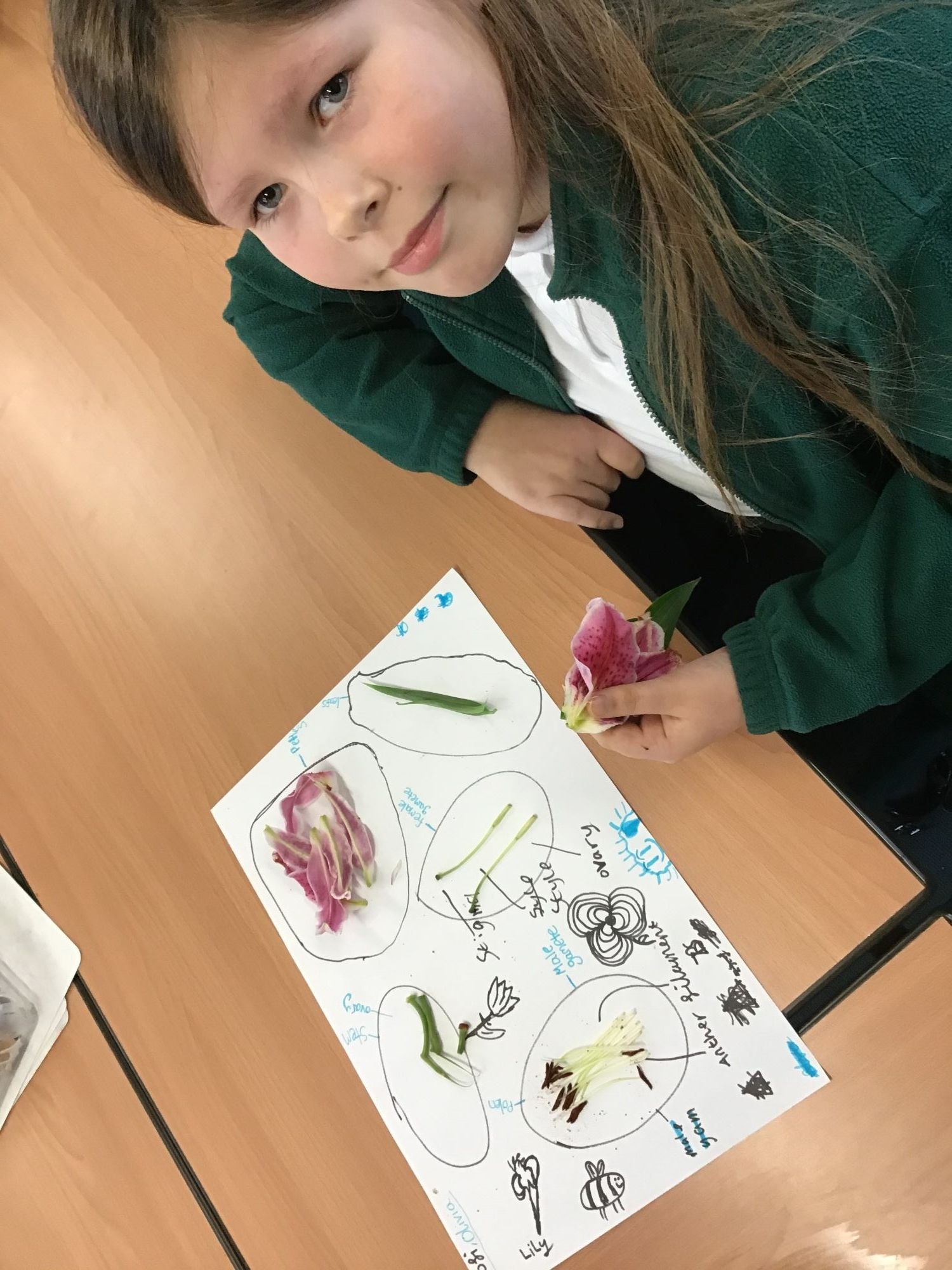Science
Queens’ Federation: Science Subject Statement
Intent
At the Queens’ Federation we aim to foster ‘Learning for Life.’
We will provide a rich, relevant and inspirational curriculum that promotes a lifelong love of learning and equips our pupils with the key knowledge and understanding, skills and personal qualities that they will need to thrive in a rapidly changing world. Our curriculum is designed to be relevant to our children and is linked to the context of our school and the local community.
At the Queens’ Federation, it is our aim to provide a high quality science curriculum that provides pupils with a strong understanding of the world around them whilst acquiring specific skills and knowledge to help them think scientifically and develop scientific enquiry skills. Our curriculum will enable pupils to become enquiry based learners collaborating through researching, investigating and evaluating a wide range of experiences.
Pupils will be encouraged to understand how science can be used to explain what is occurring, predict how things will behave and analyse causes. It will provide opportunities for the critical evaluation of evidence and rational explanation of scientific phenomena as well as opportunity to apply wider curriculum knowledge to their understanding of science, including collecting, presenting and analysing data. Pupils will be immersed in scientific vocabulary, which supports the acquisition of scientific knowledge and understanding.
Implementation
Encouraging children to ask questions, allowing them to indulge their curiosities and build on their abilities to find scientific answers by both logical enquiry and keen observation is at the heart of teaching and learning in science at the Queens’ Federation. Scientific enquiry skills are embedded into each topic that the pupils study. Topics are revisited and developed throughout their time at school allowing pupils to build upon their prior knowledge and increase their understanding of all areas of science.
At the Queens’ Federation, our science curriculum is enriched through the use of cross-curricular links which make learning purposeful and relevant. We endeavor to provide regular on and off site science related experiences and provide opportunities to learn outdoors where appropriate, making learning relevant to our local area. We further supplement our curriculum with engaging science events and by utilising experts from within the local and wider community.
We view assessment as a holistic process, which takes place in every lesson through observation of, in questioning and in conversation with pupils and in the production of written outcomes. Science assessment criteria set out the key knowledge and skills that a pupil should achieve at the end of each unit of work.
Impact
At the Queens’ Federation pupils will develop a sense of excitement and curiosity about science. Our curriculum provides them with the necessary skills and knowledge to become young scientists and builds foundations for understanding the world that they can take with them once they complete their primary education. Pupil outcomes evidence a broad and balanced science curriculum and at the end of each year, pupils achieve age related expectations and retain the knowledge and skills learnt from each unit of work.
Yearly Overview
| Autumn | Spring | Summer | |
|---|---|---|---|
|
EYFS |
Where does our food come from? Seasonal changes. Nocturnal animals. Light and dark. Planting bulbs. |
Freezing and melting. Seasonal changes. Animals in cold climates. Floating and sinking. Growing |
Materials. Seasonal Changes. Minibeasts. Animal Habitats |
| Y1 | Everyday materials. Seasonal Change. | Living things: Animals inc. humans. Seasonal Change. | Living things: Plants. Seasonal Change. |
| Y2 | Plants. Uses of materials. | Materials: Investigating uses of materials. Animals: Including humans. | Living things and their habitats. |
| Y3 | Light and dark. Forces and magnets. | Animals: Including humans. Investigations. | Rocks and soil. Plants. |
| Y4 | Living things and their habitats. Teeth and digestion. | Electricity. Sound. | Investigations. States of matter. |
| Y5 | Properties and changes in materials. | Living things and their habitats. Animals: Including . | Space. Forces. |
| Y6 |
Living things. Evolution and Inheritance (Plants) Living things. Evolution and Inheritance (Animals) |
Animals including humans (Circulatory system) Animals including humans (Diet and Exercise) |
Electricity / Light |
Science at Queen Edith is very “hands on” and children are encouraged to “Work Scientifically” during each and every topic. As such they develop a variety of important skills including the ability to plan, observe and evaluate. They become accustomed to using a variety of tools and equipment and over time become adept at presenting and explaining their findings. Investigating is at the heart of Science and Queen Edith children know we value their thinking.
Academic Year 2023-2024
The children experienced a very active and insightful assembly from a dental assistant last week. By the end of the assembly, we had all learnt something new, particularly 'spit don't rinse' after brushing your teeth.
Year 5
Last year, our Year 5 classes were fortunate enough to be part of a project with Astra Zeneca. Local schools contributed to a giant mosaic that is on display at the new DISC centre, based at Addenbrookes.
Ms. Simmons and Mrs. Santocchini were invited to the big reveal and were amazed but the art work, which is made of over 1000 origional pieces of artwork. The STEM Community Art Project is open to the public, if you wish to see it first hand.
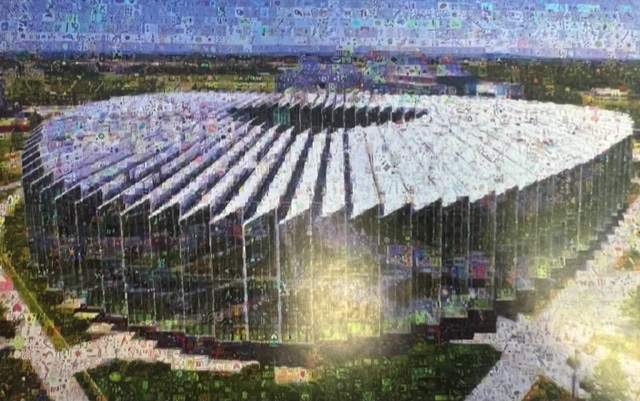
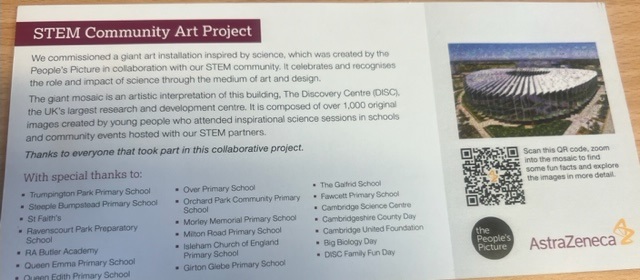
Reception
Reception really enjoyed our visit from the Animal experience. They loved seeing all the animals such as Elmer the tenrec, scooby the meerkat, Shelby the tortoise and milkshake the milksnake . We learnt about which animals were nocturnal and which hibernate.
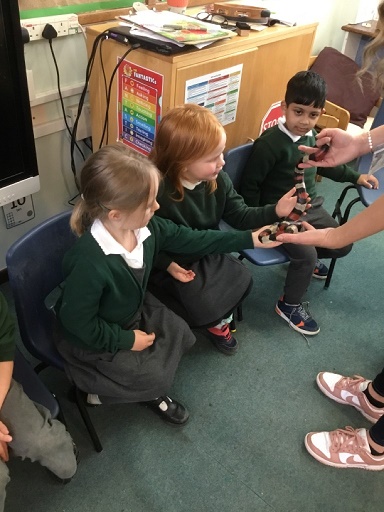
Year 2
The children have been exploring different types of materials in science. We have been learning new terms such as transparent, opaque and absorbent, which can be used to describe materials. The children have been learning about what materials everyday objects are made out of.
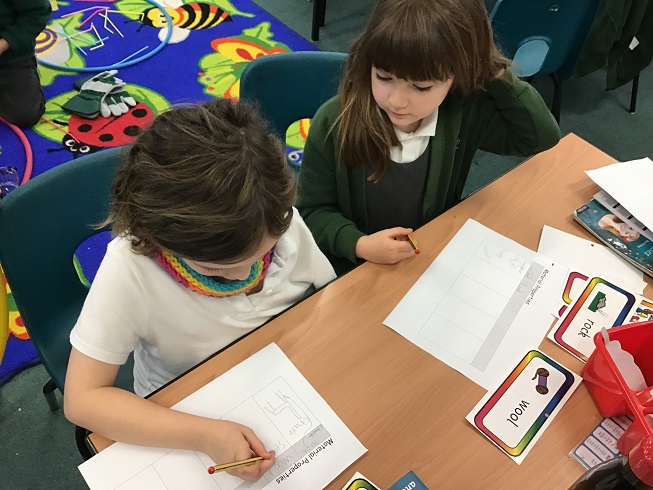
In science, the Year 2 children learnt about seeds and plants. They found out that seeds need soil, water, air, light and warmth to germinate. The children planted bean seeds and kept a diary of their observations as their plants grew.
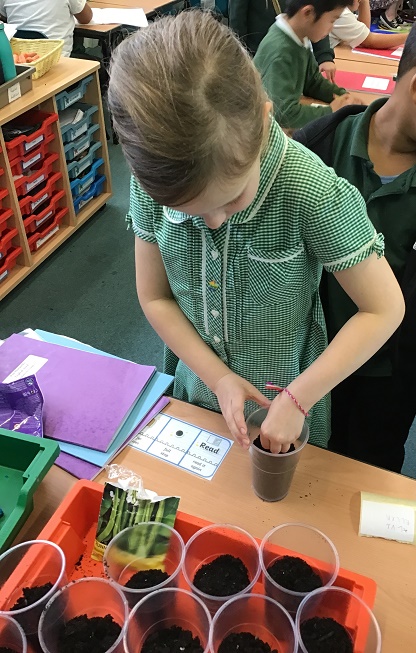
Year 3
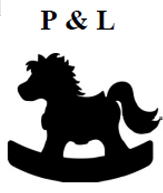
In Science this half term, Year 3 are kindly helping a toy company with its research in testing out new ideas for their future products. The first task was to investigate different surfaces on a ramp to see how that would affect the movement of a toy vehicle travelling down it. After conducting a fair investigation, the children discovered that rough surfaces slowed down the toy vehicle and it travelled a lesser distance than a smooth surface! This was due to the rough surfaces having more friction than smooth surfaces. The children are looking forward to investigating other ideas for the toy company over the coming weeks!
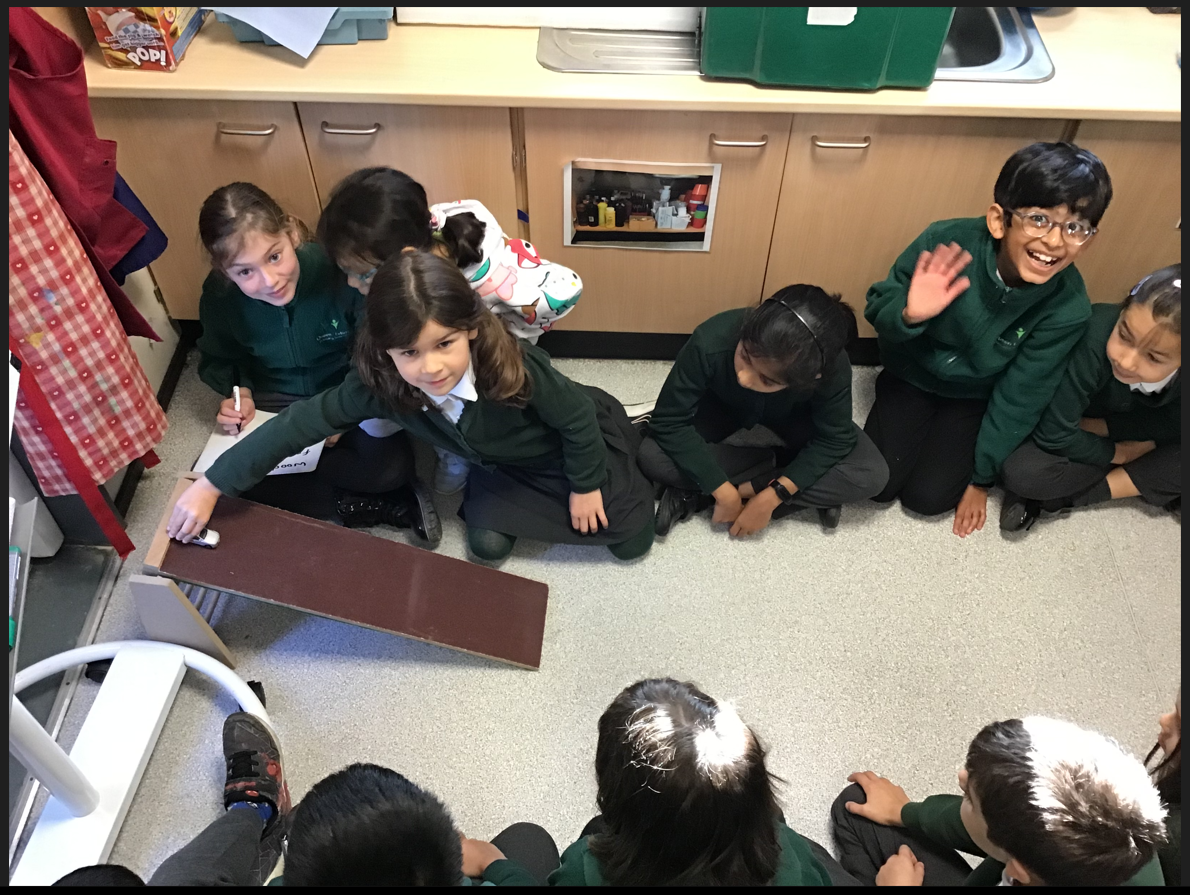
Academic Year 2022-2023
Science Talks
We are pleased to share the link to our first home grown science podcast with you called Science Talks.
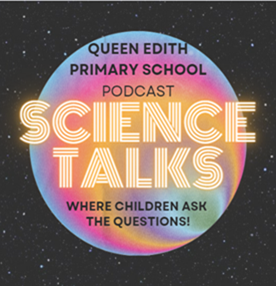
This is the Queen Edith Primary School Science podcast, where scientists in our local community discuss topics that matter. We ask our experts about curriculum content, and they unpick the facts and guide us in a clear and engaging way. We encourage curiosity, and our children get to pose the questions they really want answers to. Tune in to find out.
Episode 1 - CLOSE TO THE BONE - A Pediatric Orthopedic Surgeon, Kuldeep Stohr, from Addenbrookes Hospital gives us an insight into our skeletons and reveals how she fixes bones, how our bones grow and how heredity affects them. We learn about her challenges, how to look after our bones, discuss whether Skele-Gro will exist one day, and even find out about her most gruesome operation.
Episode 2 - FOOD FOR THOUGHT - A Specialist Pancreatic Dietitian, Laura McGeeney, from the Department of Nutrition and Dietetics at Addenbrookes Hospital reveals the truth about maintaining a healthy and balanced diet. She also explains how our digestive system really works and how we can look after it. We discover how big the small intestine really is, whether swallowing chewing gum is a problem and the myths about super foods.
Academic Year 2022-2023
Nursery
Science in Nursery is part of our Understanding the World area of learning. Children use their senses to explore natural materials and talk about what they see. Children enjoy exploring how things work and making large structures in our outdoor loose parts play area. They enjoy digging and creating in our mud kitchen. Through the year, children have enjoyed planting plants and bulbs. They take turns to water and care for our plants and seeds in our planting area.
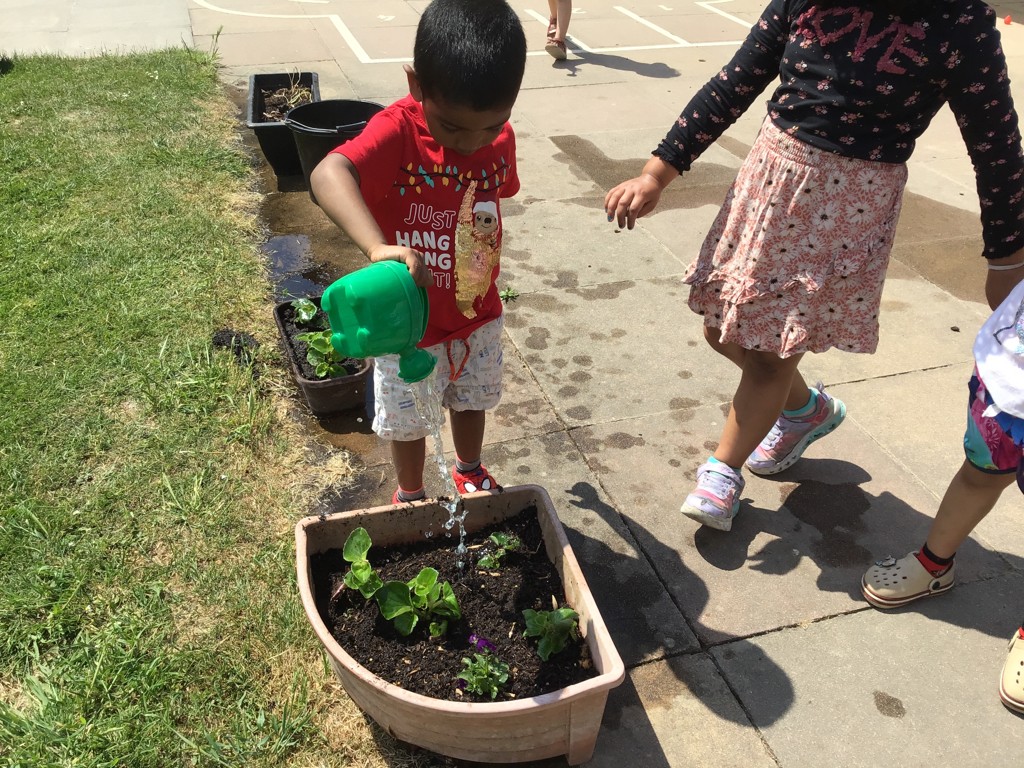
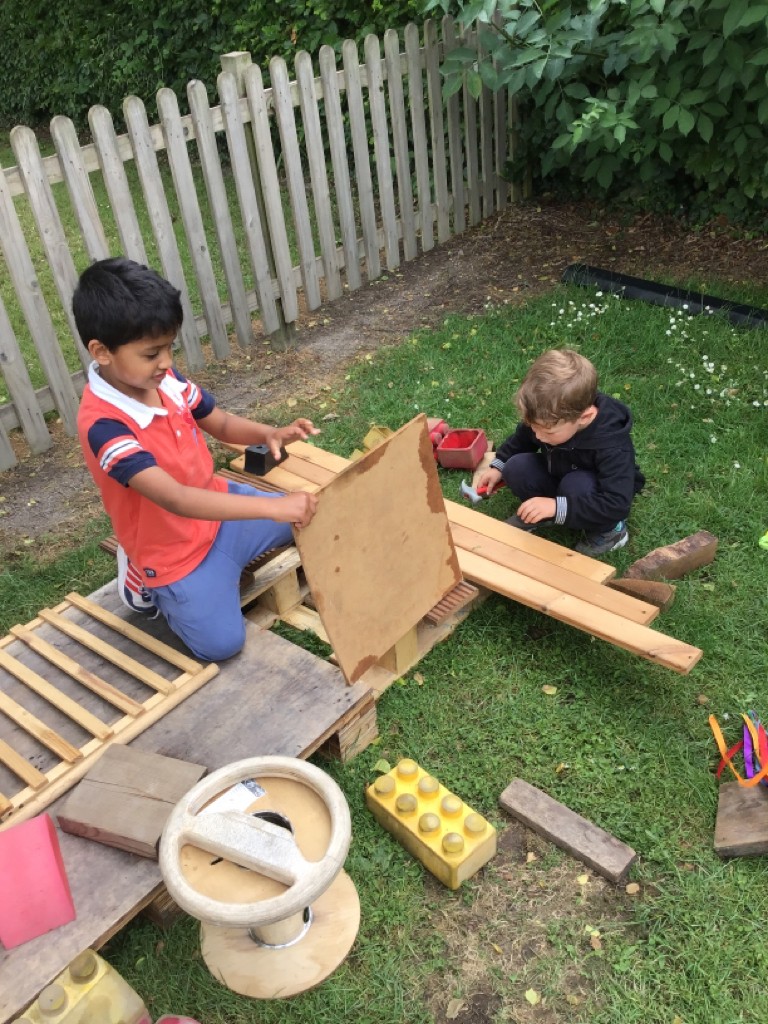
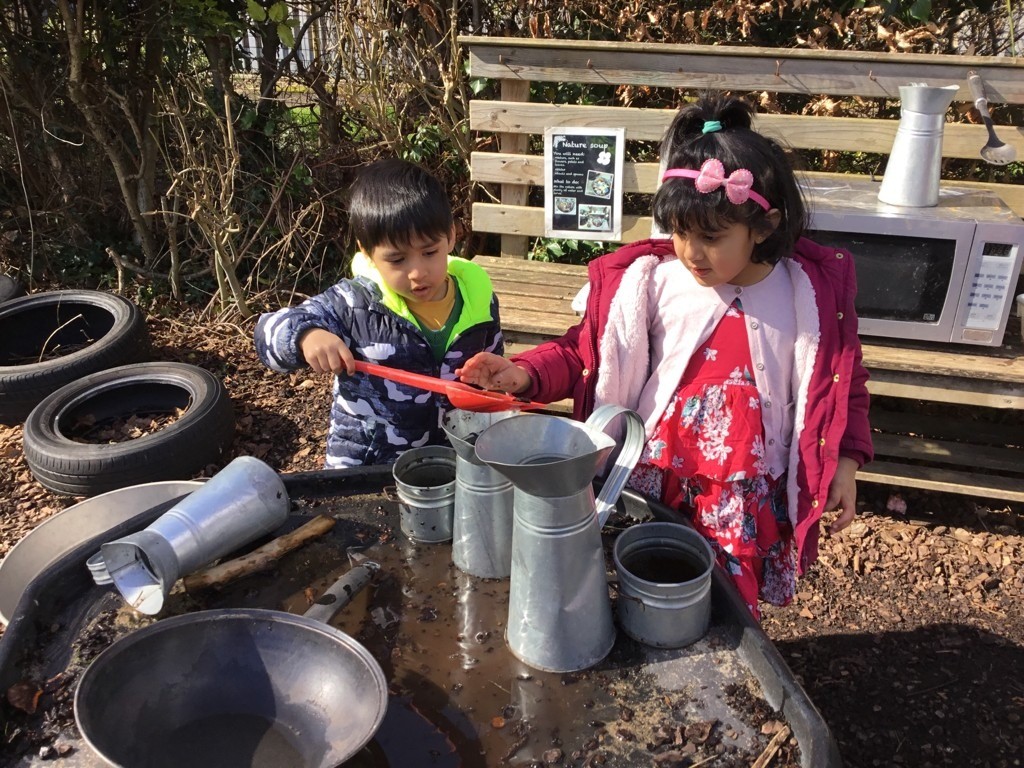
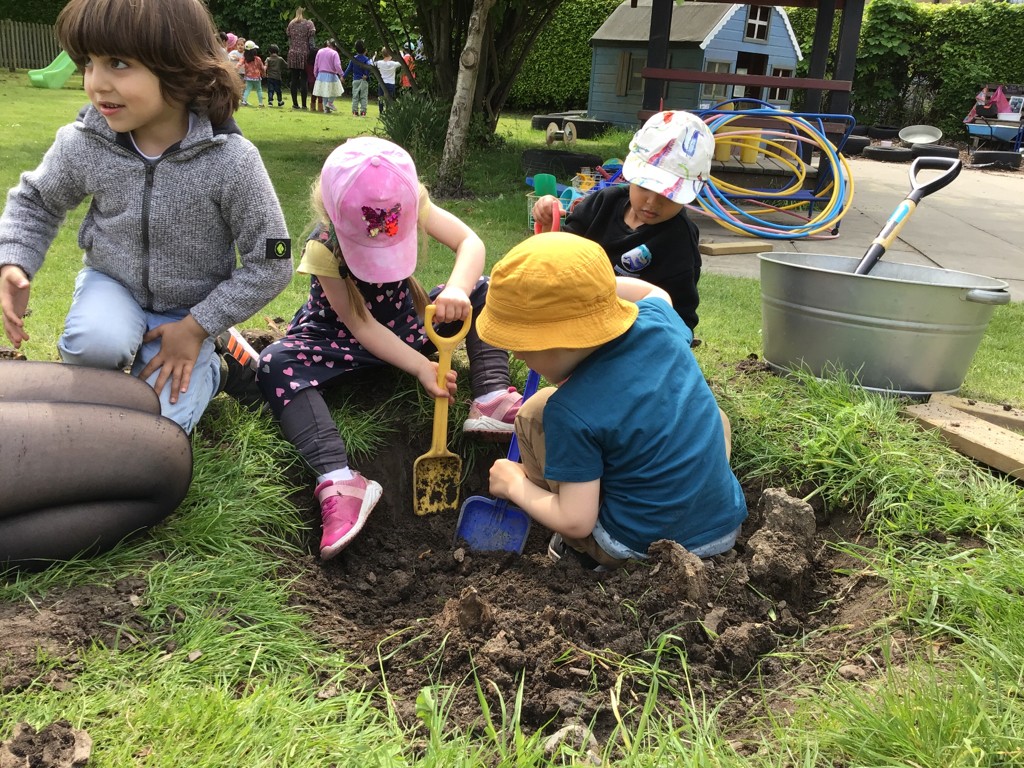
Year 2
In science, Year 2.1 planned and made their own bug hotels. The children collected different resources to put in their microhabitats, such as fallen leaves, twigs and pinecones. They worked in small groups to create 2 different microhabitats, thinking about which minibeast would be attracted to each microhabitat and why. The children also talked about the ways they could make their experiment fair, so that the results are reliable. They are excited to monitor their hotels in their chosen locations over the next couple of weeks.
In Science, the children in 2.1 have been making their own bug hotels. They have found different resources to put in their microhabitats, such as fallen leaves, twigs and pinecones. The children worked in groups and had to create 2 different microhabitats. They will be thinking about which bugs are attracted to which microhabitats and why. The children have also been thinking about how to make their experiments fair, so that the results are reliable. They are excited to monitor them in their chosen locations over the next couple of weeks.
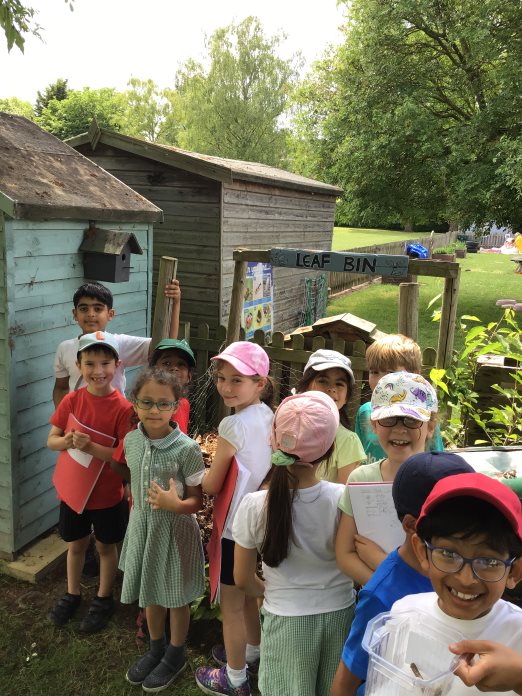
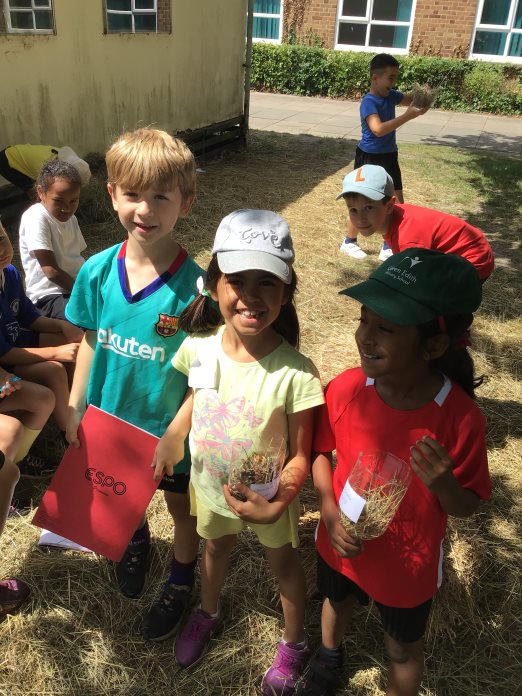
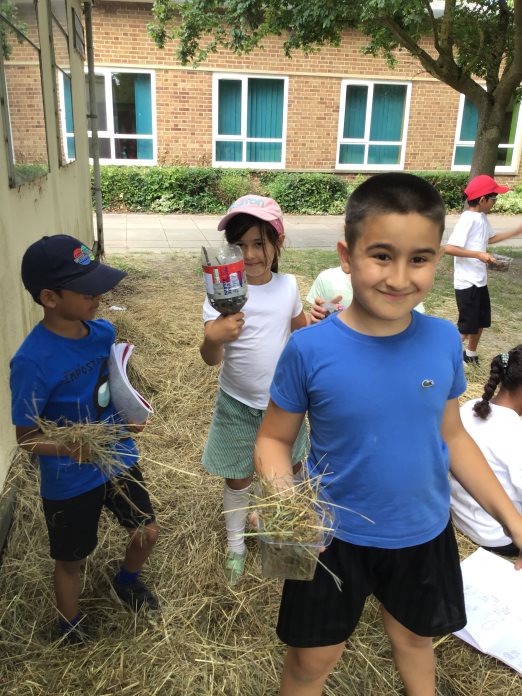
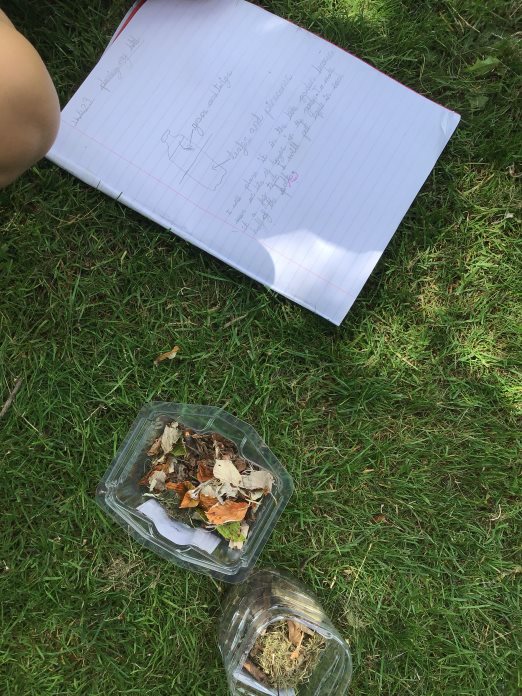
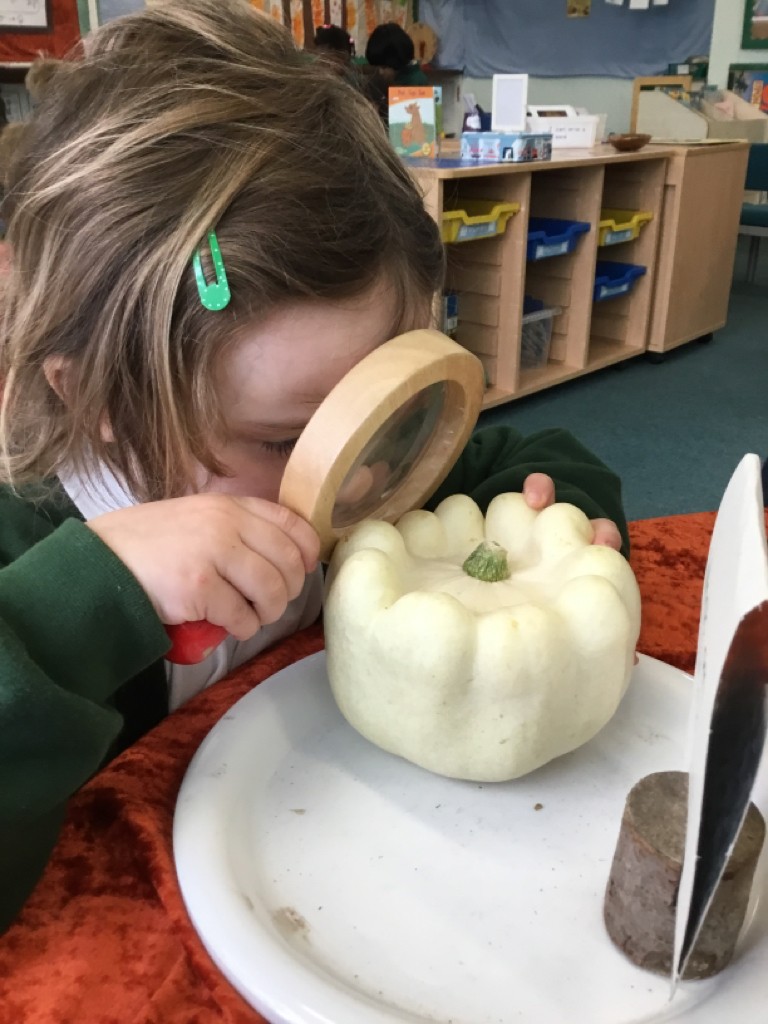
Year 3
Seed Dispersal Classification
Year 3 have been sorting plants by their method of seed dispersal this week. We looked at poppies, strawberries, coconuts, avocados, grass, water irises and peas and decided which method each one used to disperse its seeds. Can you remember which was which?
Year 3 have really enjoyed Science lessons recently. We learned about animal skeletons during Spring term and rocks and soils in the Summer term. We even recreated the rock cycle with starburst sweets!
Year 3 - Forces
Year 3 explored how the material surface of a ramp affects how far a car will journey after the ramp. They discovered that the car will travel further if the ramp material is smoother. Friction created from bumpy materials slows a car down. They investigated rigorously and ensured the same car was released from the same point on the ramp. The ramp was set to the same height each time and the same person released the car. It was also decided that the measurement be taken from the closest point of the car to the ramp. Year 3 are keen to be fair when investigating.
Year 3
Children in Year 3 enjoyed finding out about shadows and the best materials to make shadow puppets out of. Card was very successful as it is an opaque material. They also found out that shadows are bigger when the light source is closer. Also did you know, our shadows are longer in the morning and late afternoon when the sun appears lower in the sky?
Academic Year 2021 - 2022
Science Week: 14th-18th March 2022
In Nursery, we welcomed a visit from a mummy who is a Scientist. She taught us about collecting data in Science. We were given our own scientist badge. We thought about babies growing and measuring them. Then we created our own data and we sent it to the computer by placing it in the bucket and sending it along the string. We were excited to draw our own data and watch it send to the computer. We had lots of fun!
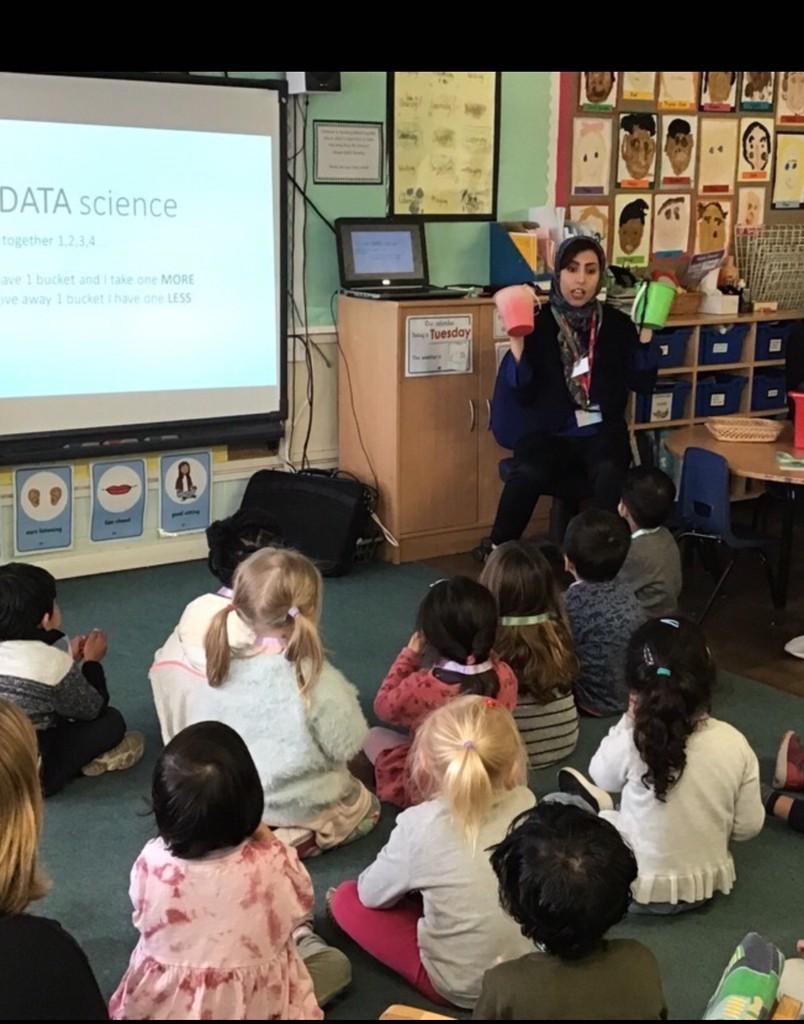
In R1, children enjoyed dressing up like scientists, exploring floating and sinking and making their own volcanoes! They have also been observing seasonal changes and growing grass and cress seeds.
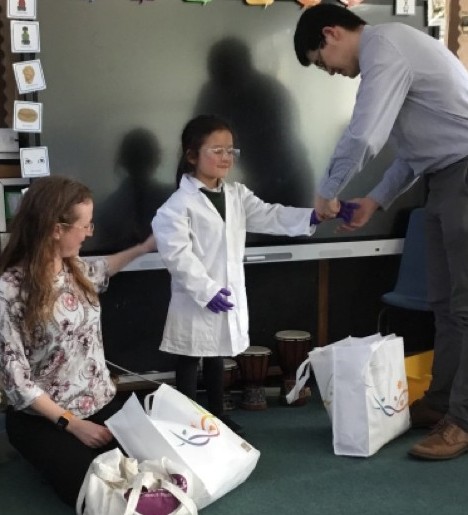
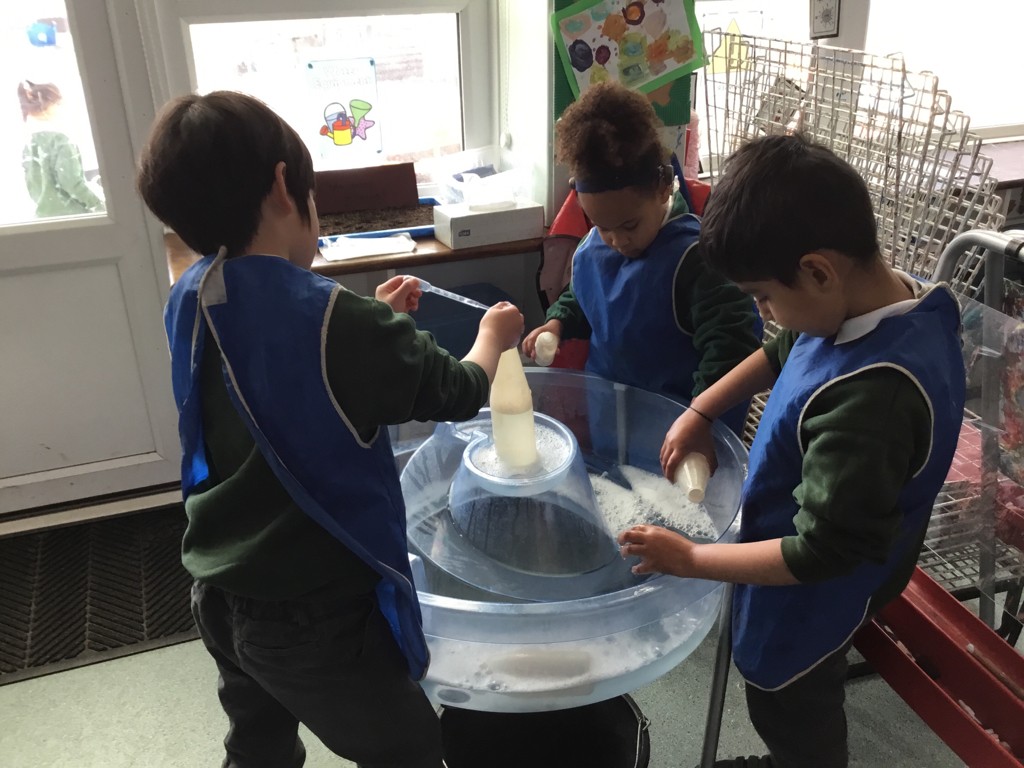
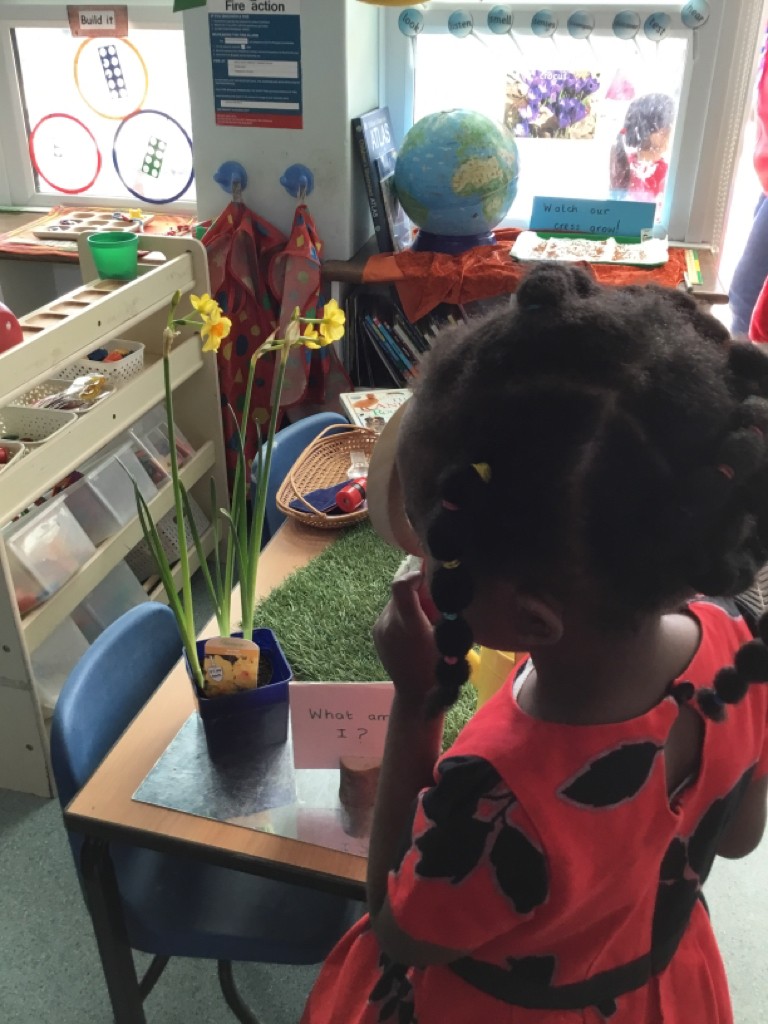
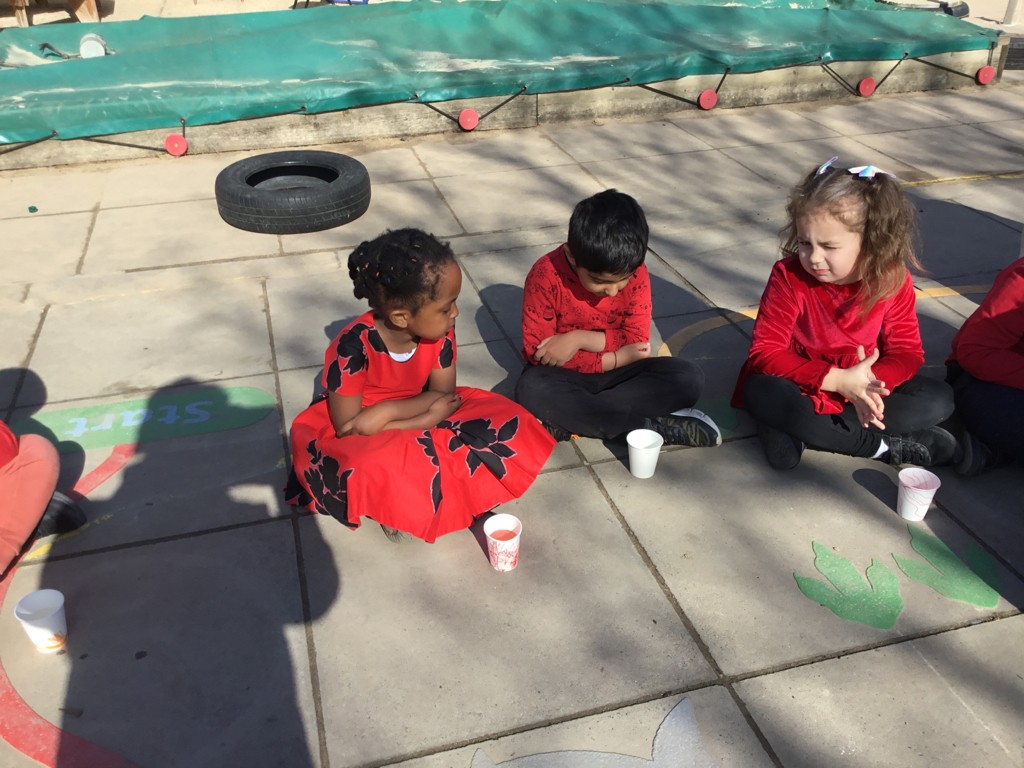
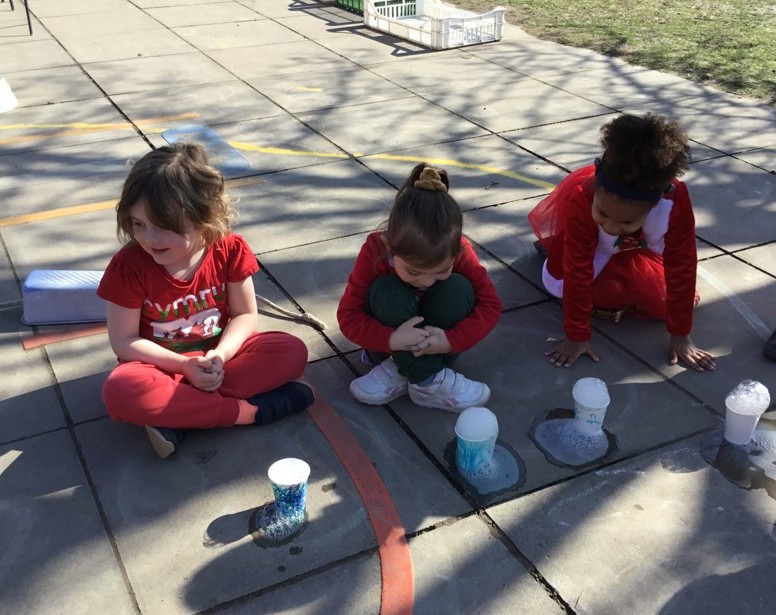
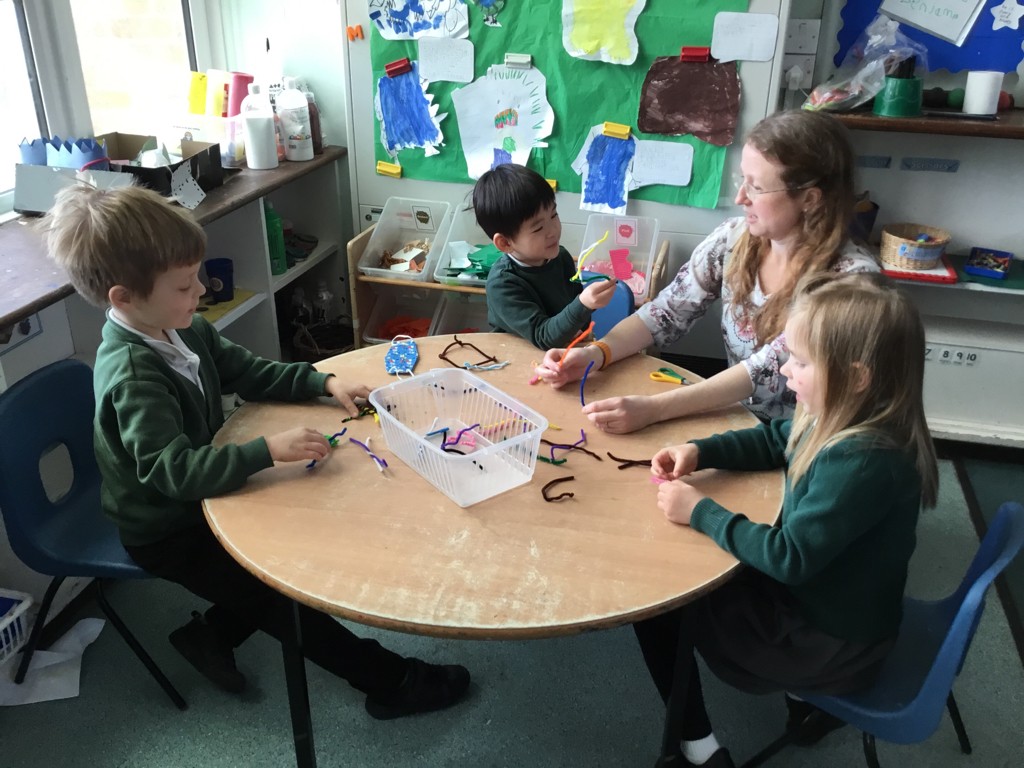
During Science Week, Year 1 had a great time learning all about air! We had a fantastic assembly where we thought about how we can get air to escape and how we can also contain air. The children really enjoyed seeing the leaf blower keeping a ball afloat.
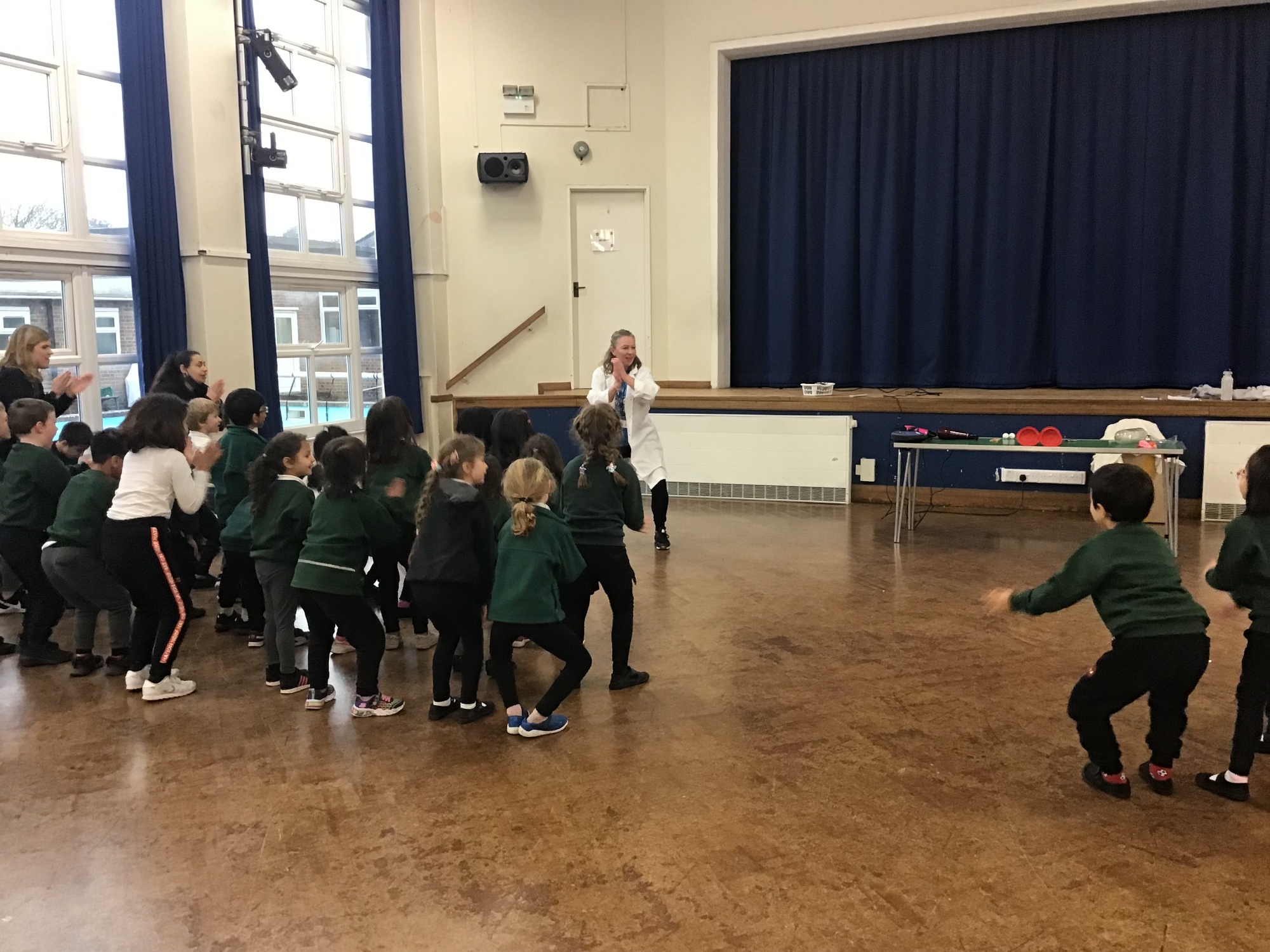
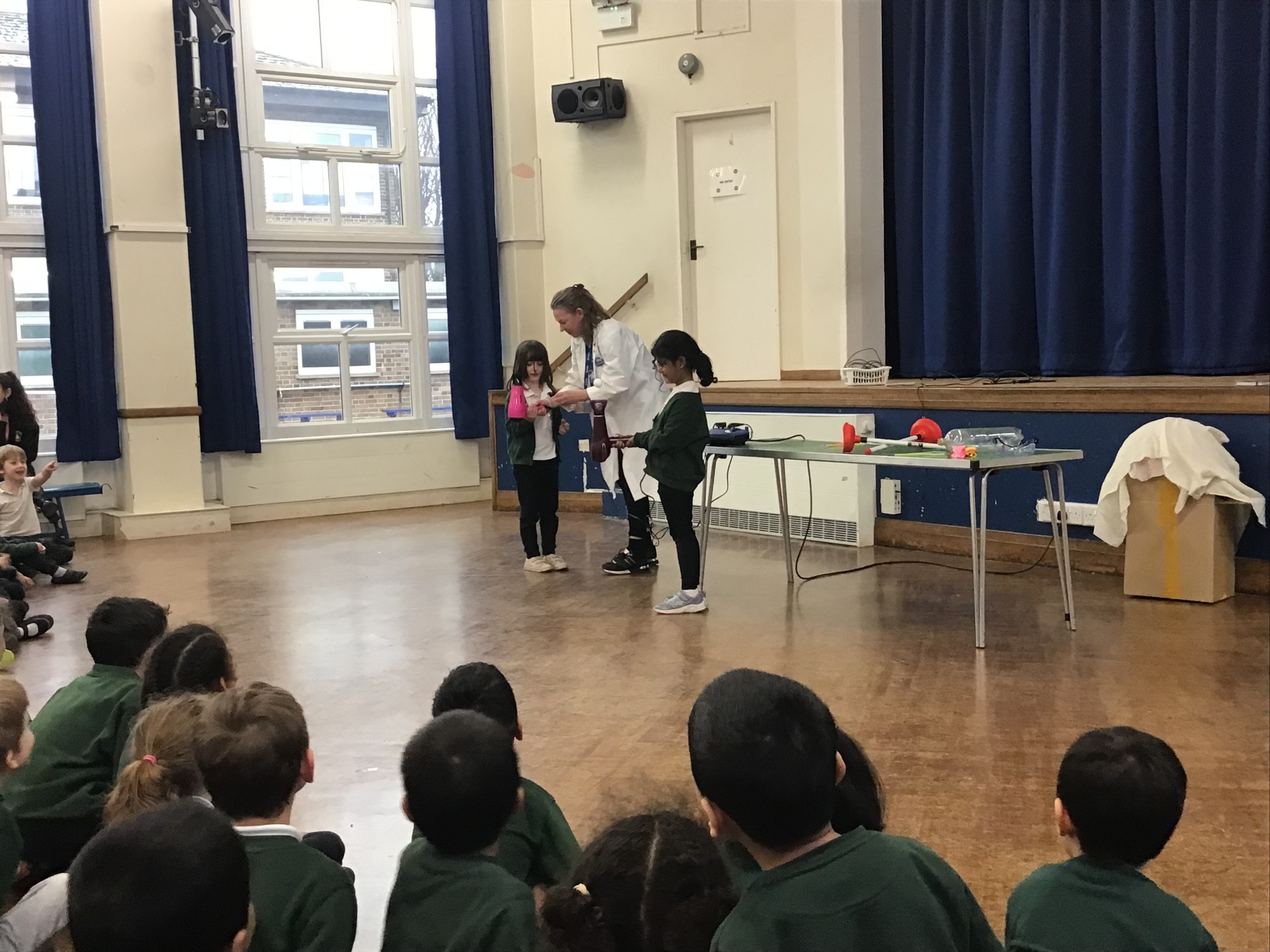
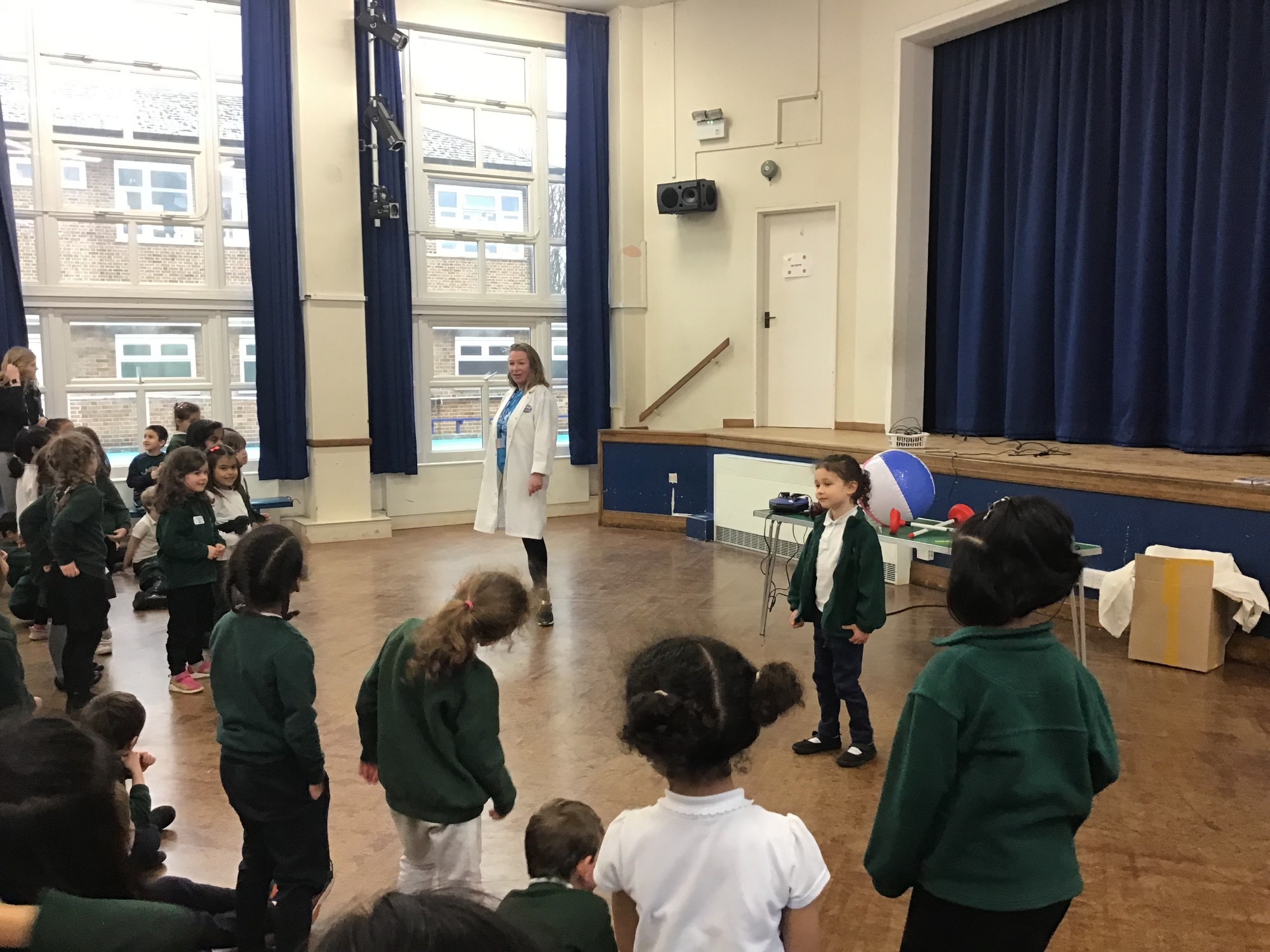
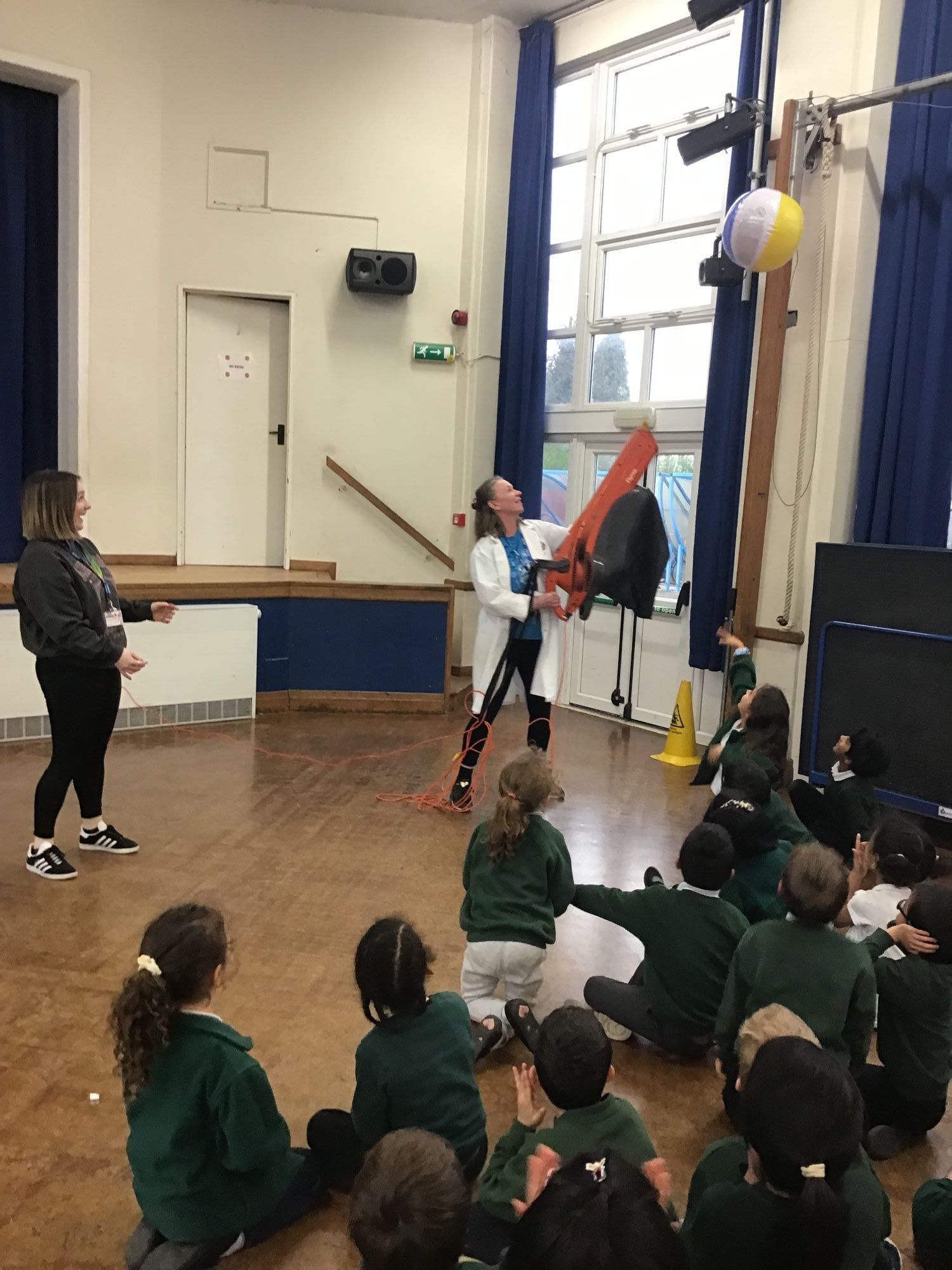
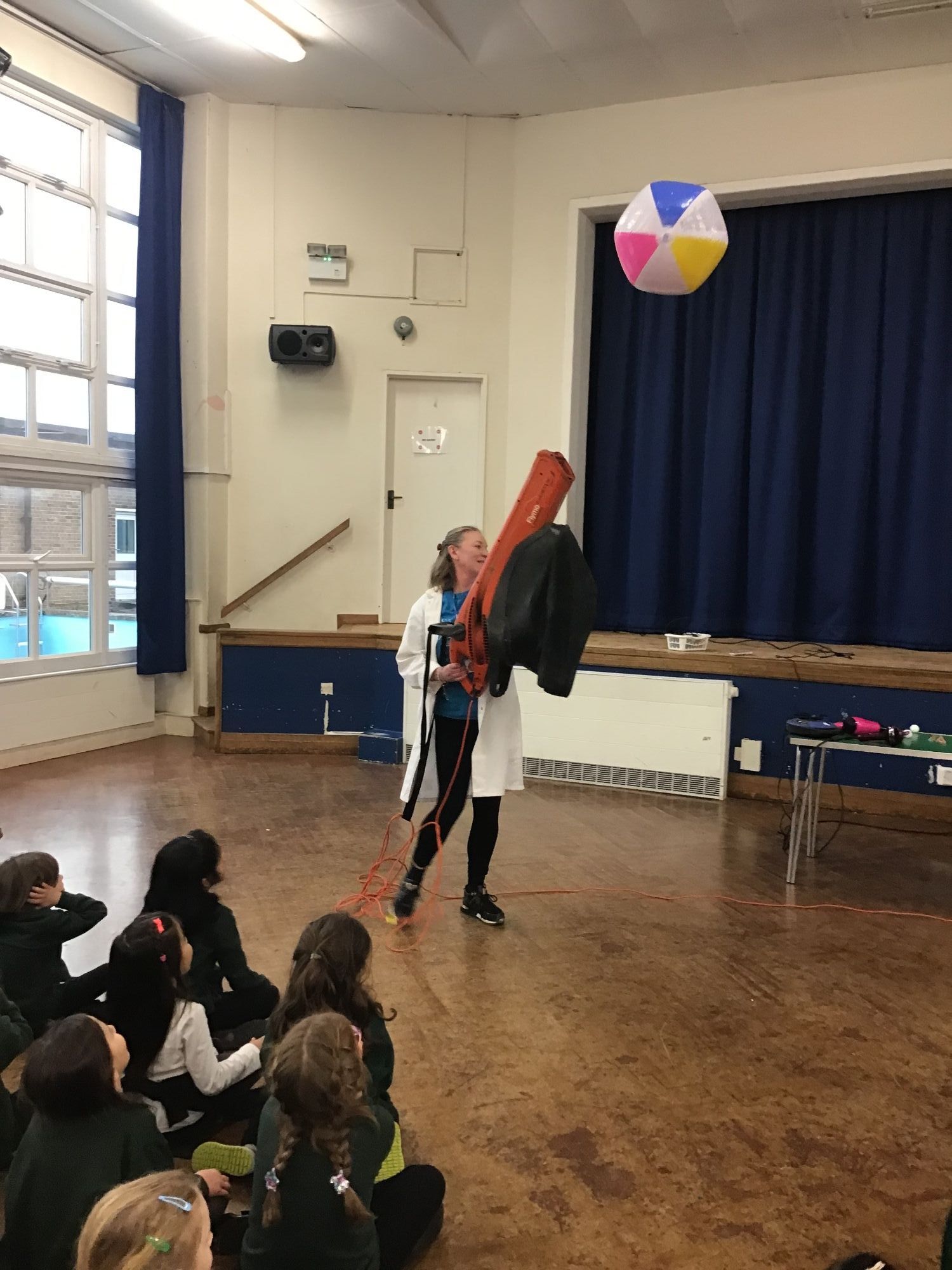
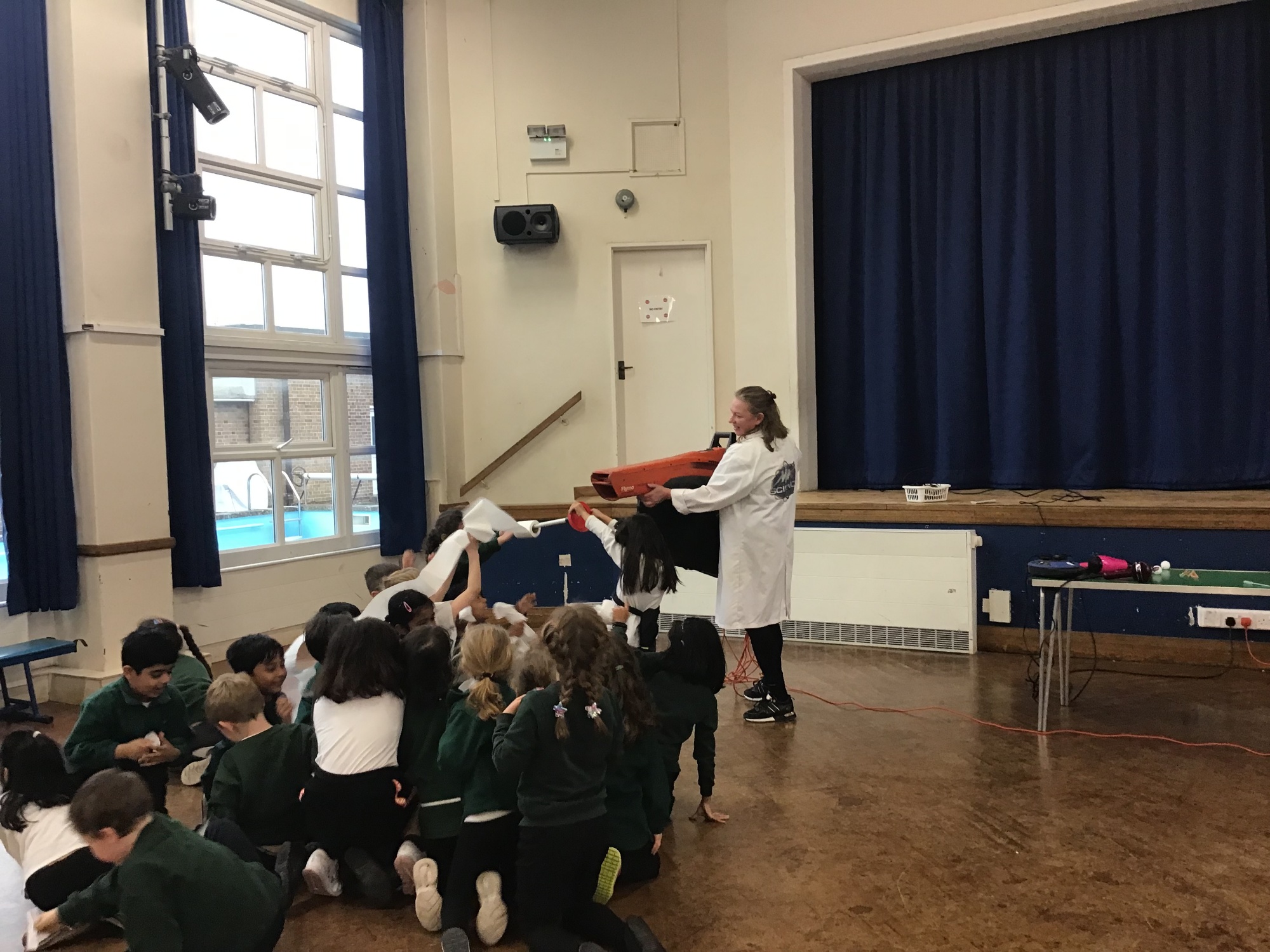
2.1 loved learning about DNA! They found out that DNA is inside all living things and had a go at extracting DNA from strawberries. Afterwards, they learnt what DNA looks like and used gummy bears and tooth picks to make a ladder. Once they had a full ladder, they held the top and bottom rungs and gently twisted it to make a yummy gummy double helix. Thank you so much Serena, we loved learning from you!
2.1 enjoyed learning about genes, proteins and how they can cause diseases. We learnt that genes are instructions and that proteins do many things in the body, including building our muscles. We then had lots of fun building a protein called dystrophin using Lego!
3.1 had an ‘eggciting’ few days over Science Week! We had amazing scientists come in and show us some wonders. There was magnetic slime and floating eggs involved! We learned that to be a good scientist we have to keep wondering about the world and the things in it.
Year 3 learnt about digestion, and “digested” some food by mixing and squishing it together. Some of it was quite yucky, but the activity was great fun!
In 4.1 we have been enjoying Science Week with Laura, Specialist Pancreatic Dietician. We saw for ourselves how the digestive system works. We mushed food and water in a pot to see how saliva helps to break down food in our mouths. We used a plastic tube for the oesophagus and pushed it a bit to see what peristalsis looks like. We used a bigger bag for the stomach. We added an acidic juice to act as the stomach acid and saw how the foods broke down further. A pair of tights made for a wonderful intestine and we squeezed this too extract the lasts bits of water. In the end – we made poo!
Rachel and Marion, two incredible Senior Chemists from Johnson Matthey, visited 4.1 and helped us understand magnetism. We compared different magnets and learned about different metals. We saw how magnetic slime can be made with iron power. We explored some really powerful magnets, which we could barely pull apart – and yes – we got very sticky and messy!
Year 5 had a really exciting Science Week. We were enormously grateful to welcome 3 guest Scientists in class, who came to teach us about their expertise. In each session, we did something hands-on; learning about antibodies and magnetic materials amongst other things. A HUGE thank you to our visitors!
5.1 had a very exciting visit from Astra Zeneca this week. We got the chance to be inspired by lots of images related to their work and then created our own artwork which is going to be displayed in a giant art installation at the brand new Astra Zeneca building, the Discovery Centre.
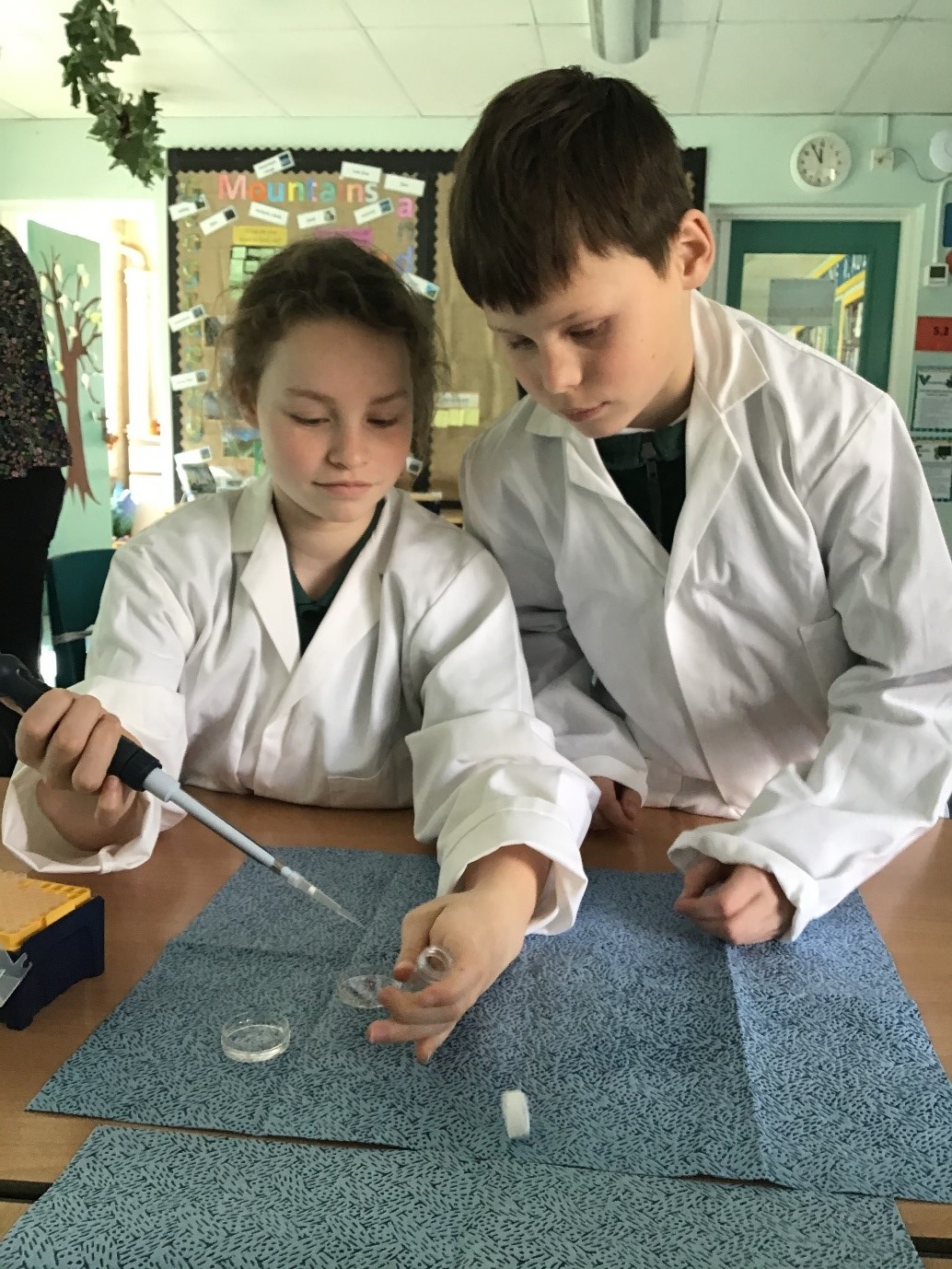
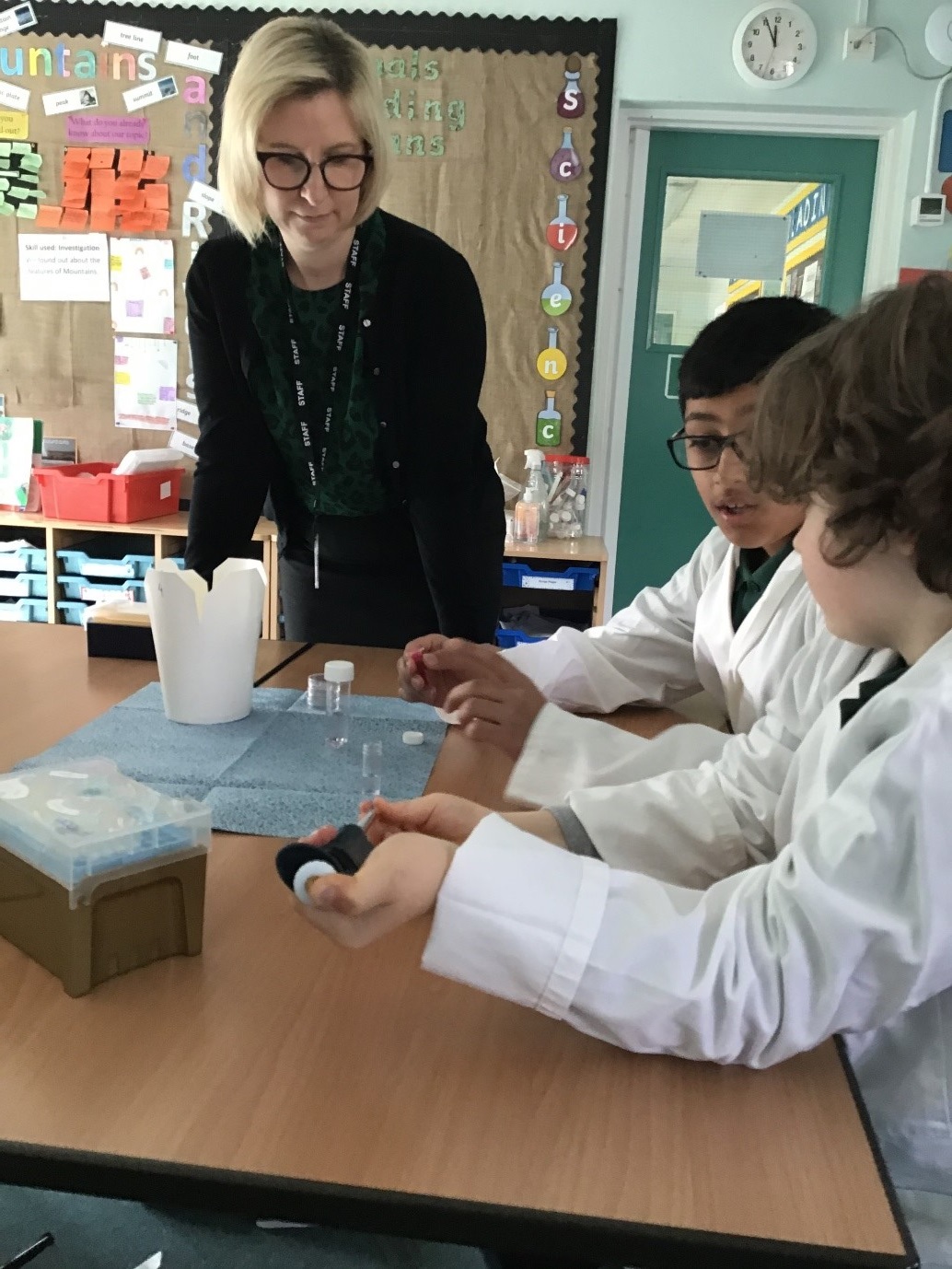
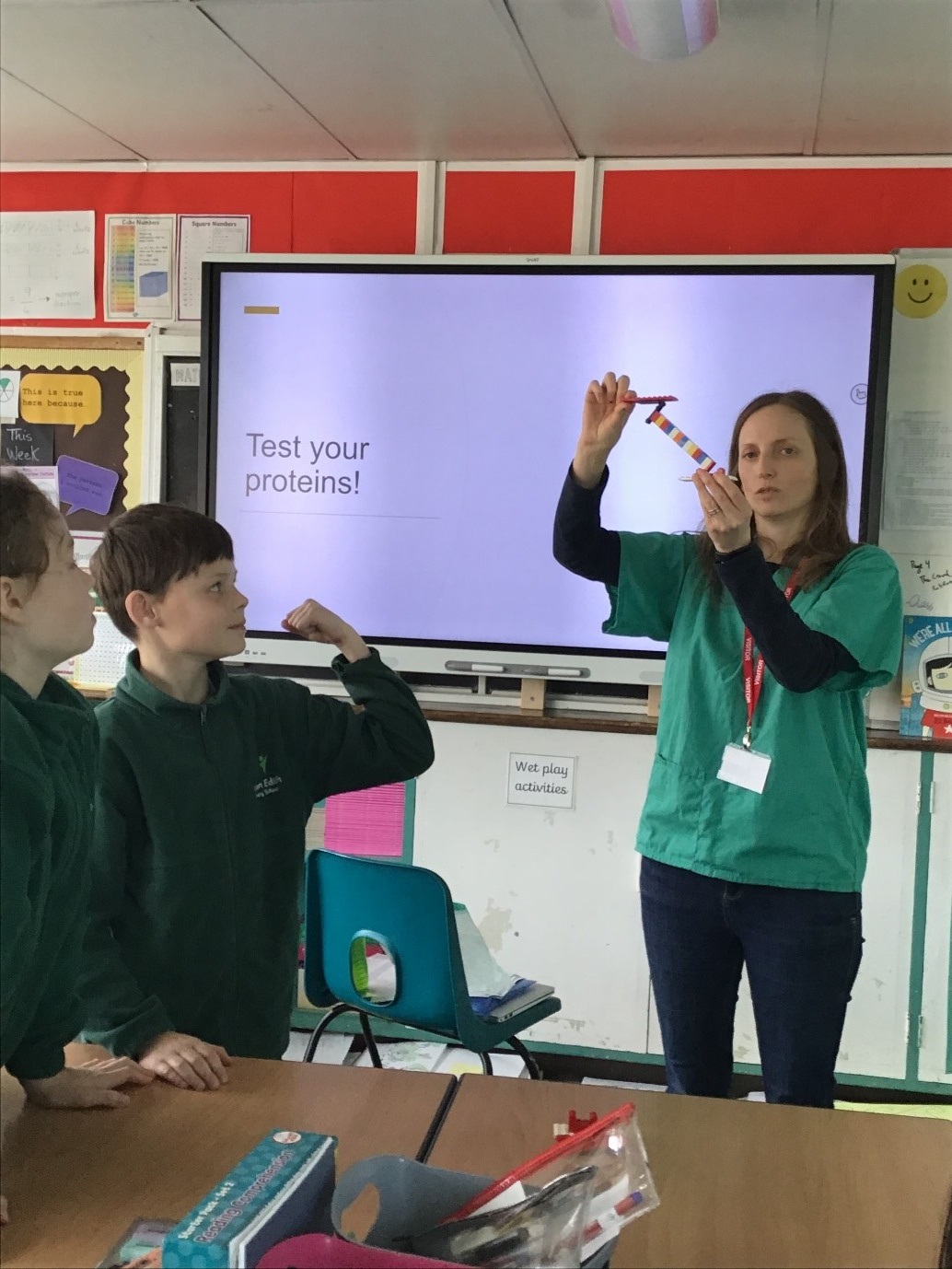
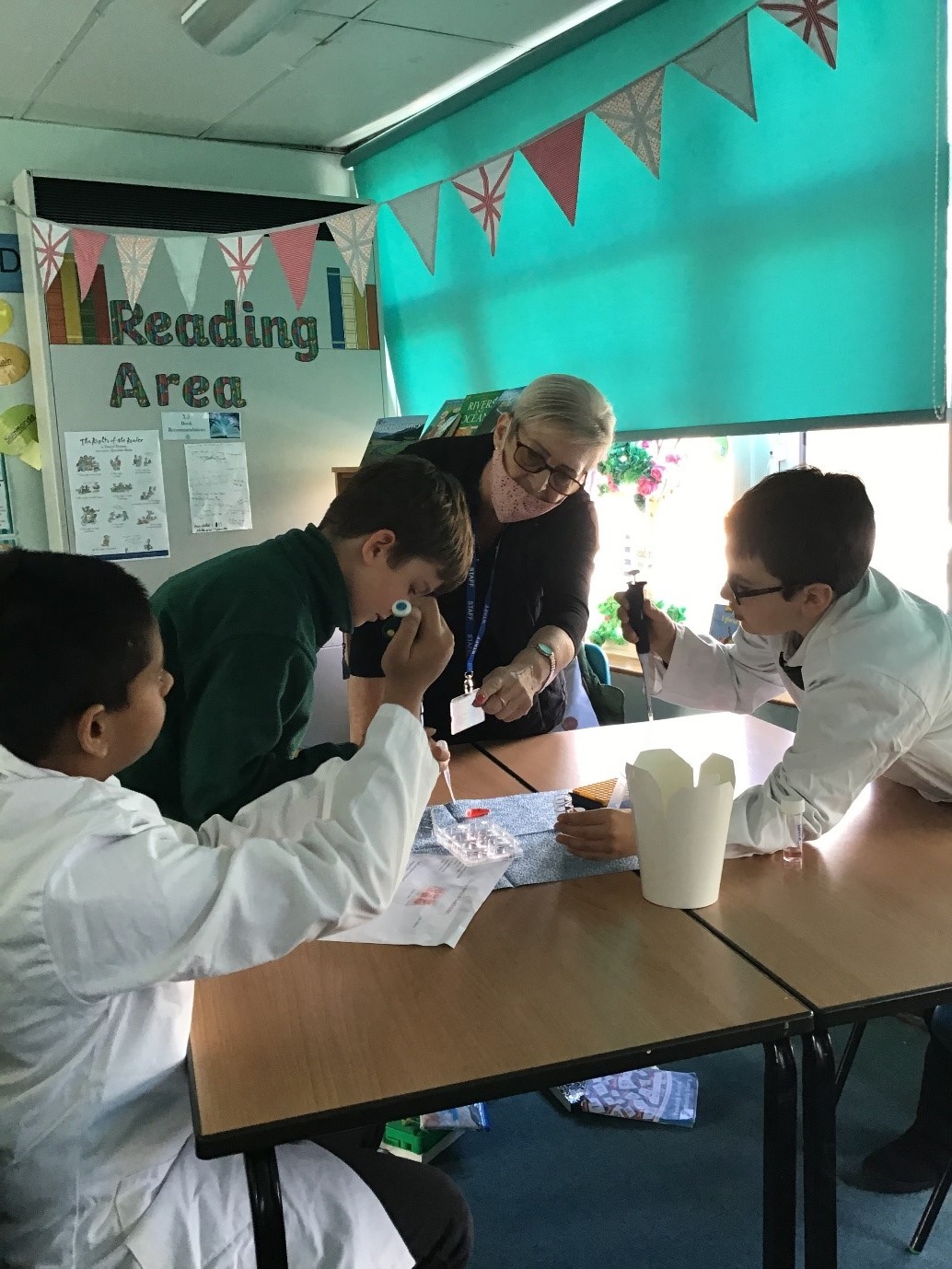
In addition to practical tasks and investigations, children across the school also record their Science learning in a variety of ways:
Reception:
The Enormous Turnip
Reception children love exploring the world around them. We have been finding out about where our food grows and whether it grows above or under the ground. What a great link to our story, “The Enormous Turnip”.

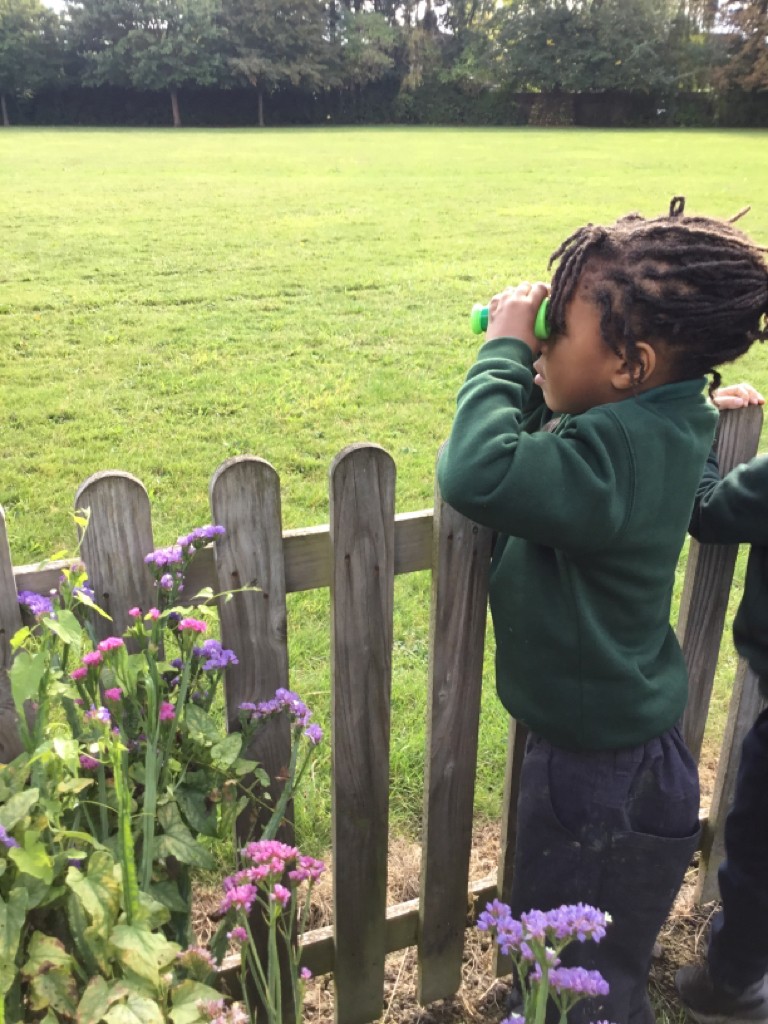
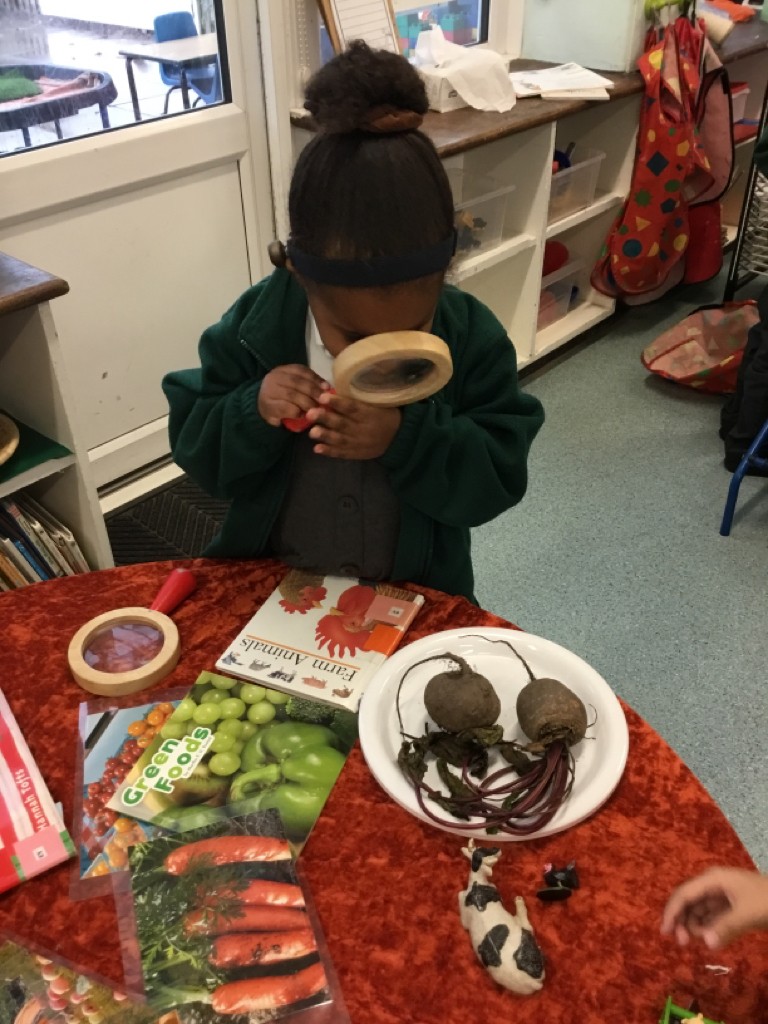
Year 1
Using Our Senses
In Year 1, we have been exploring our different senses. The children used their sense of touch to guess what was hidden in the box.
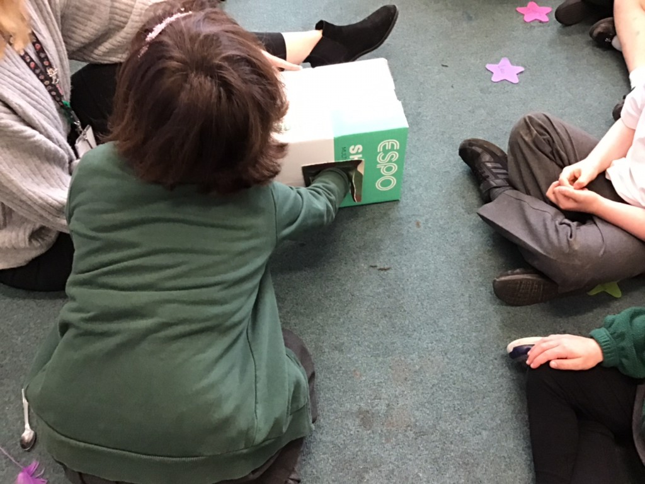
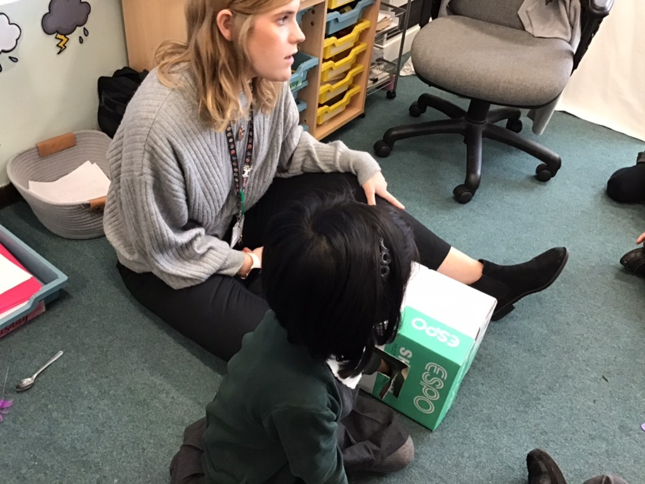
Year 2
Plants
Year 2 have been learning about the different parts of a plant and which parts can be eaten. They have been finding out about where new plants come from and they have also enjoyed dissecting fruits and comparing the seeds.
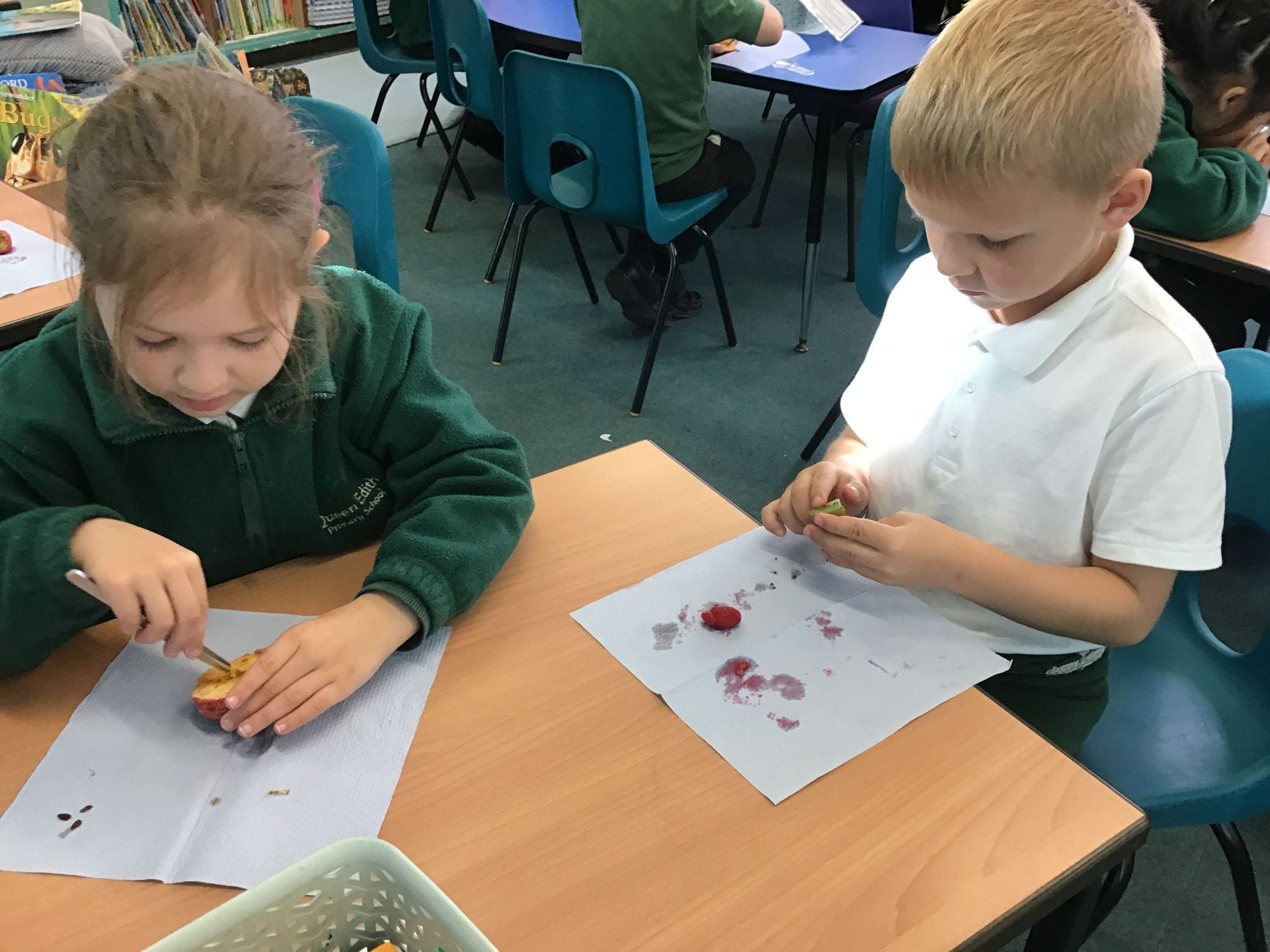
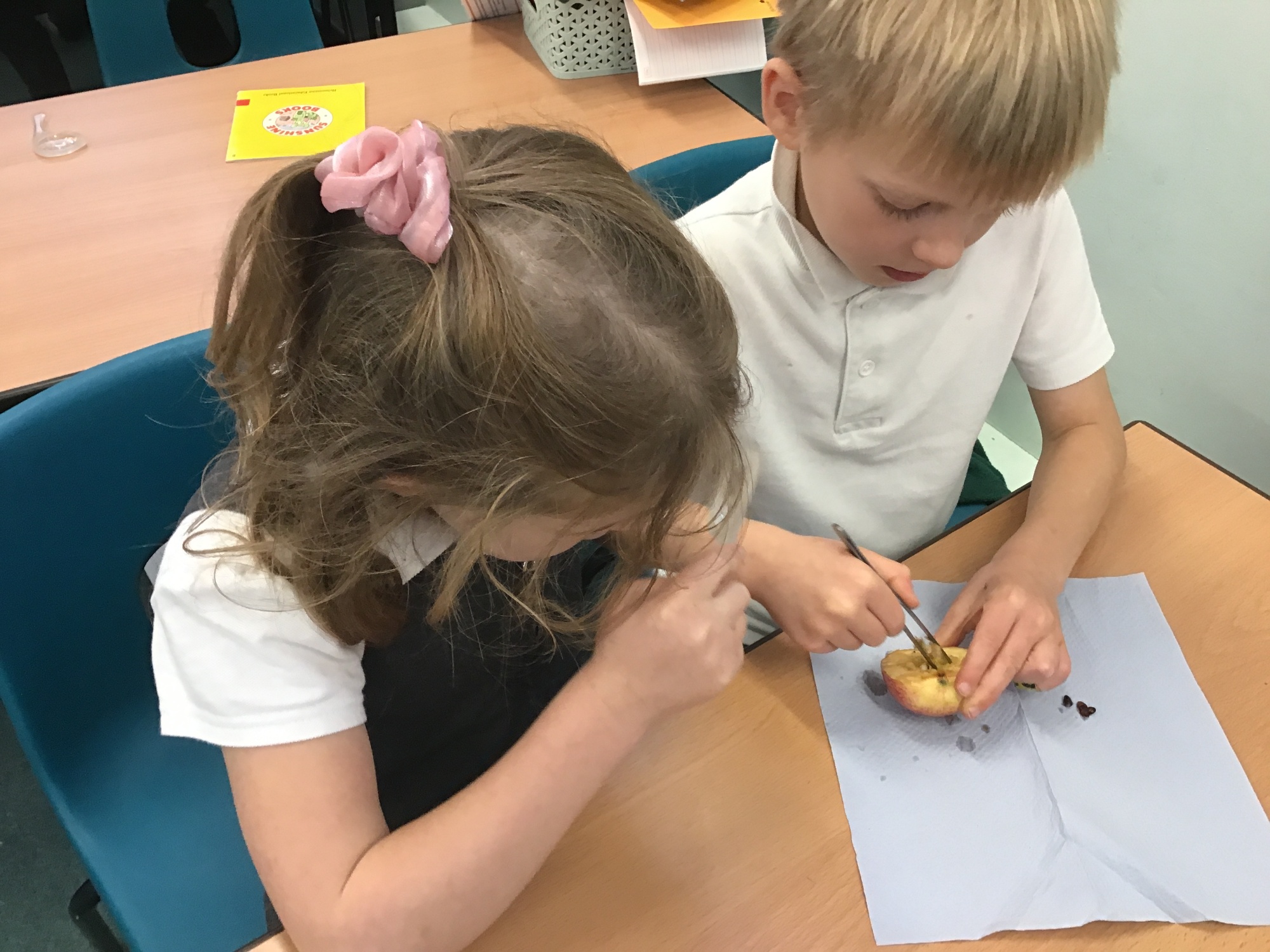
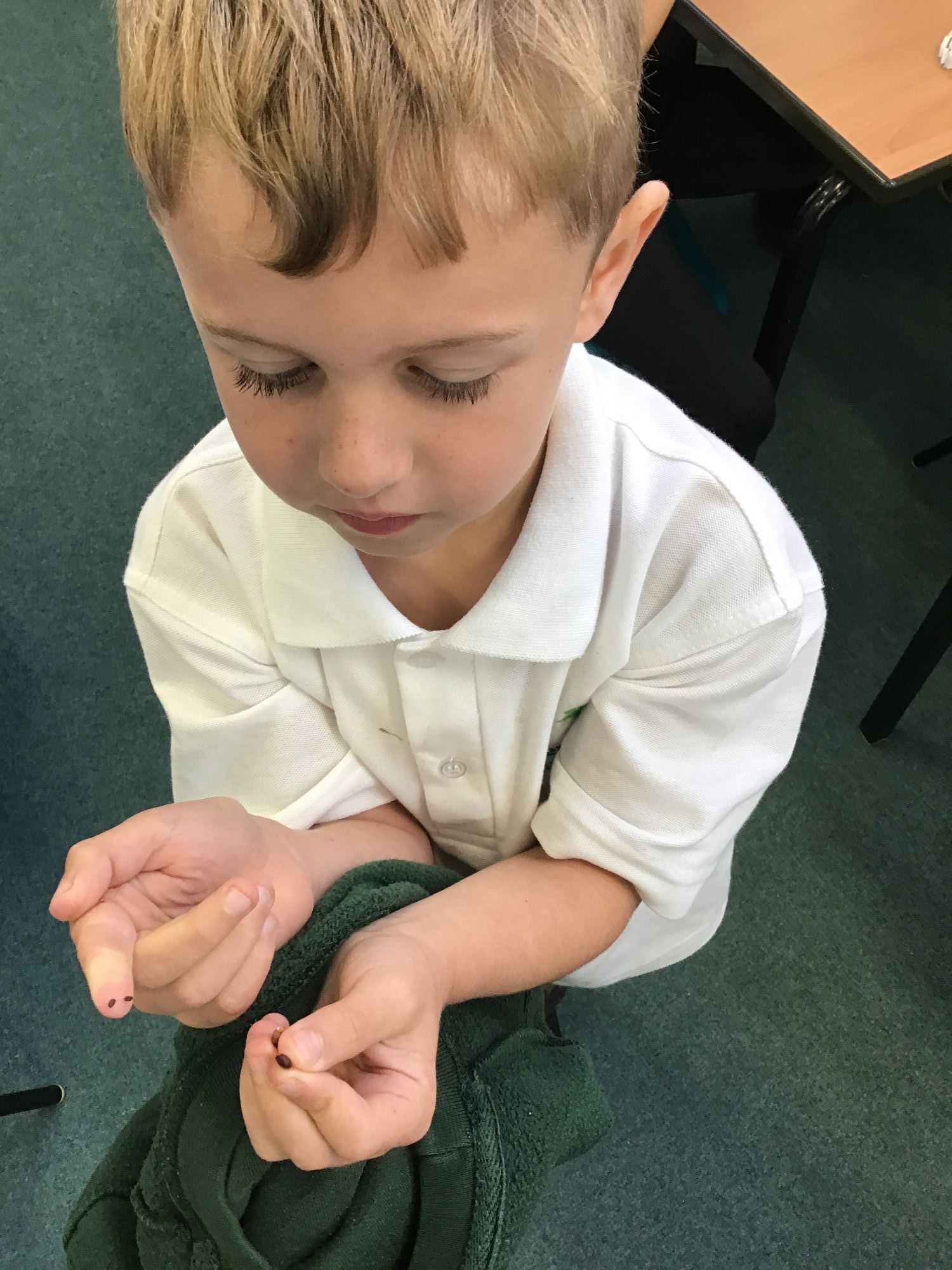
Year 3
Shadow Puppets
As part of their Light and Dark science topic, Year 3 investigated which materials would make good shadow puppets. Having decided that black card was the best, they made their own puppet of a character from a Greek myth.
Skeletons – January 2022
In our Amazing Animals science topic, we have been looking at skeletons of humans and animals. There are two types of skeleton, endoskeletons like ours which are made of bones inside the body, and exoskeletons like a crabs, which is made of chitin on the outside of the body. Animals can also be divided into vertebrates, with a backbone, and invertebrates, which do not have one. We sorted some animal pictures into vertebrates and invertebrates, and also wrote an Endoskeleton vs Exoskeleton comparison.
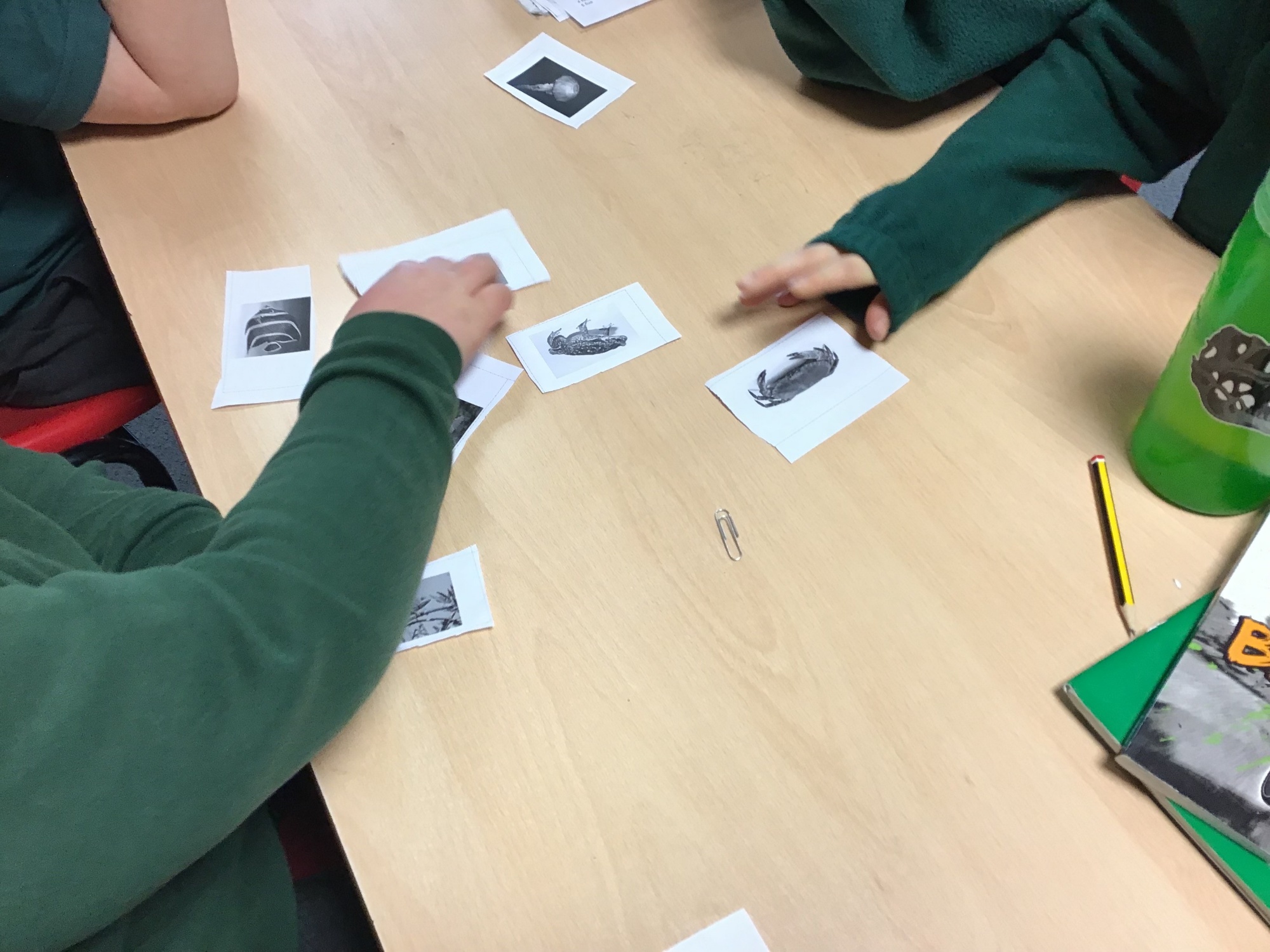
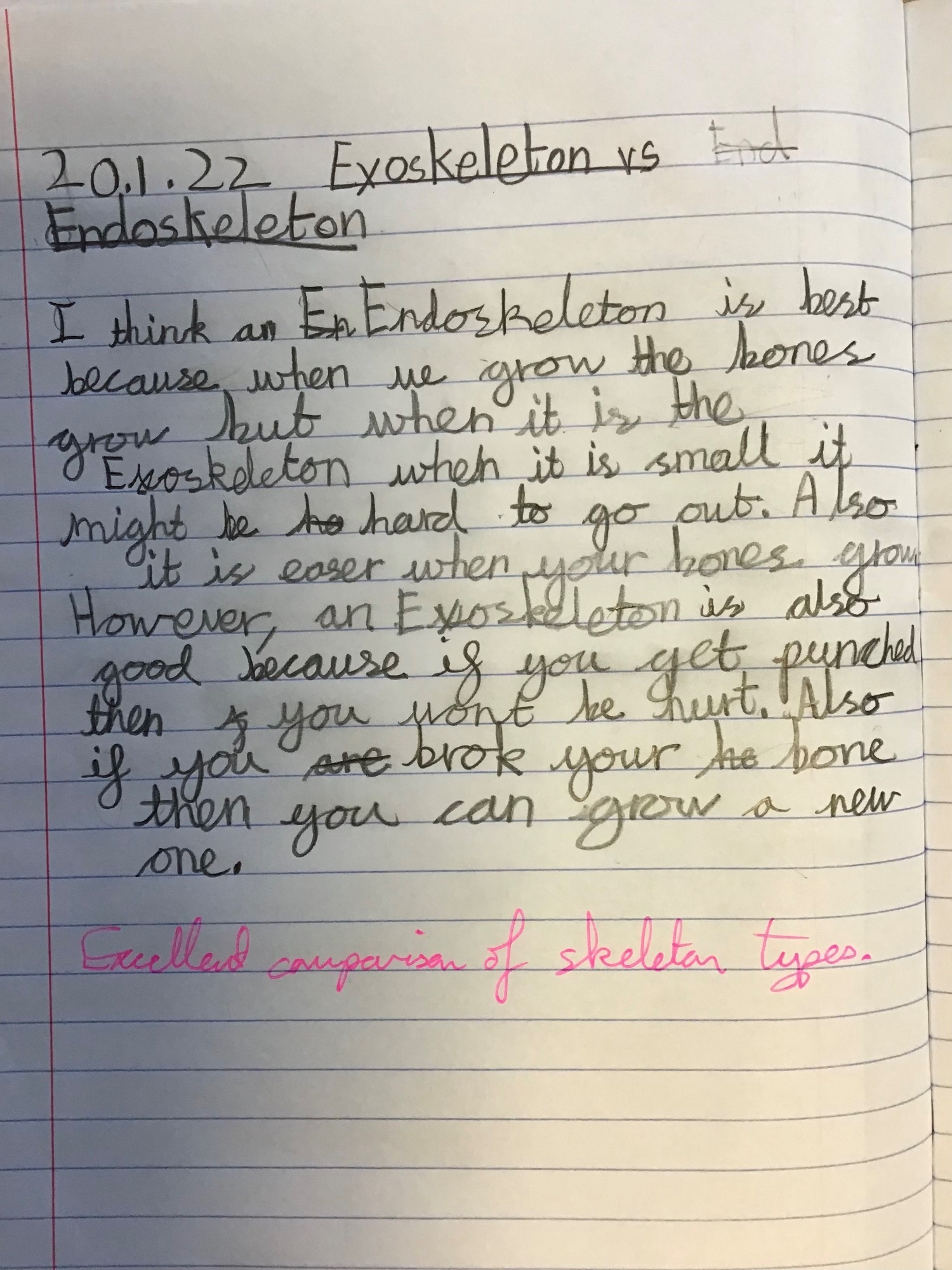
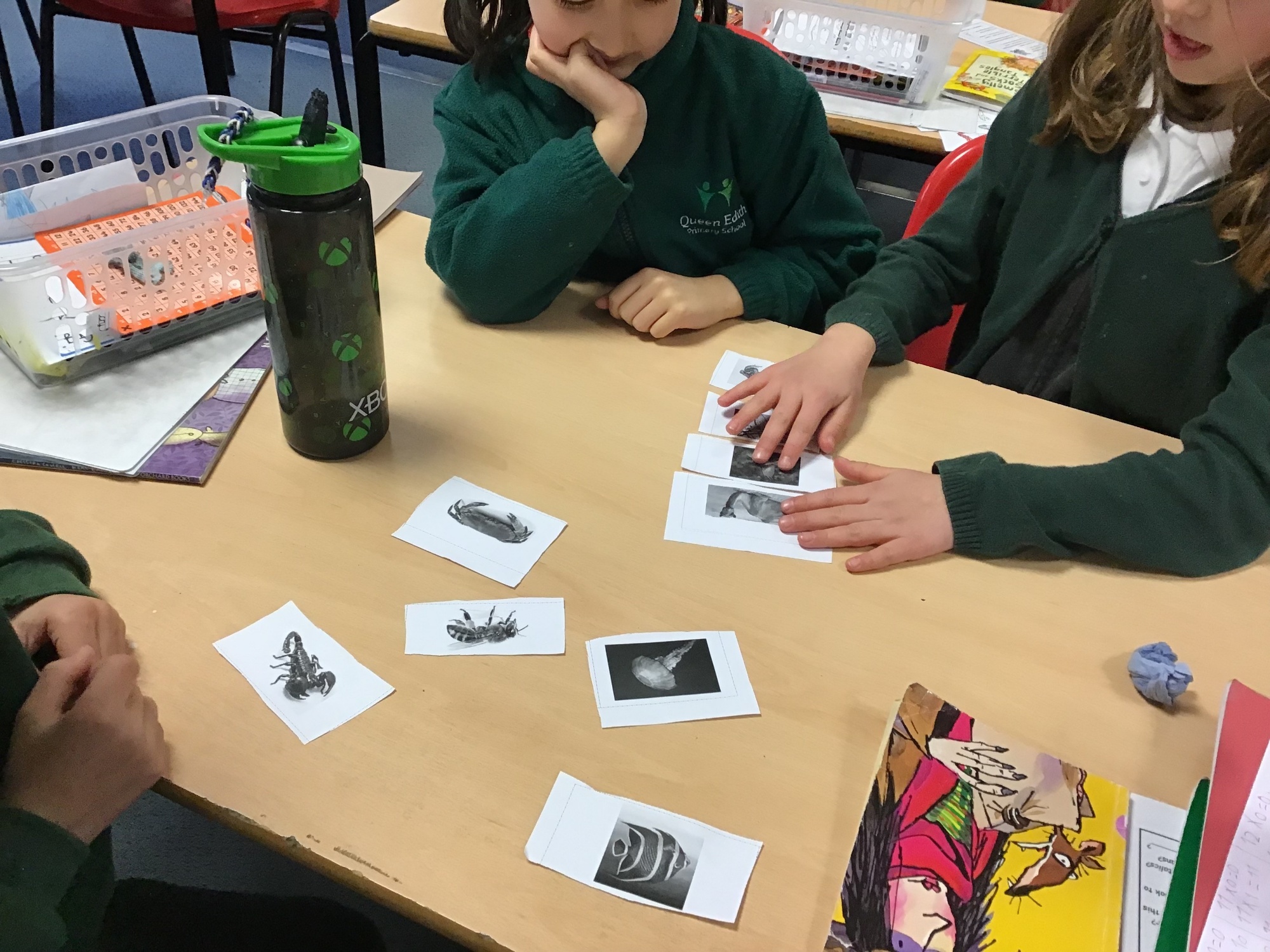
Year 4
Water Cycle
Believe it or not – this is our representation of the water cycle! The sun is clearly beating down on the sea and causing evaporation. This water vapour is gathering in the clouds, cooling and condensing back into water droplets. We also have a grey rain cloud and precipitation follows. The water collects again and so the cycle continues. Try asking your children what evaporation, condensation and precipitation are exactly. I hope they can answer you!
Sound
In Year 4, we have been exploring how sound travels. We discovered that the tighter the string, the clearer the sound. We thought the vibrations could travel more effectively than on a baggy string. Shorter strings were also better than very long strings. Our final exciting discovery was that if the string touched a door or wall along the way, the sound would be come much quieter. We decided that some of the sound and strength of vibration was absorbed by anything that got in the way!. Thank goodness for mobile phones!
Year 5
Our Solar System
Year 5 have enjoyed finding out about the relative sizes of the planets in the Solar System.
They have also investigated the seasons using a globe and torch.
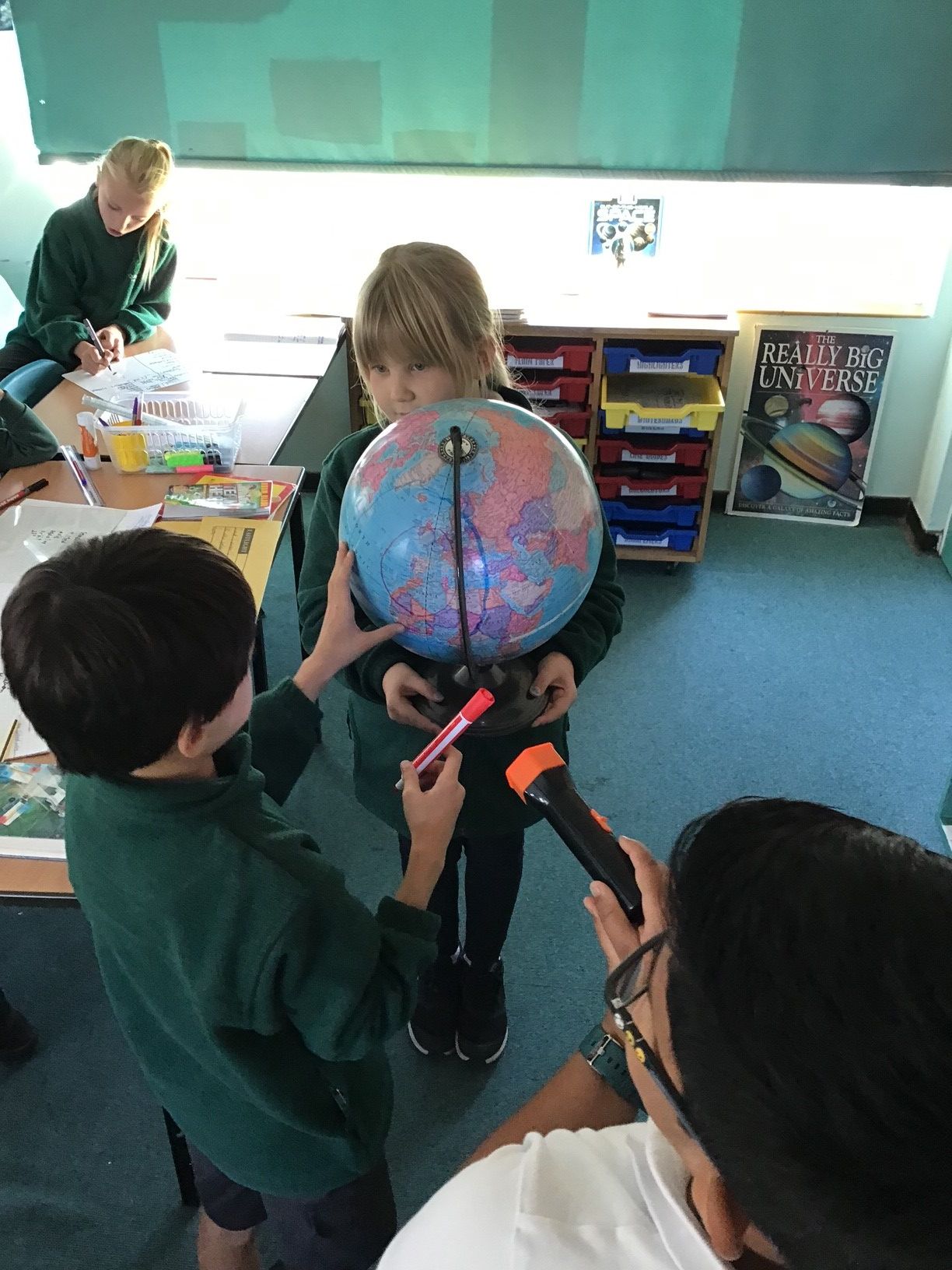
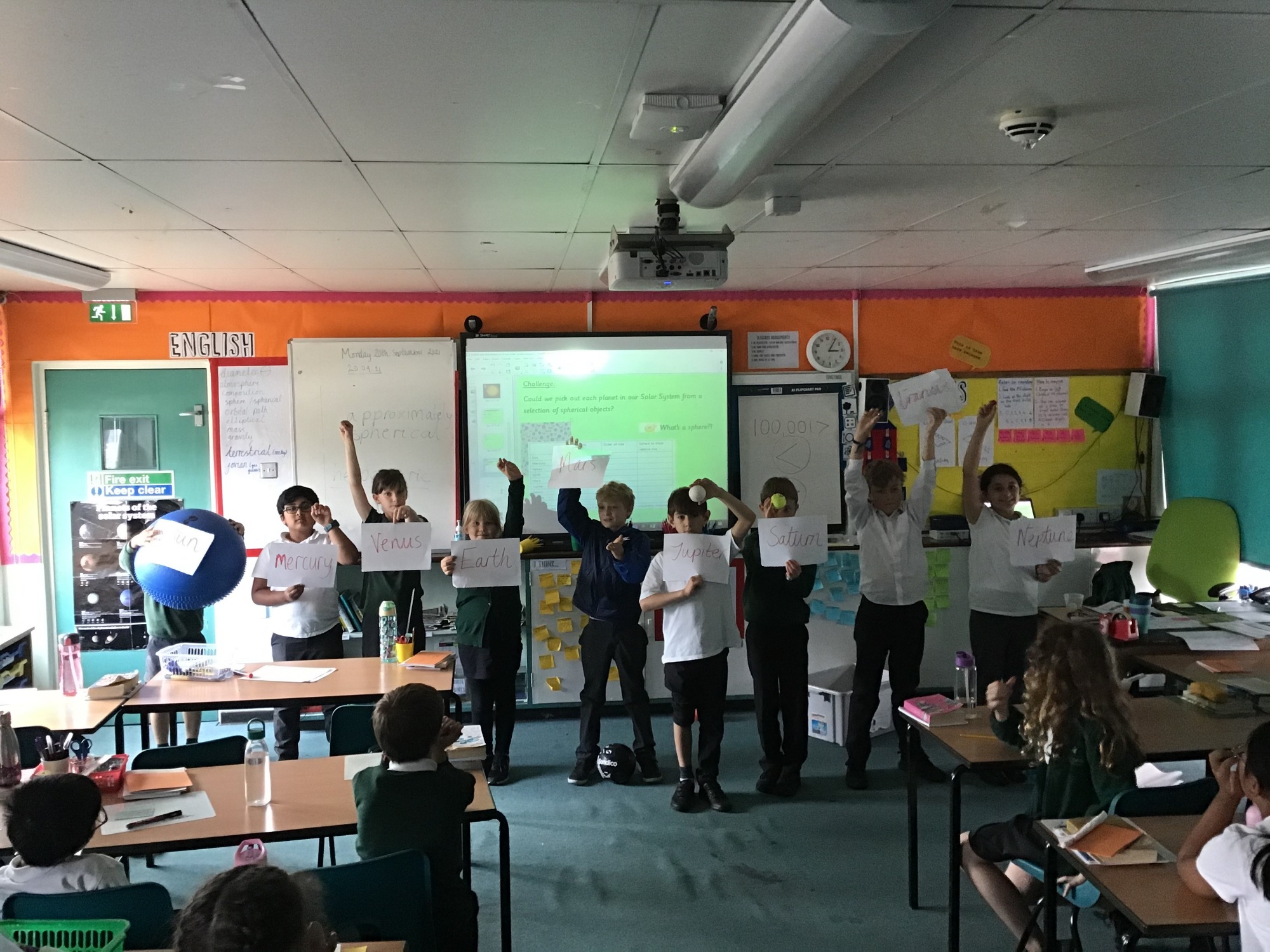
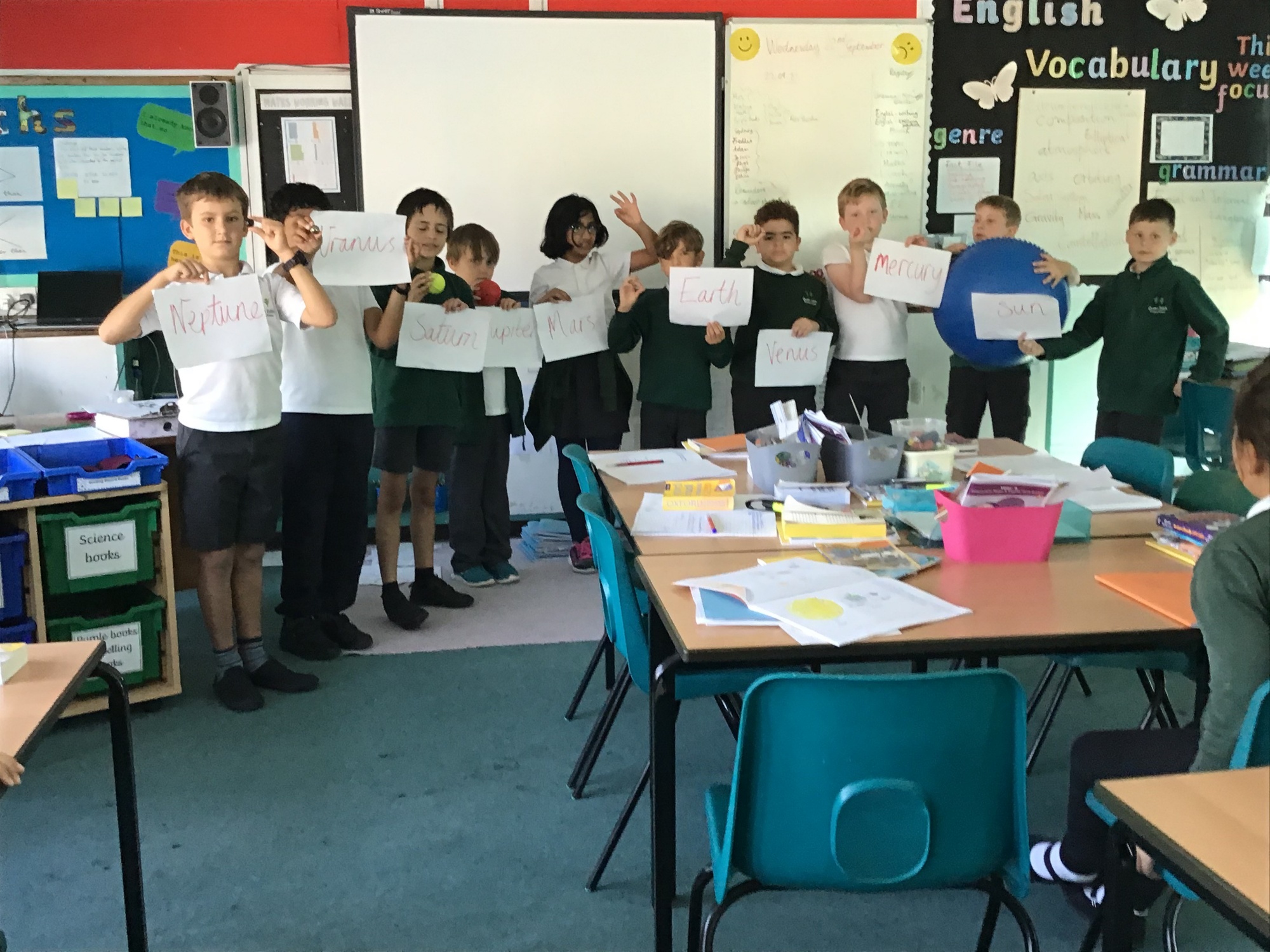
Reproduction of Plants
Year 5 have been learning about the asexual reproduction of plants. We investigated by having a close look at some houseplant cuttings at various stages of their life cycle. We compared this type of vegetative reproduction to others, such as when we leave potatoes in the cupboard too long and they start to shoot. We were fascinated to observe some of our houseplant cuttings had grown roots as they were water propagated. We were intrigued to find out that all of the cuttings turn into plants that are genetically identical to their mother plant! Our favourite houseplant was the Wandering Dude, mostly because the name made us chuckle!
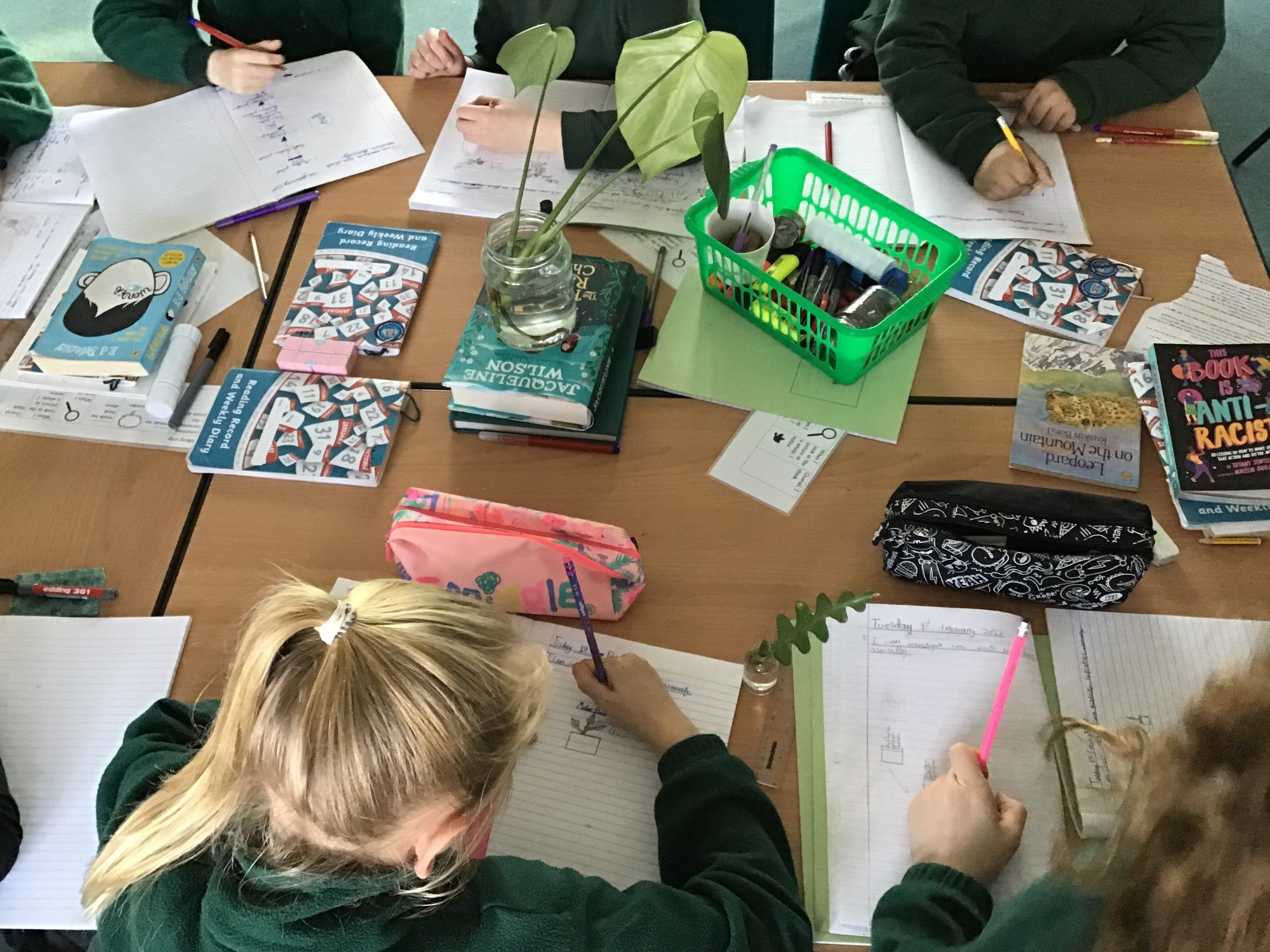
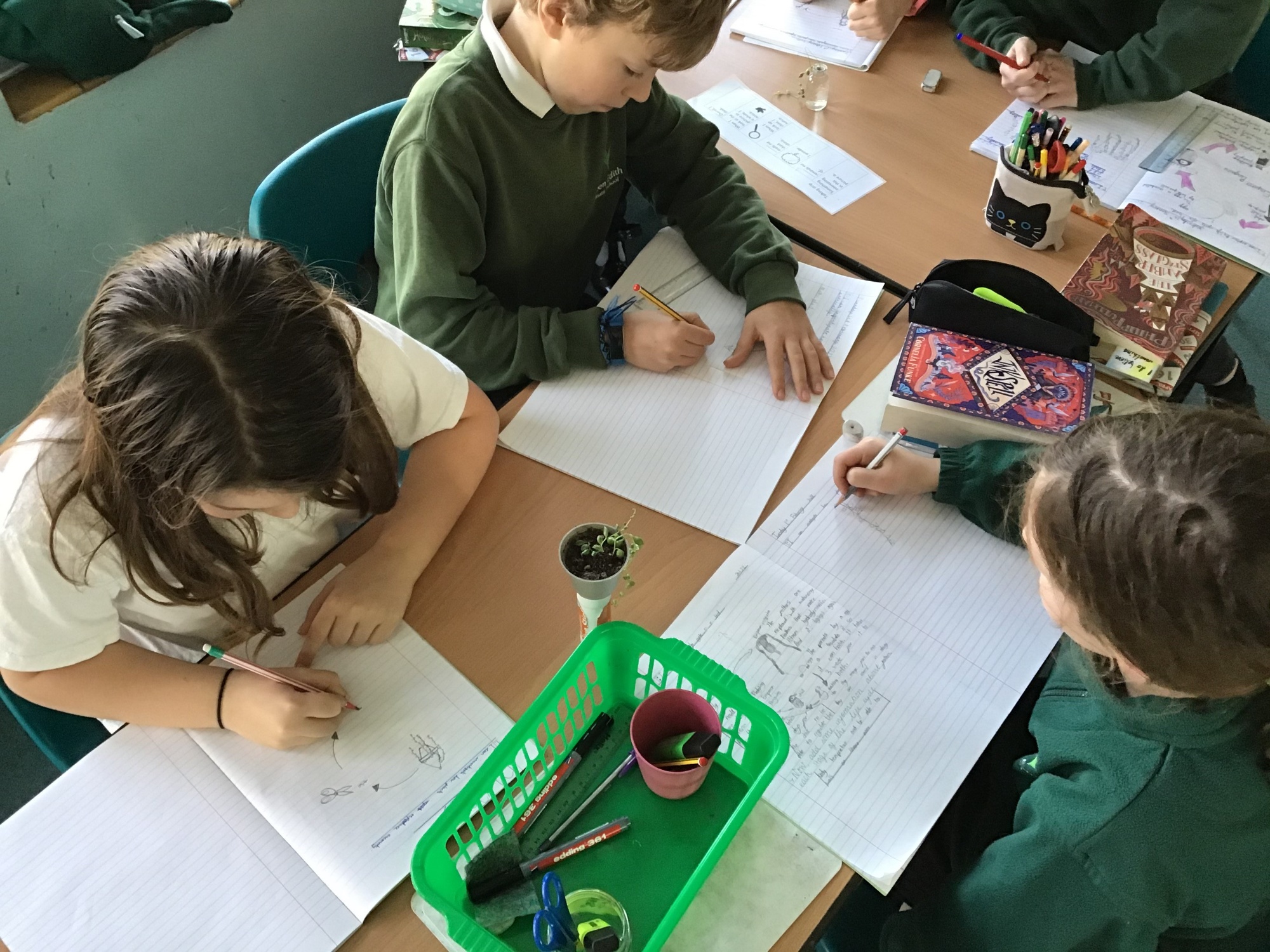
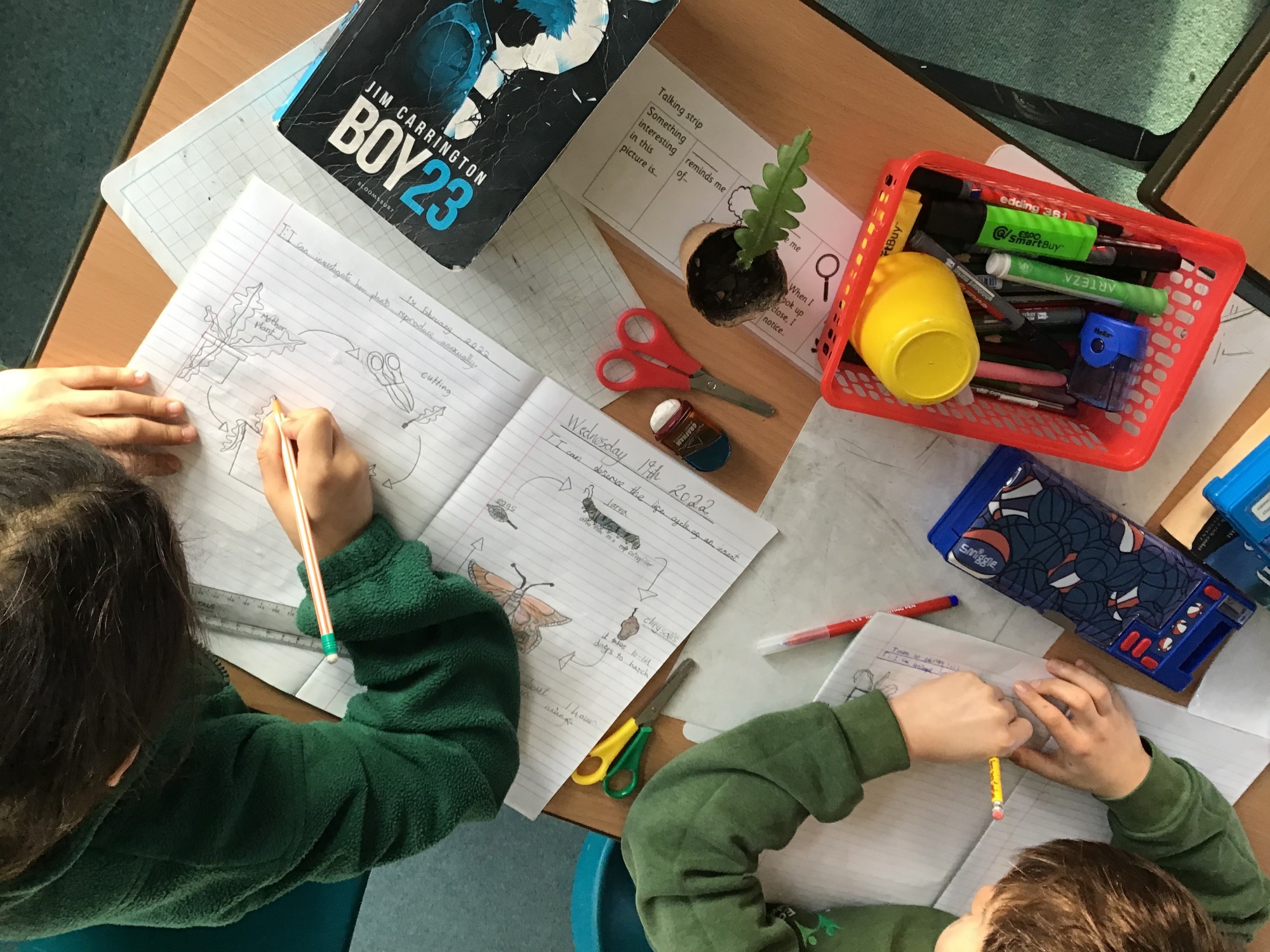
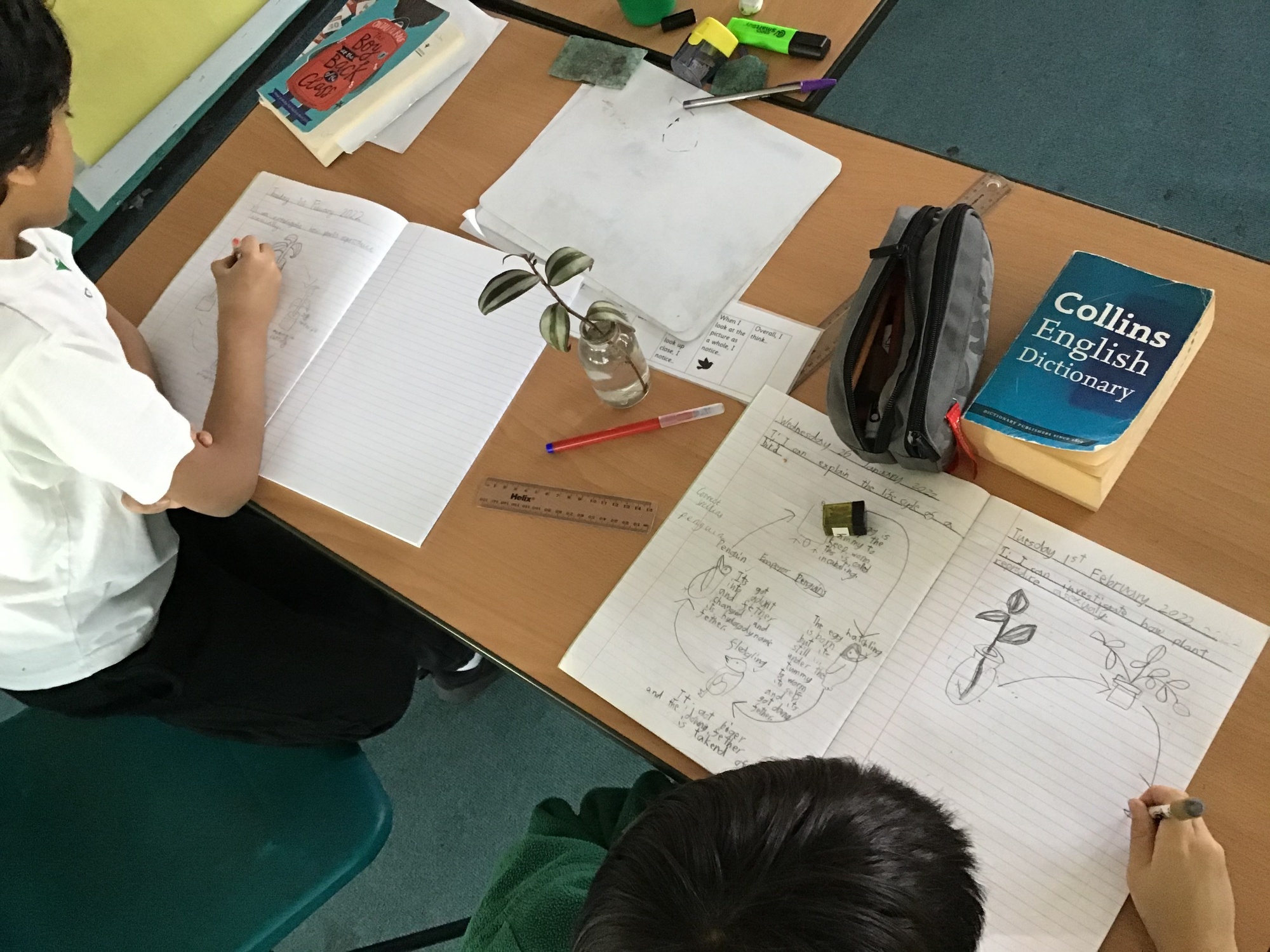
Dissecting Lilies
Year 5 are dissecting lilies this week, to see if we can identify the male and female gametes that play an important role in sexual reproduction in flowering plants. Can you spot them in the photographs?
